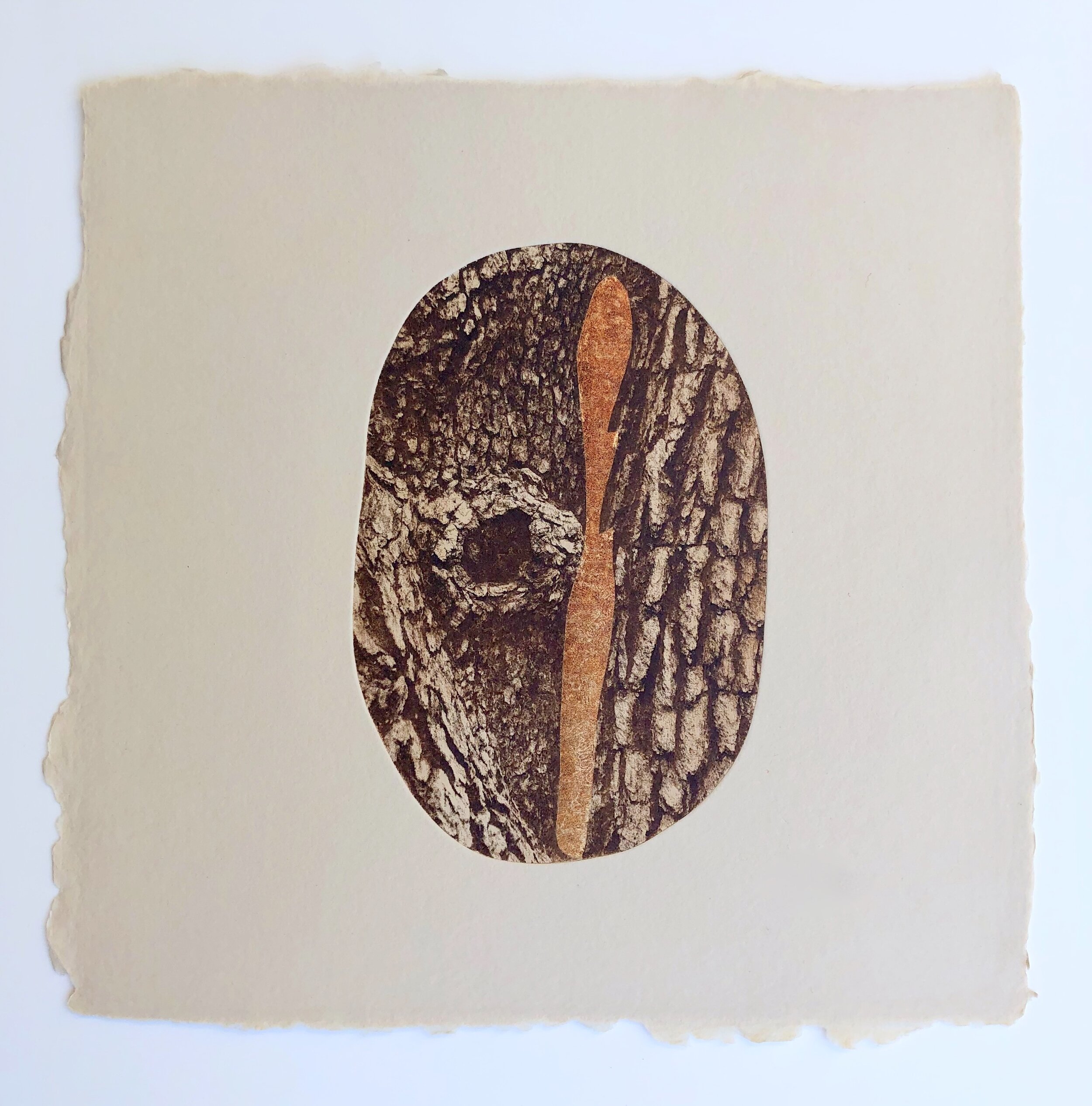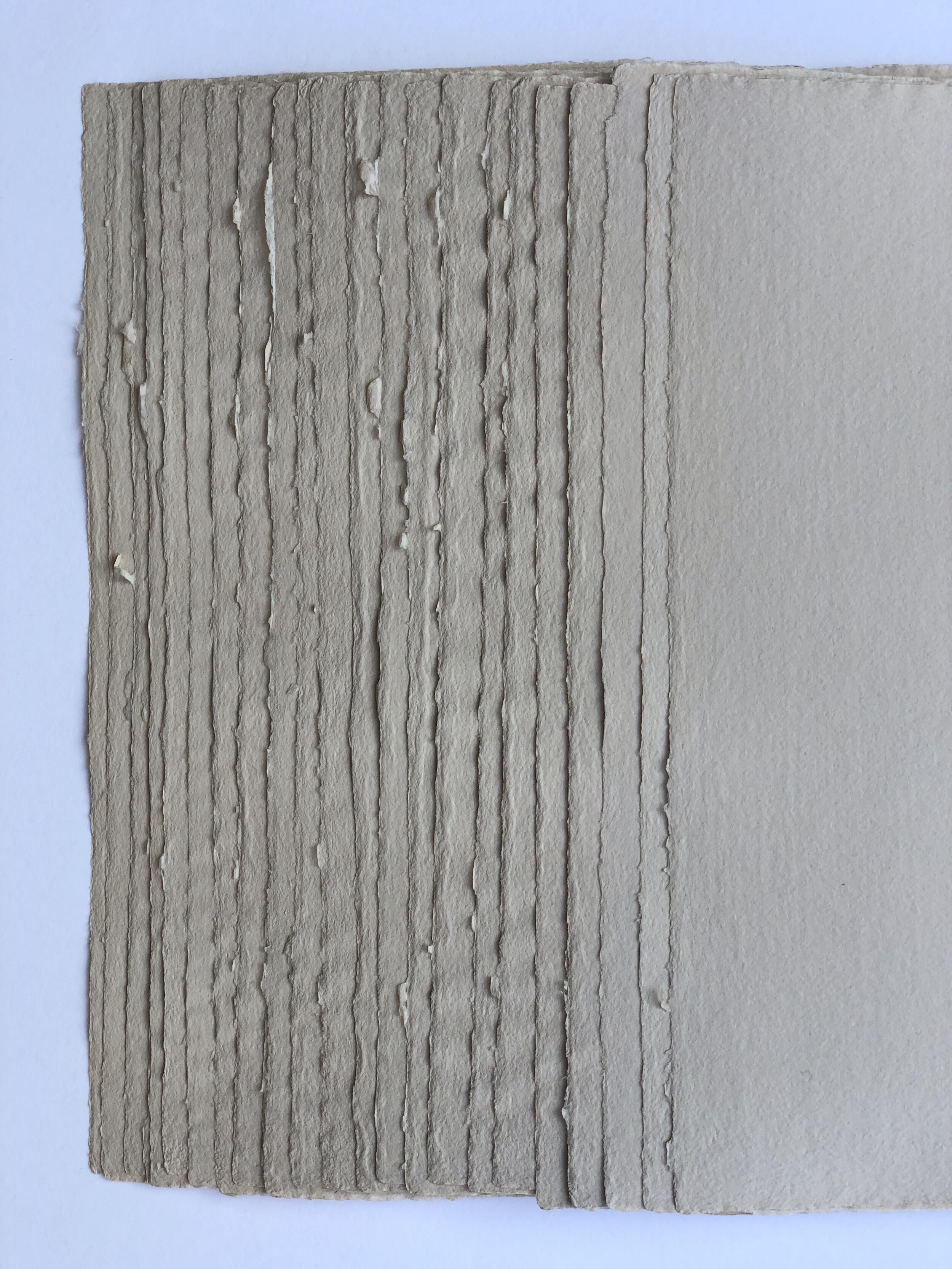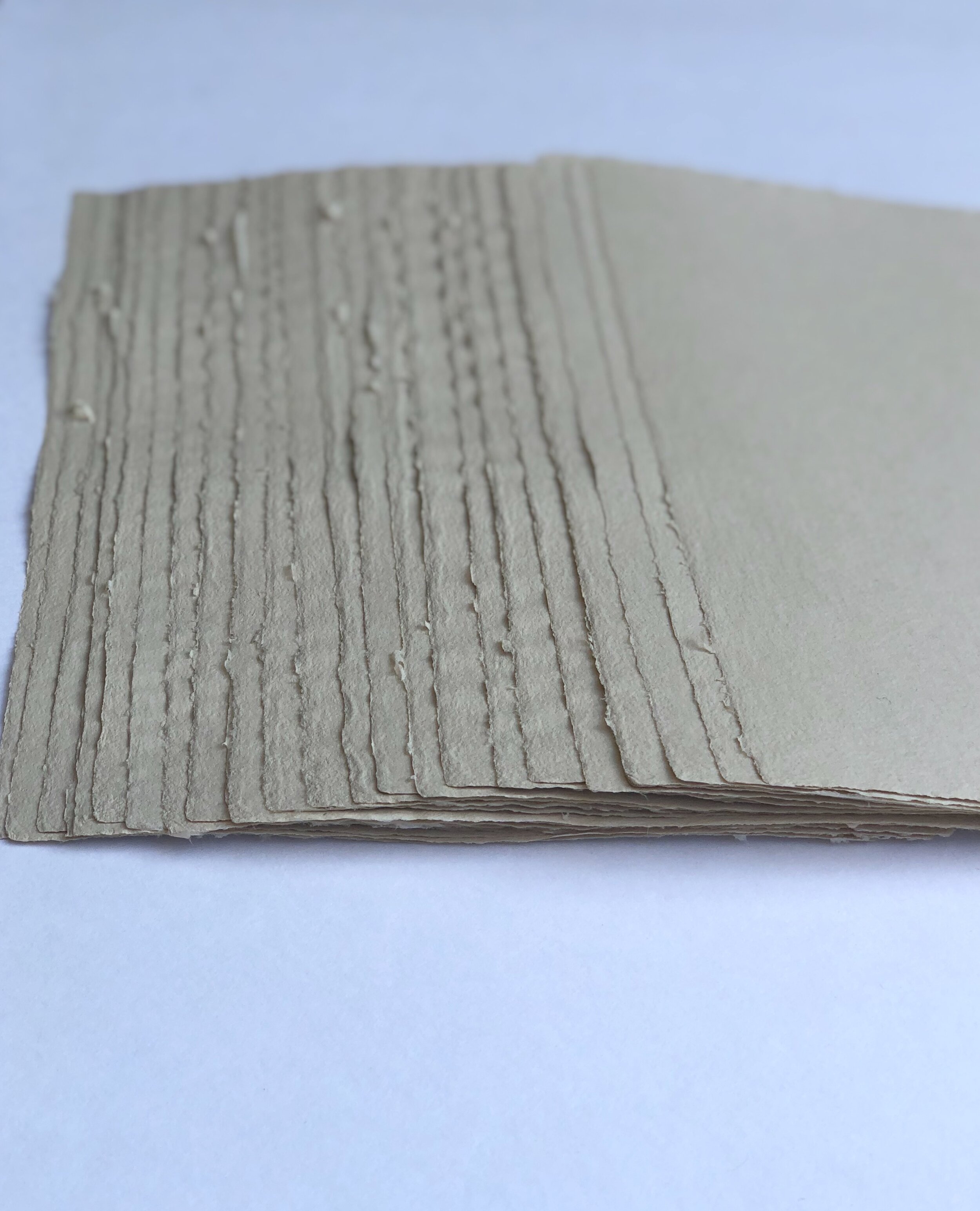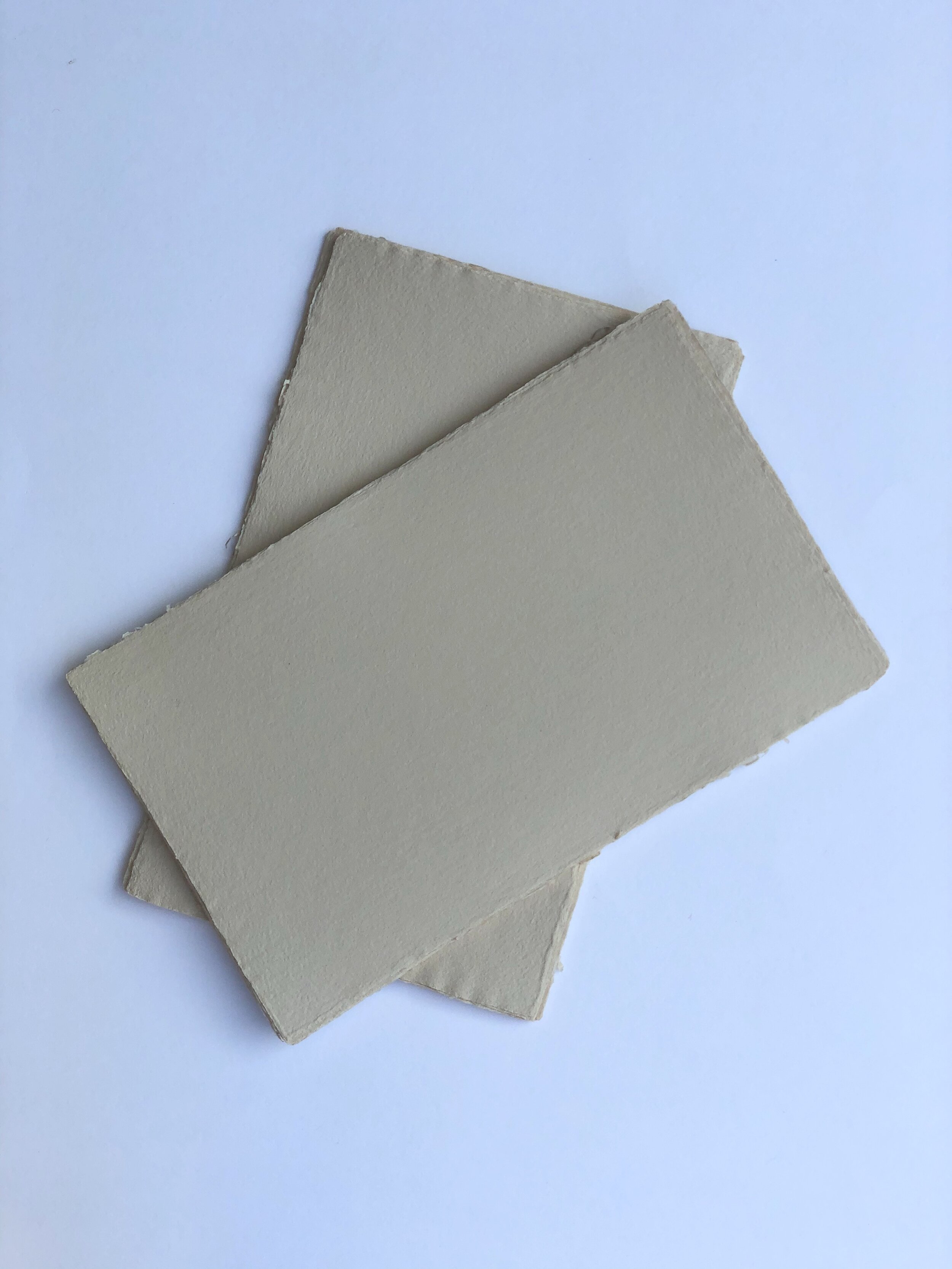There are so many book structures out there and the room for innovation and variations are endless. This structure is called Fishbone Fold and was created first by Hedi Kyle. It is one of my favorite book structures.
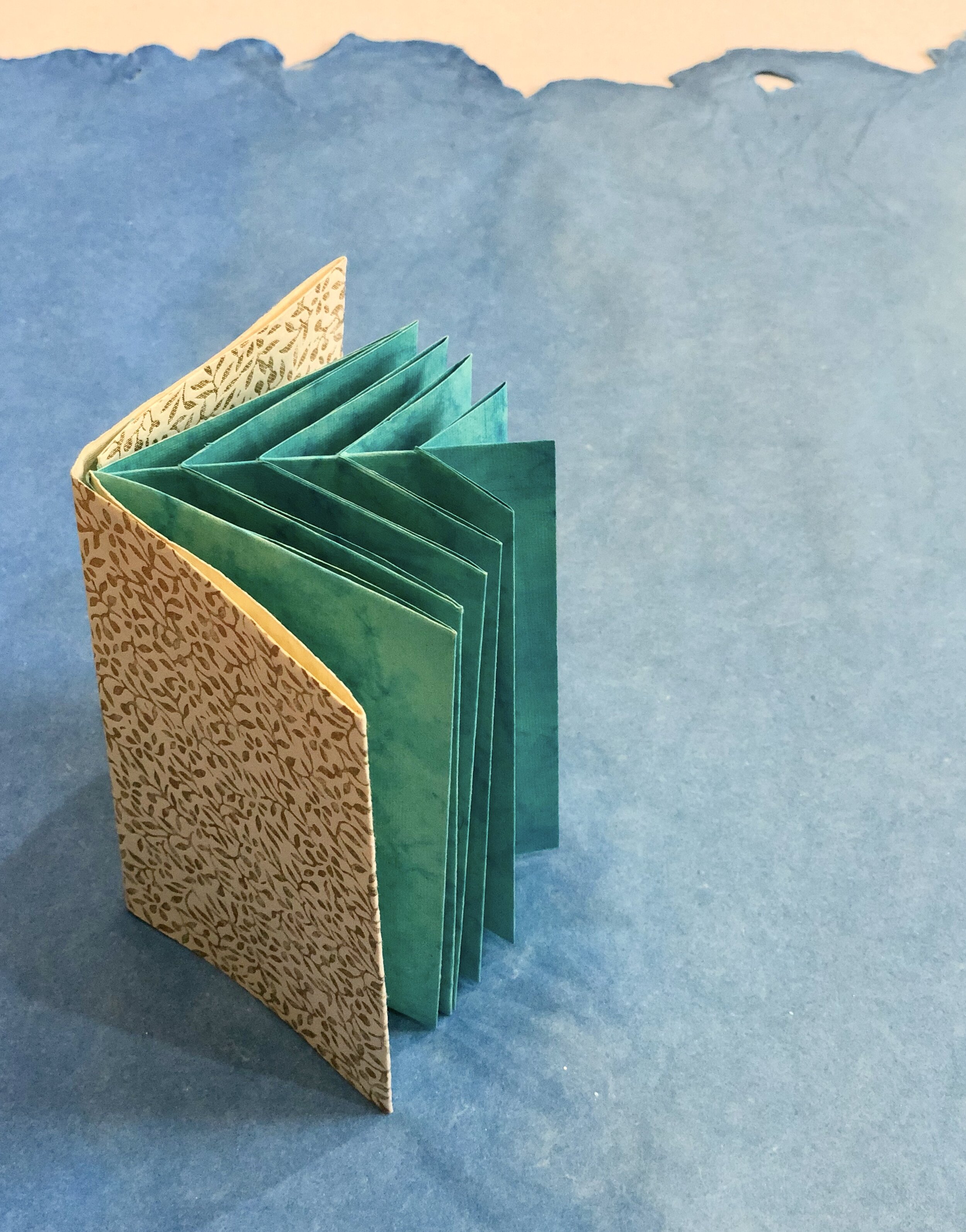
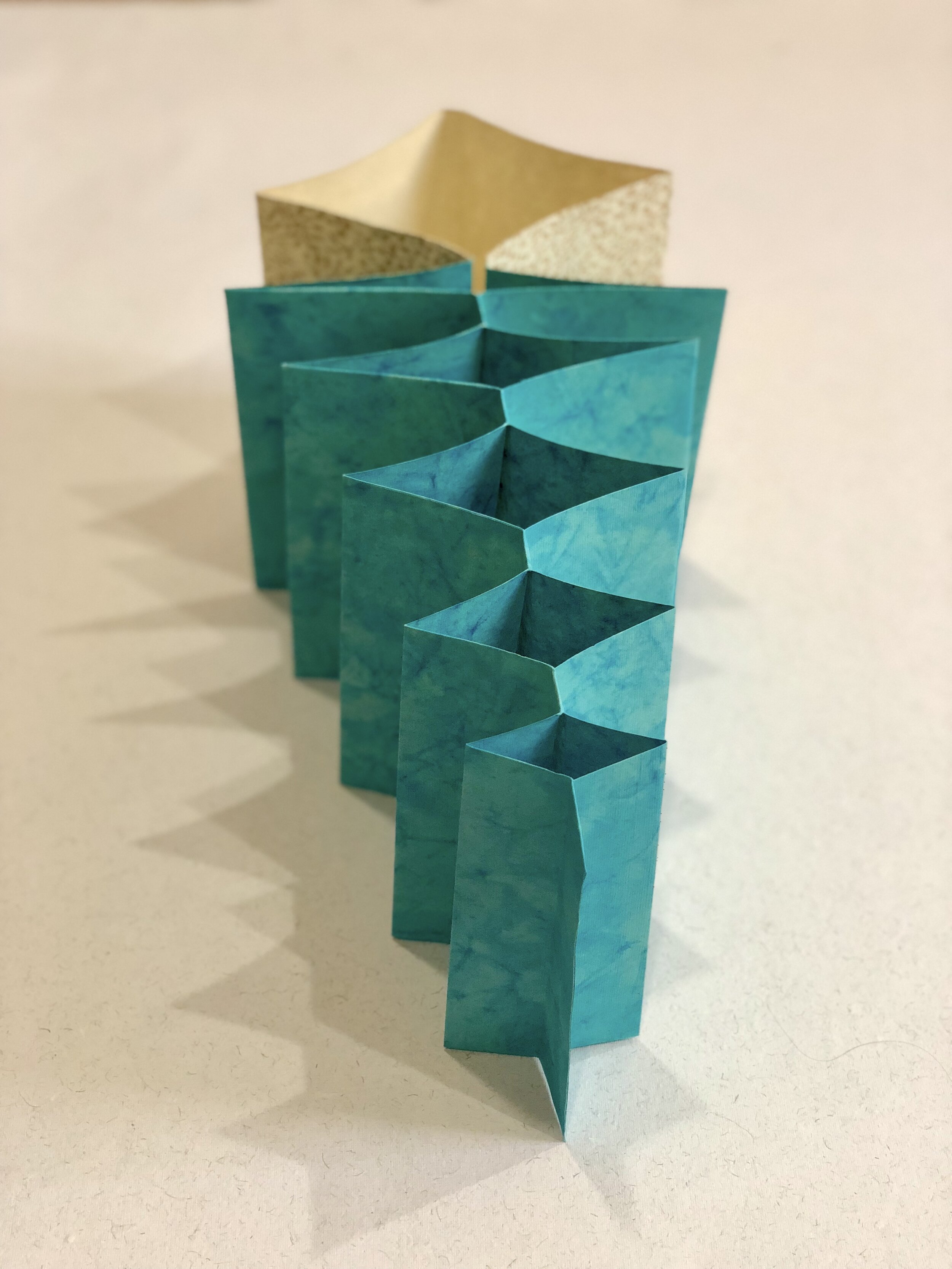
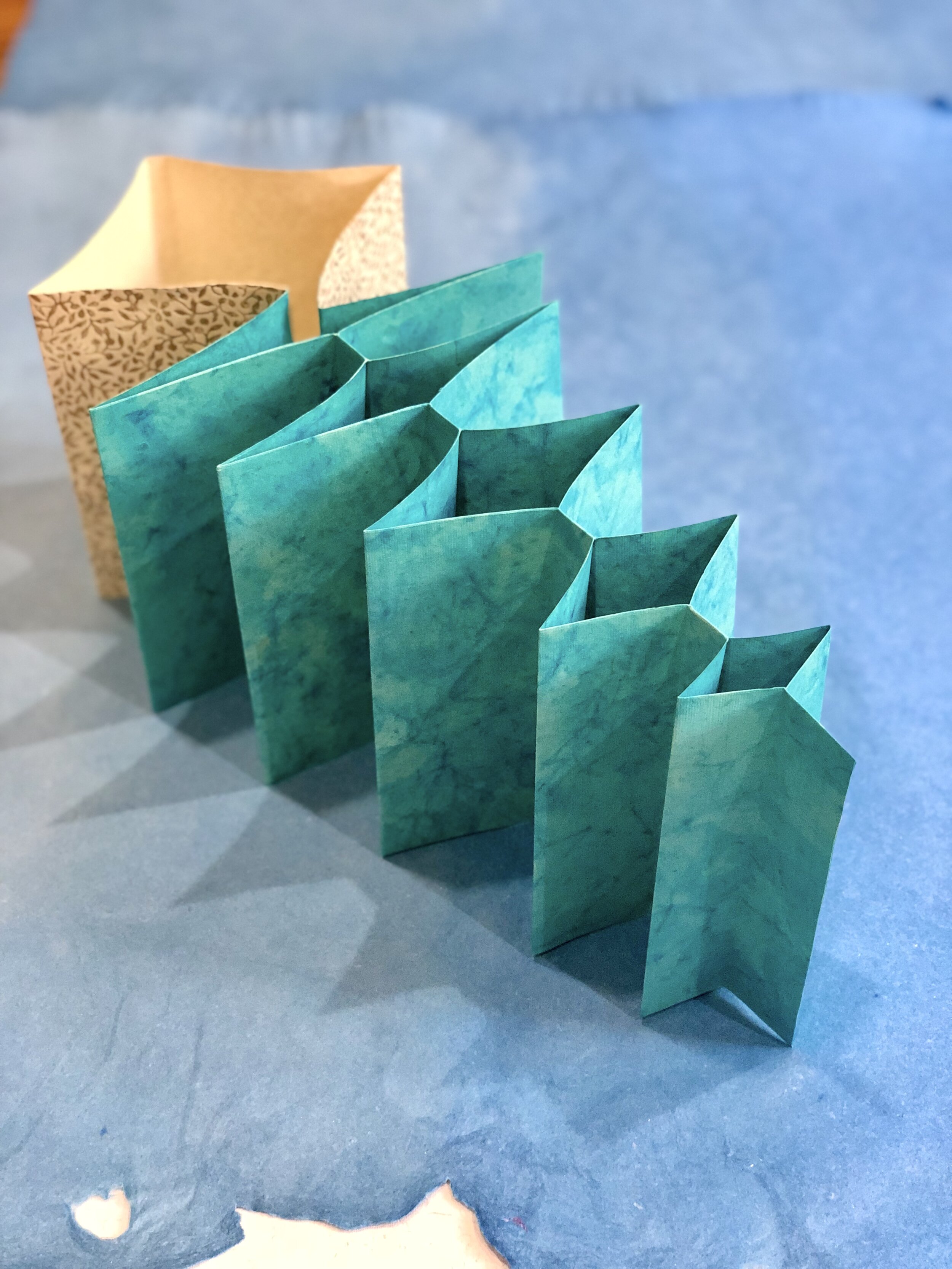

© 2023 Lata Gedala
There are so many book structures out there and the room for innovation and variations are endless. This structure is called Fishbone Fold and was created first by Hedi Kyle. It is one of my favorite book structures.





Delicacy of coptic stitch binding with Cotton, Kenaf and Abaca handmade papers.

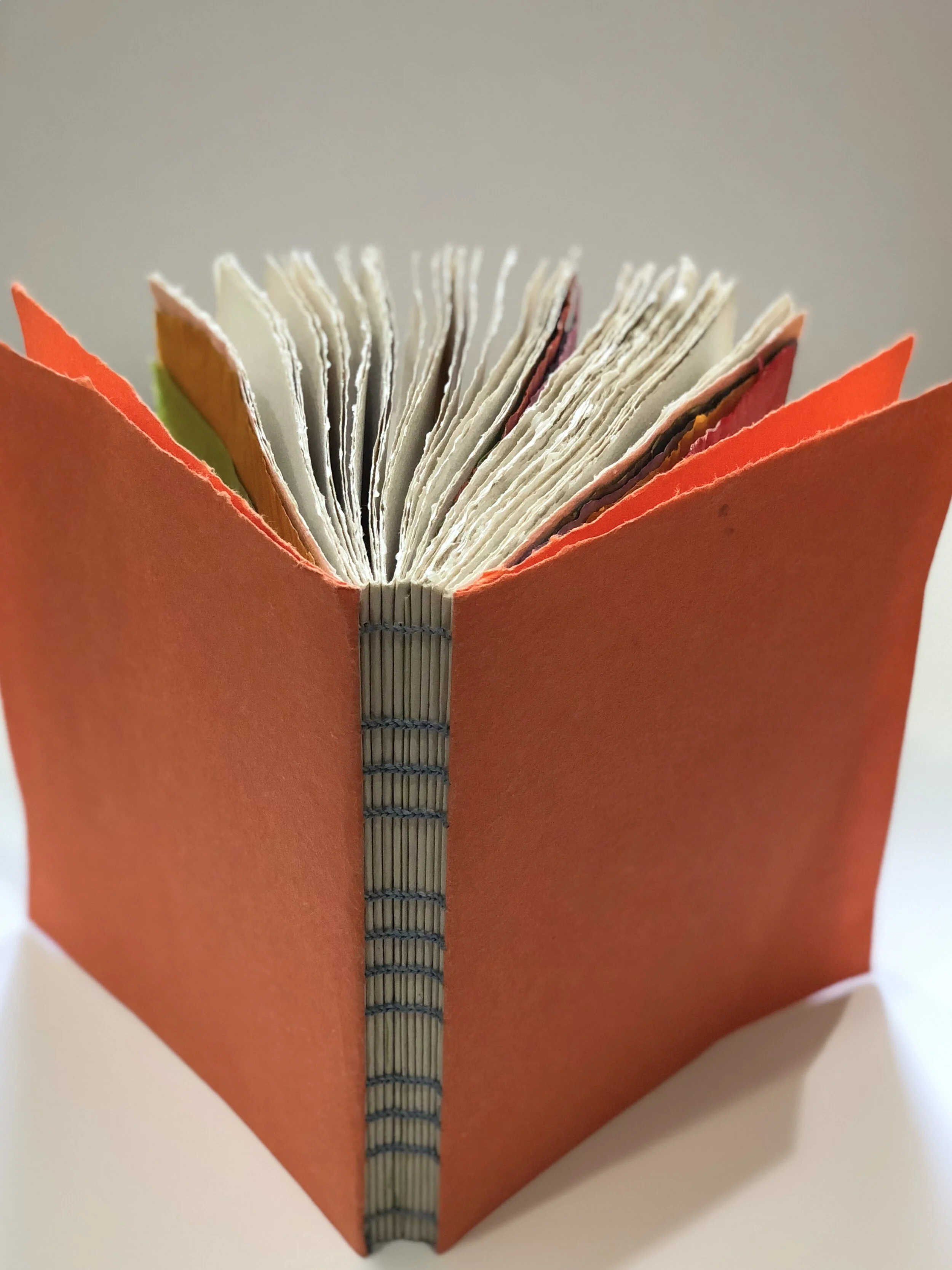
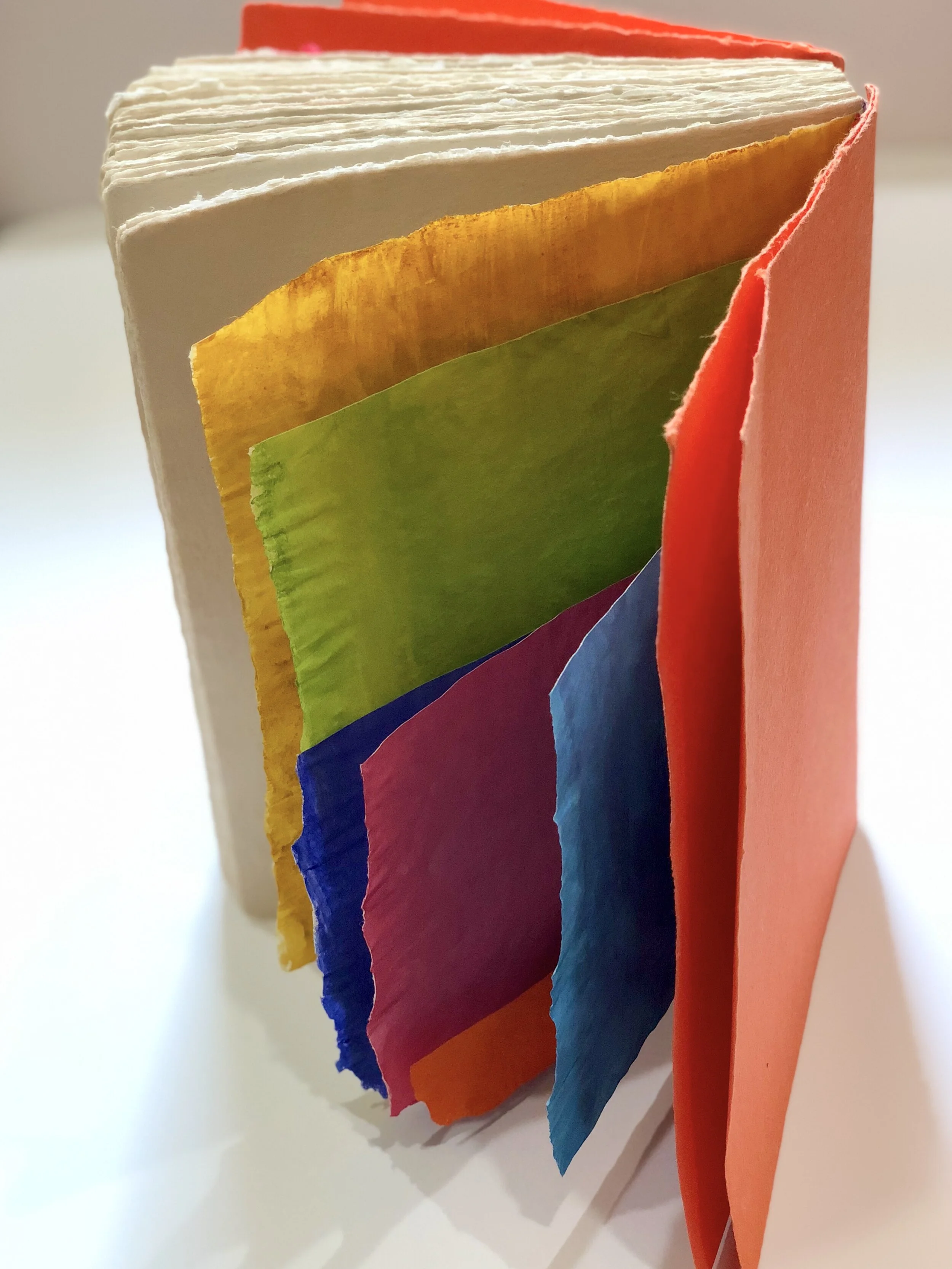
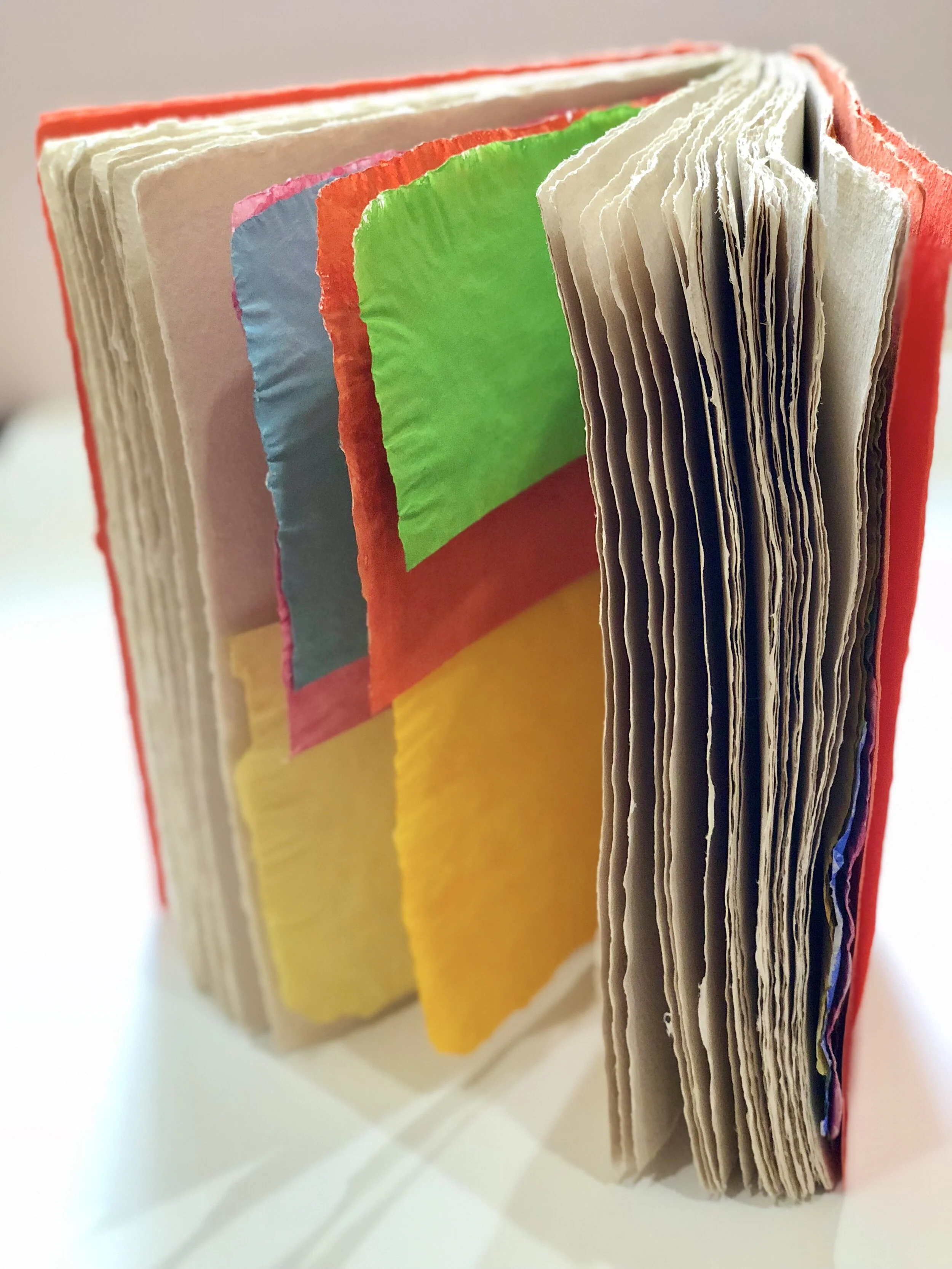
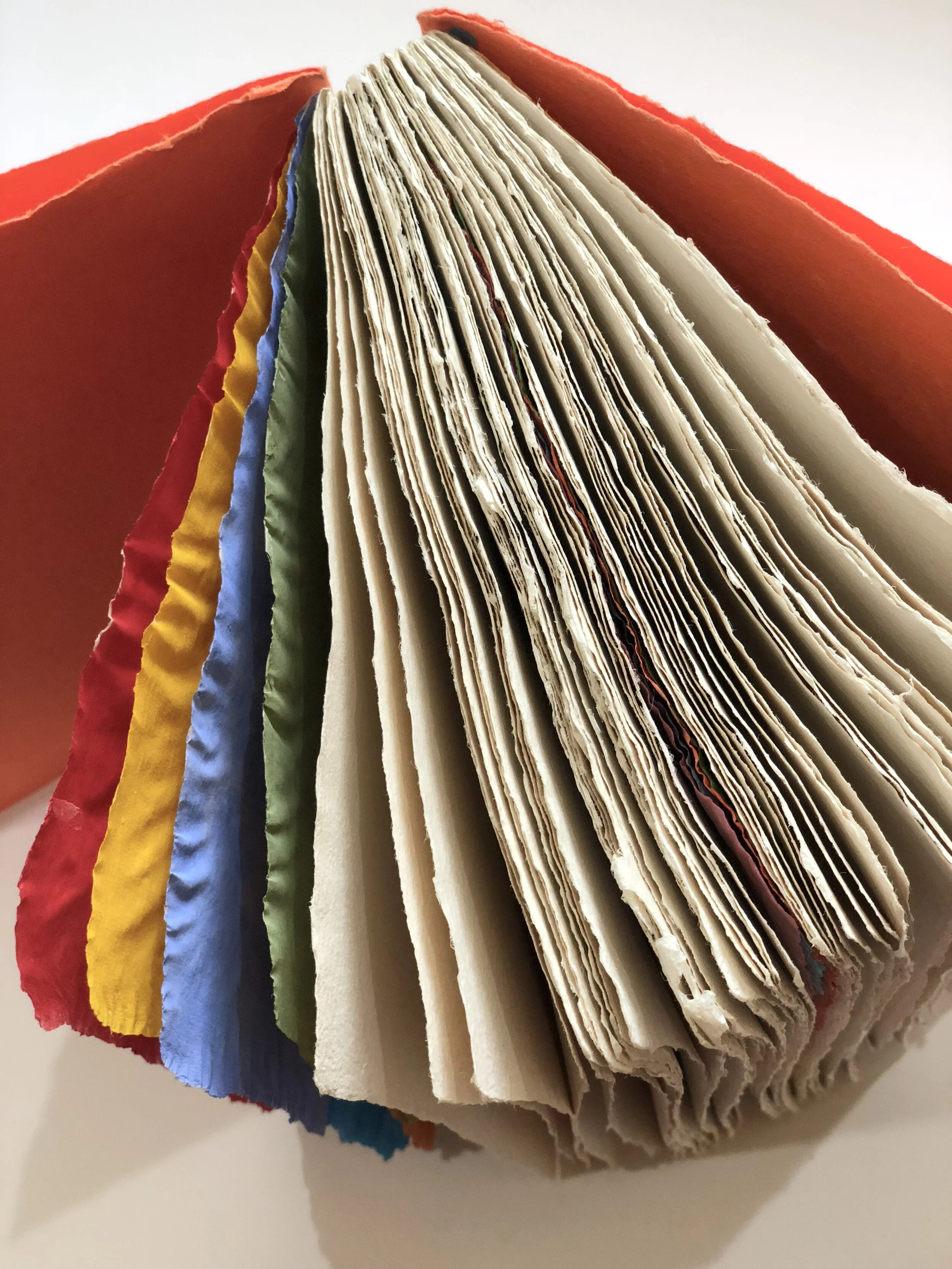
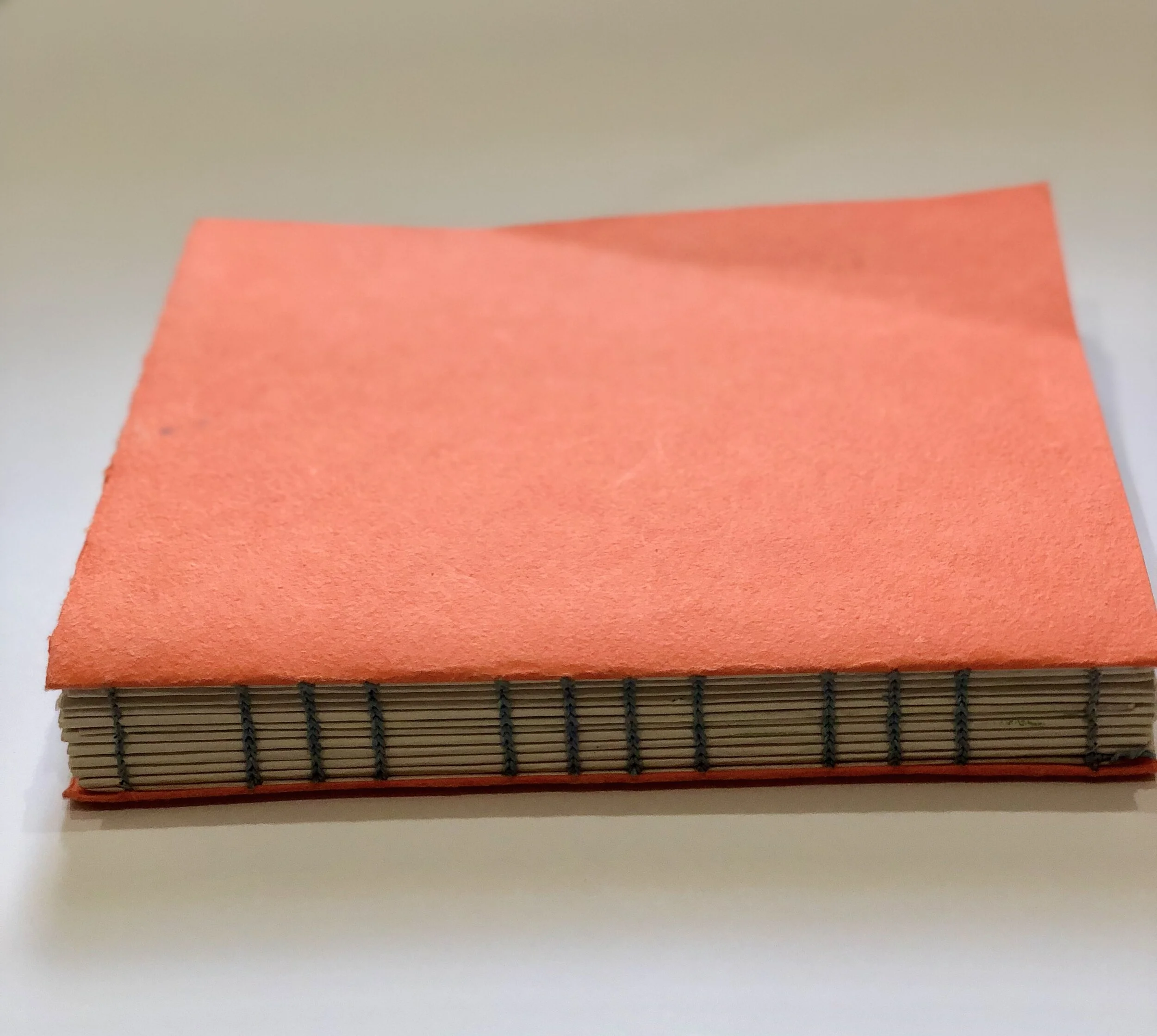
I find myriad possibilities in papermaking process. Experimentation, Innovation and Creation go hand in hand here. These are some botanical papers I made by incorporating fresh flowers and plants.
TIP: Blanching works best in order to avoid color bleed and it also helps retain the color of flowers and plants.
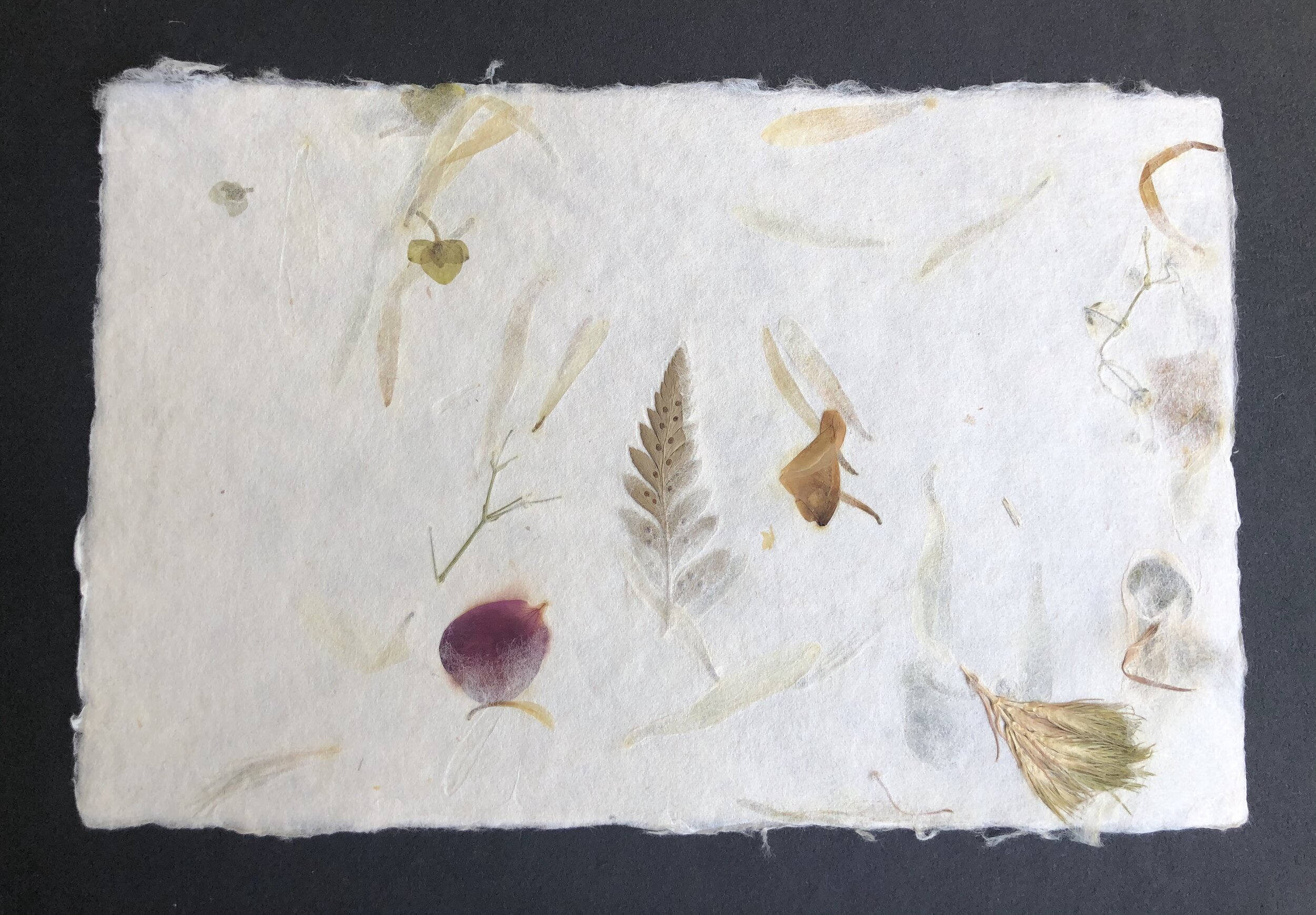
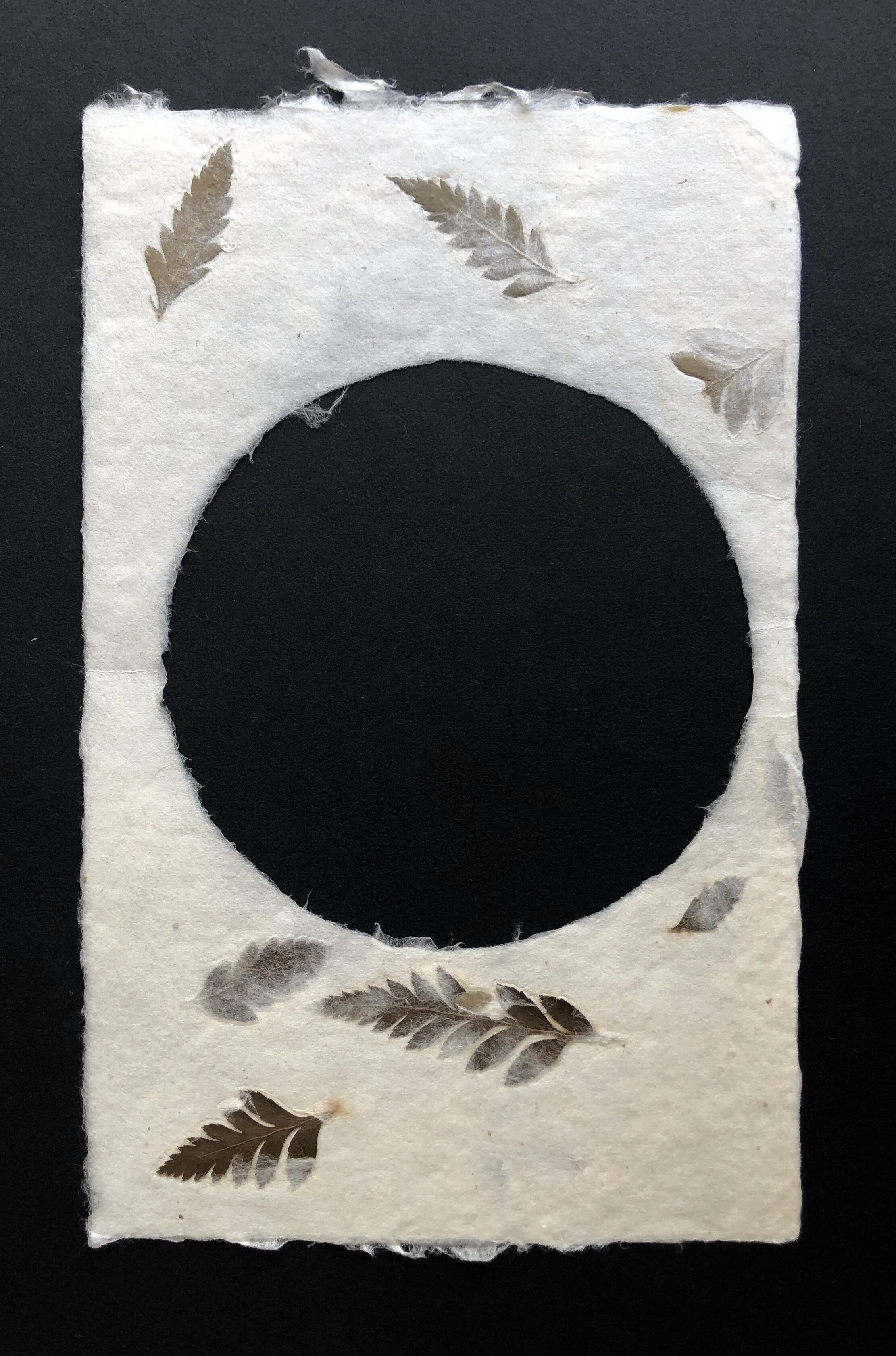
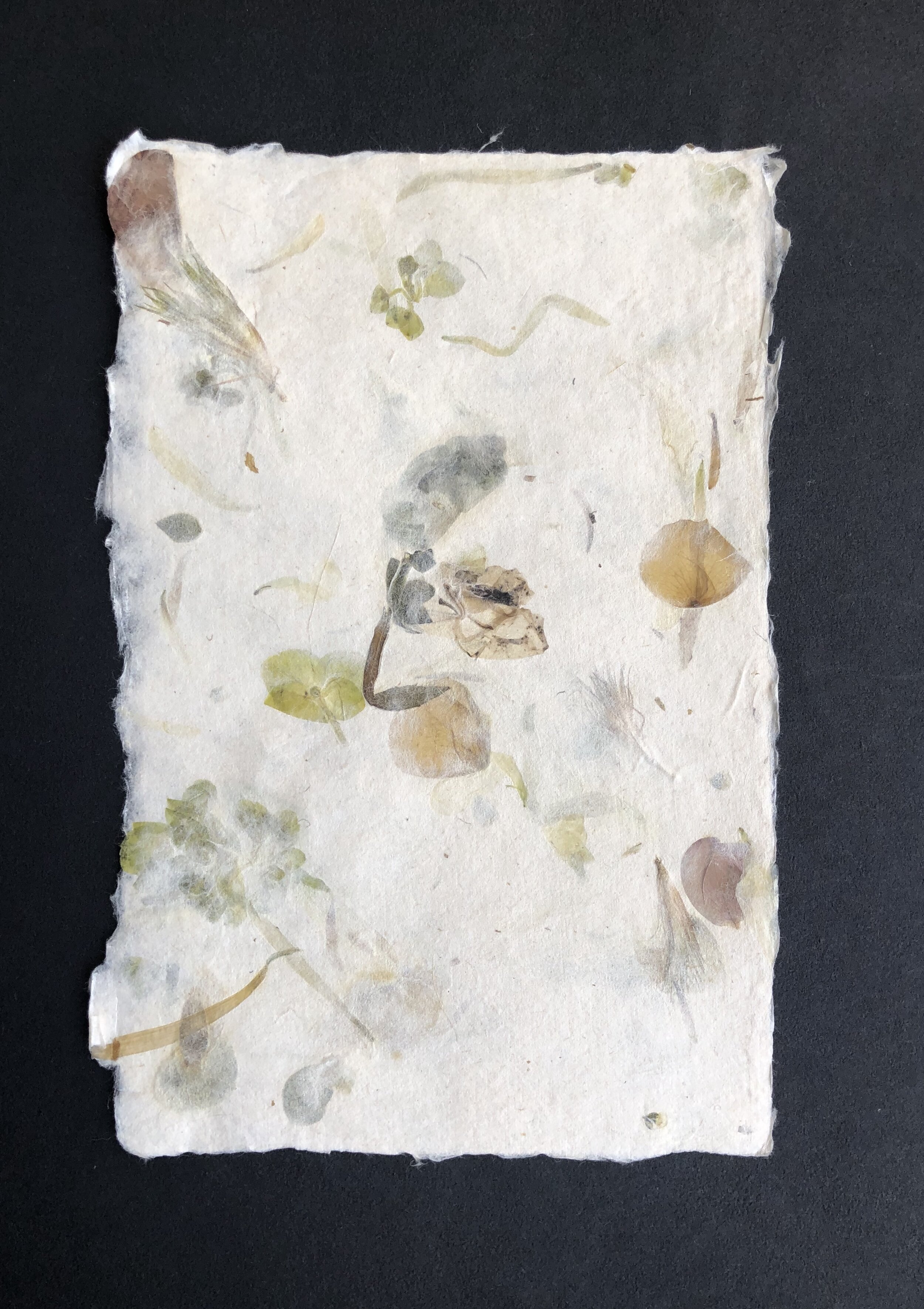
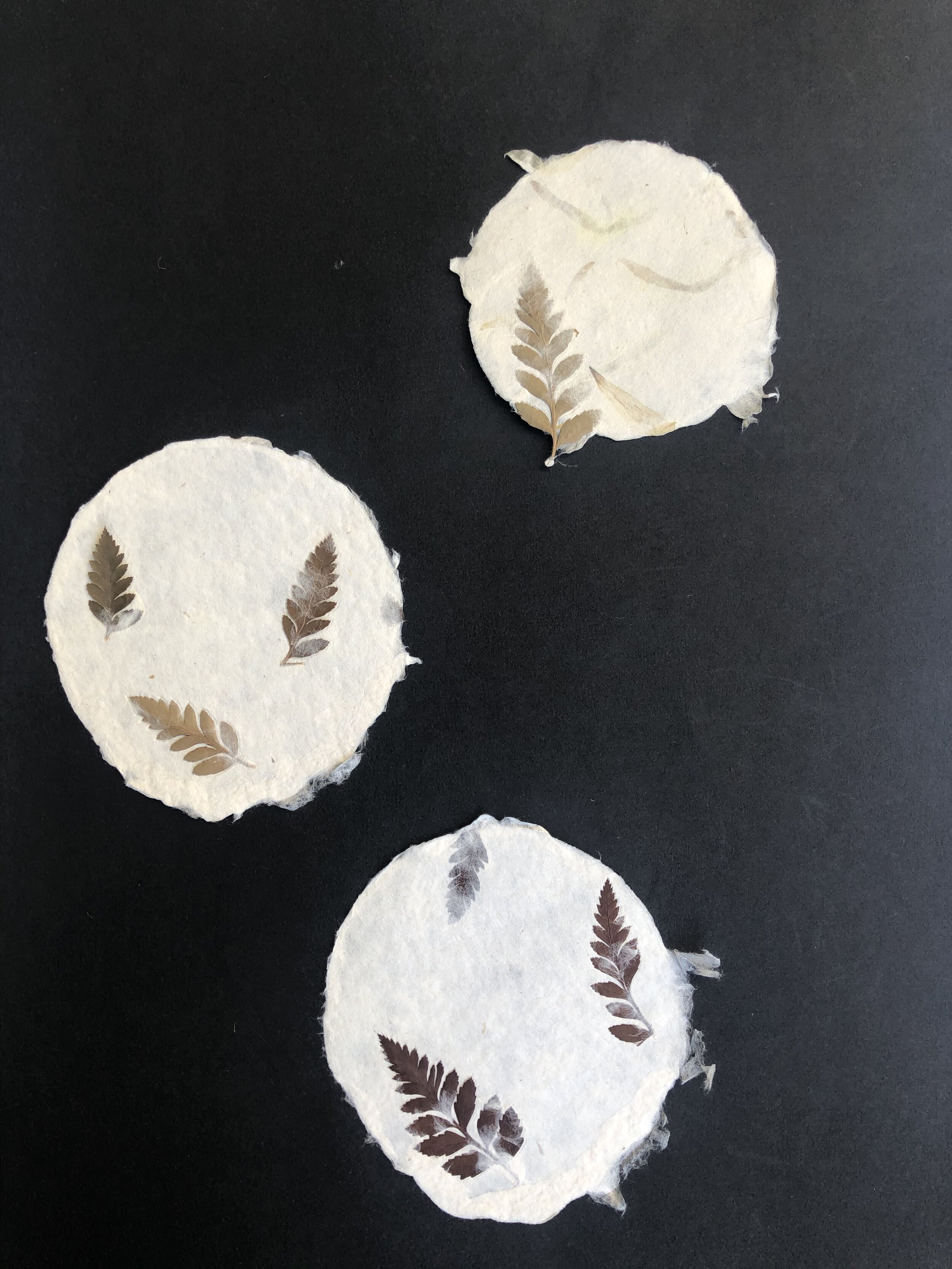
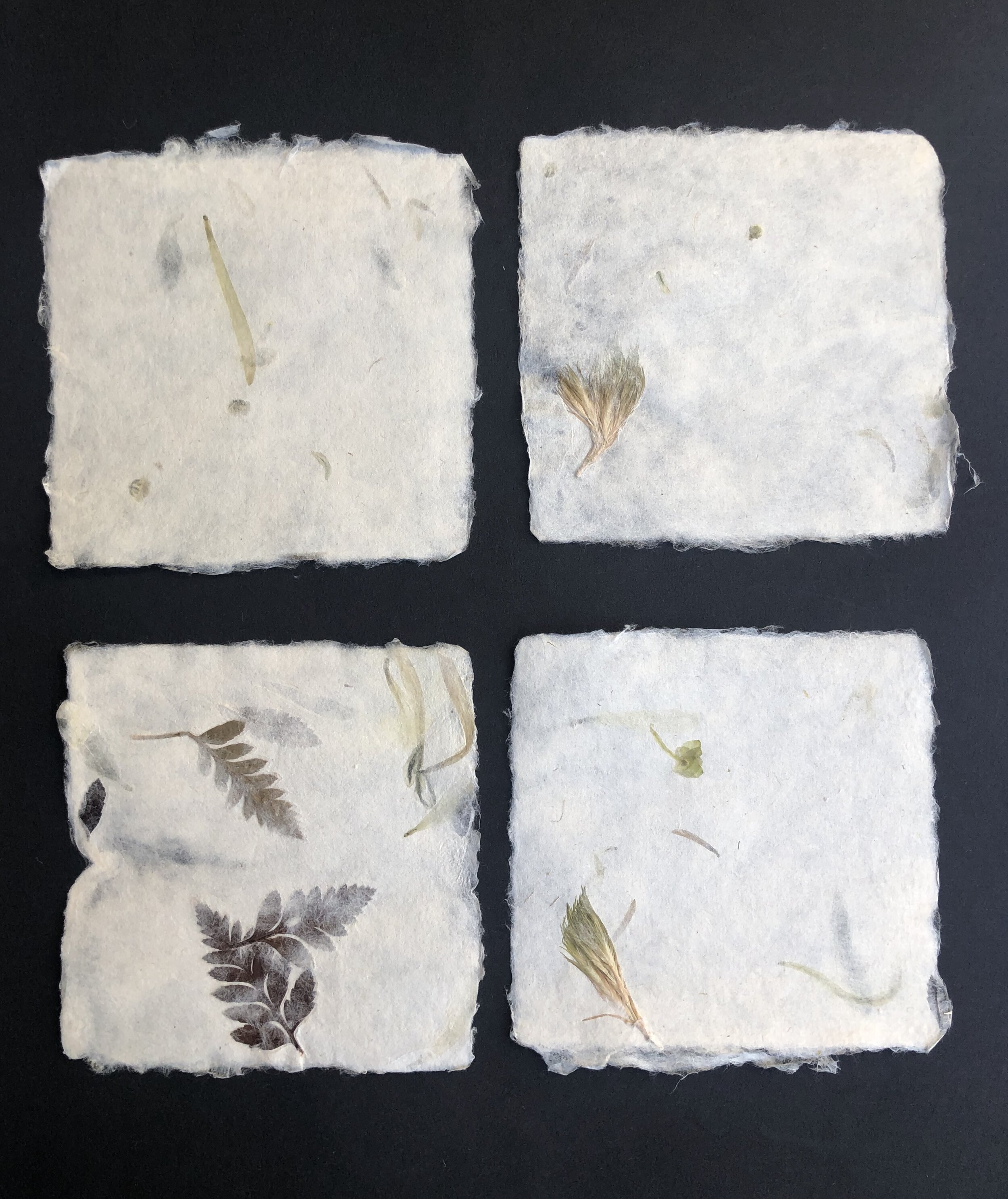

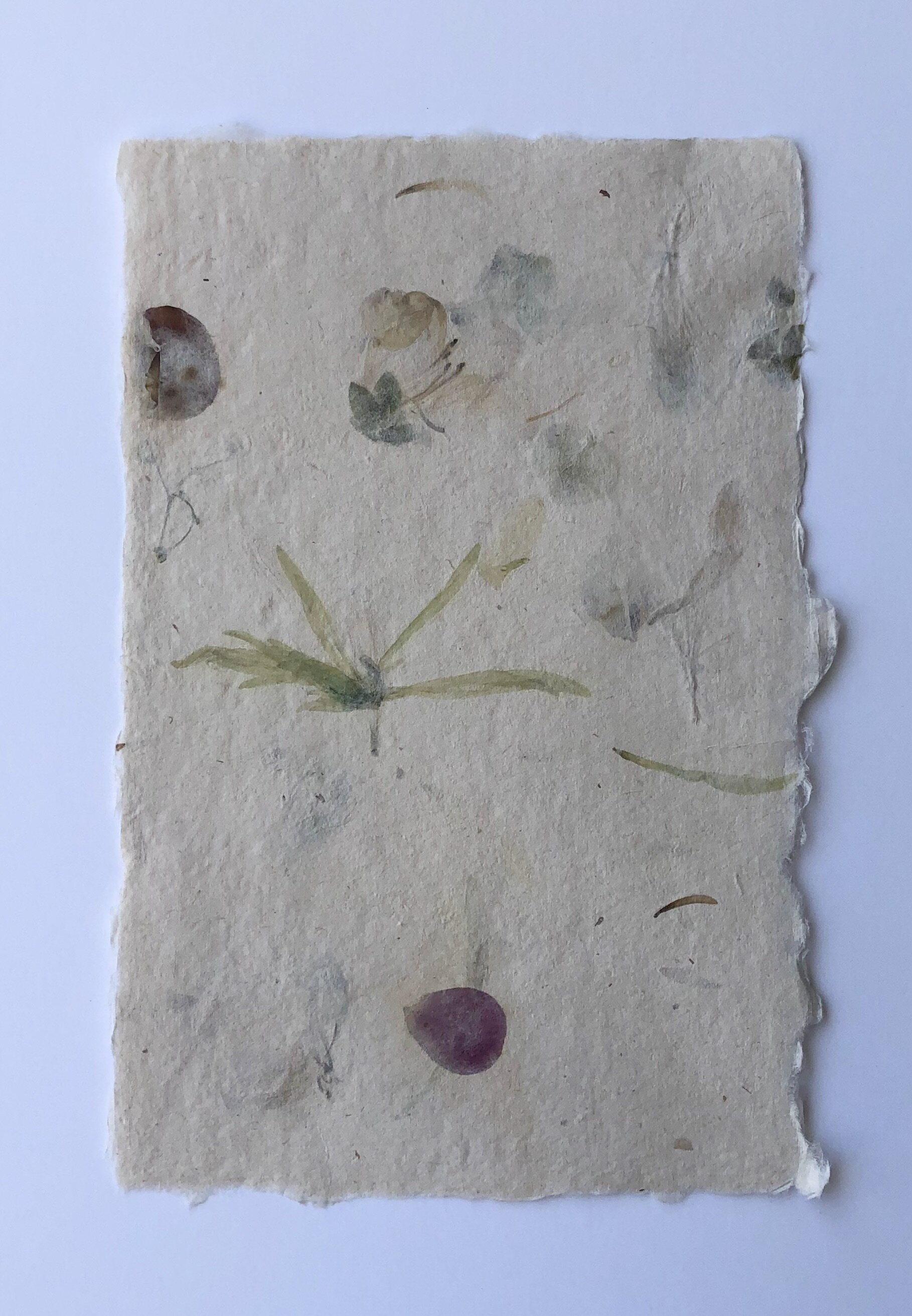
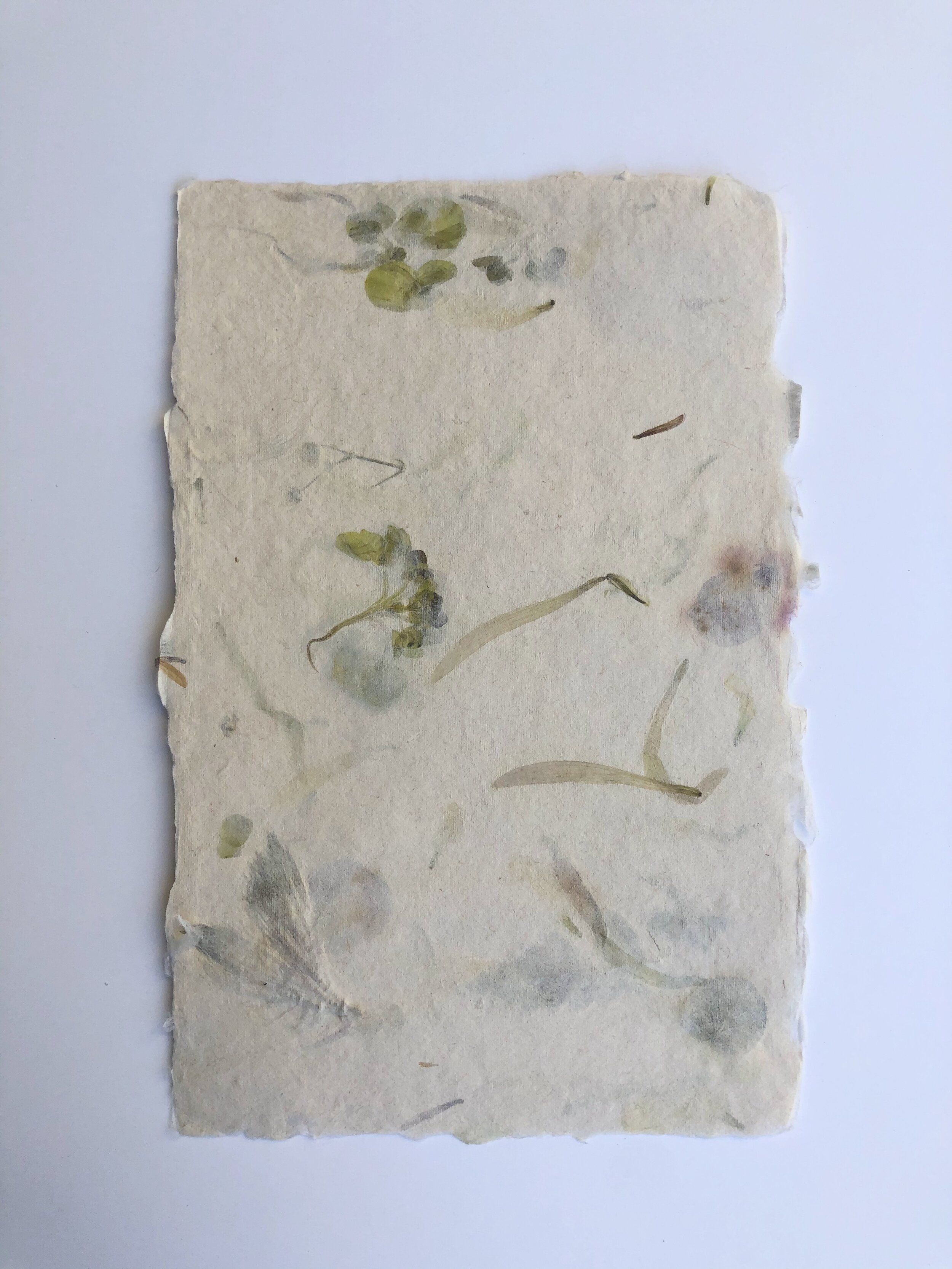
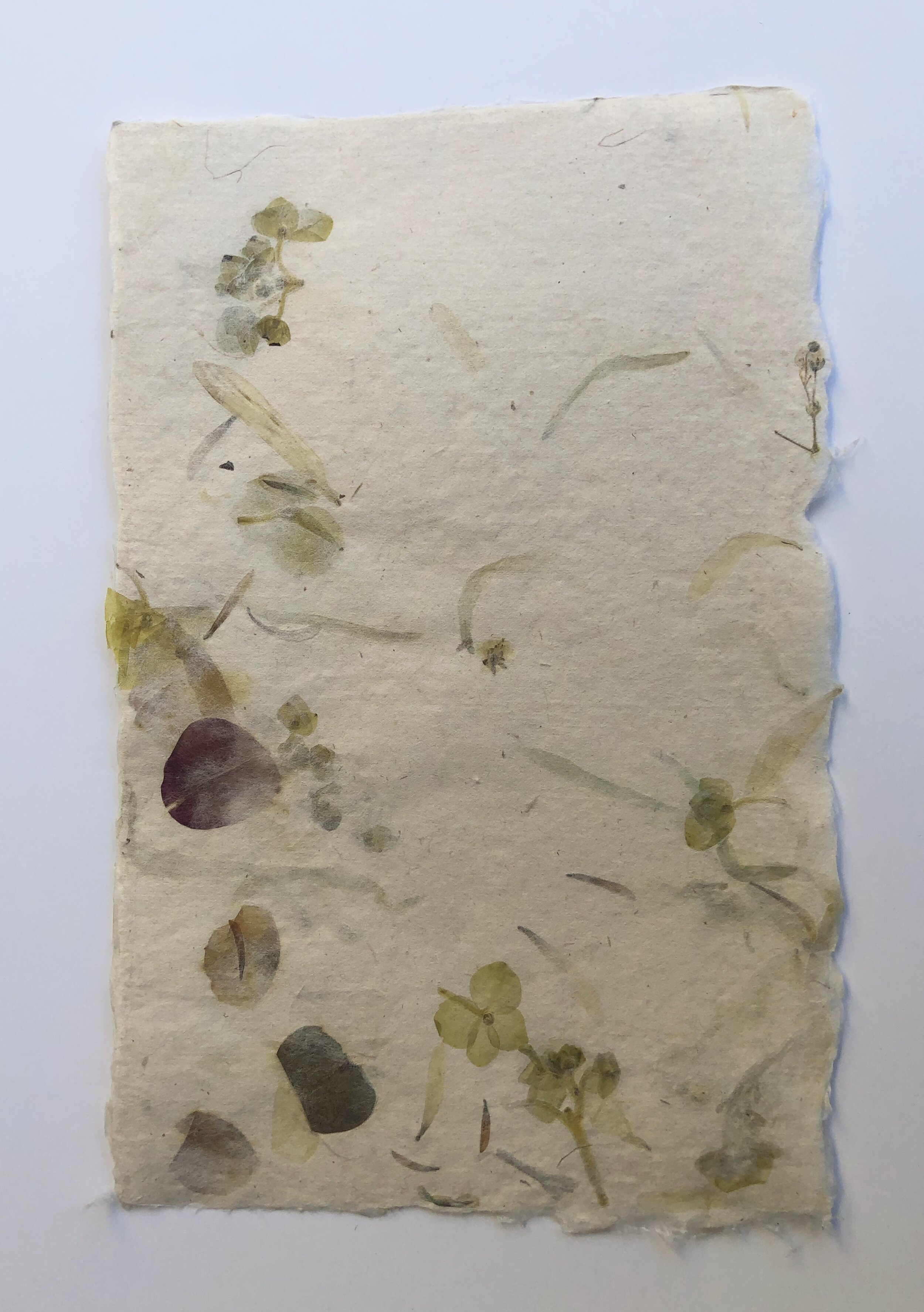
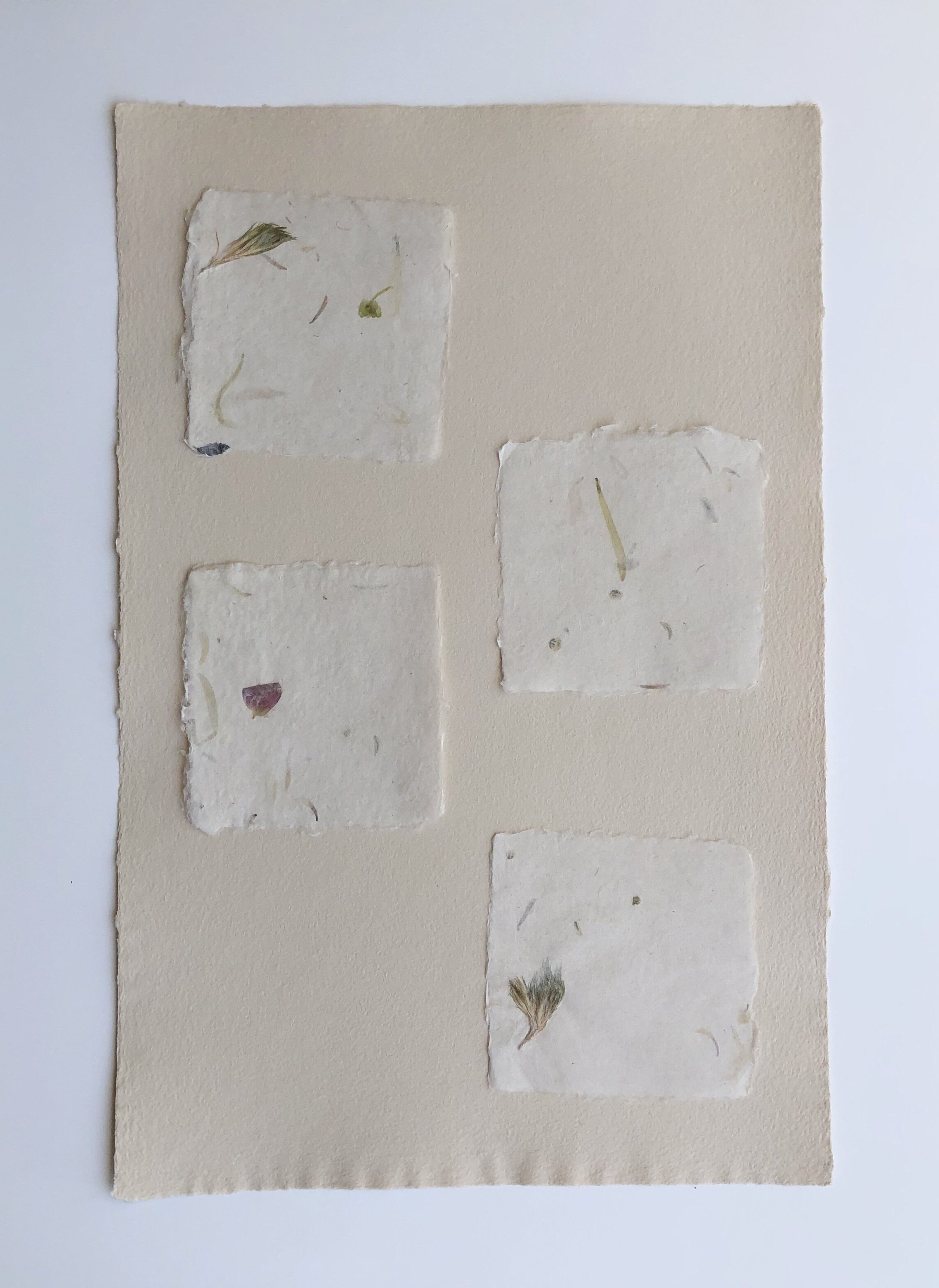
I made these sheets with Agave, Iris, Pineapple and cotton fibers. Even though the process of making paper is laborious and time consuming, the end result is always gratifying.
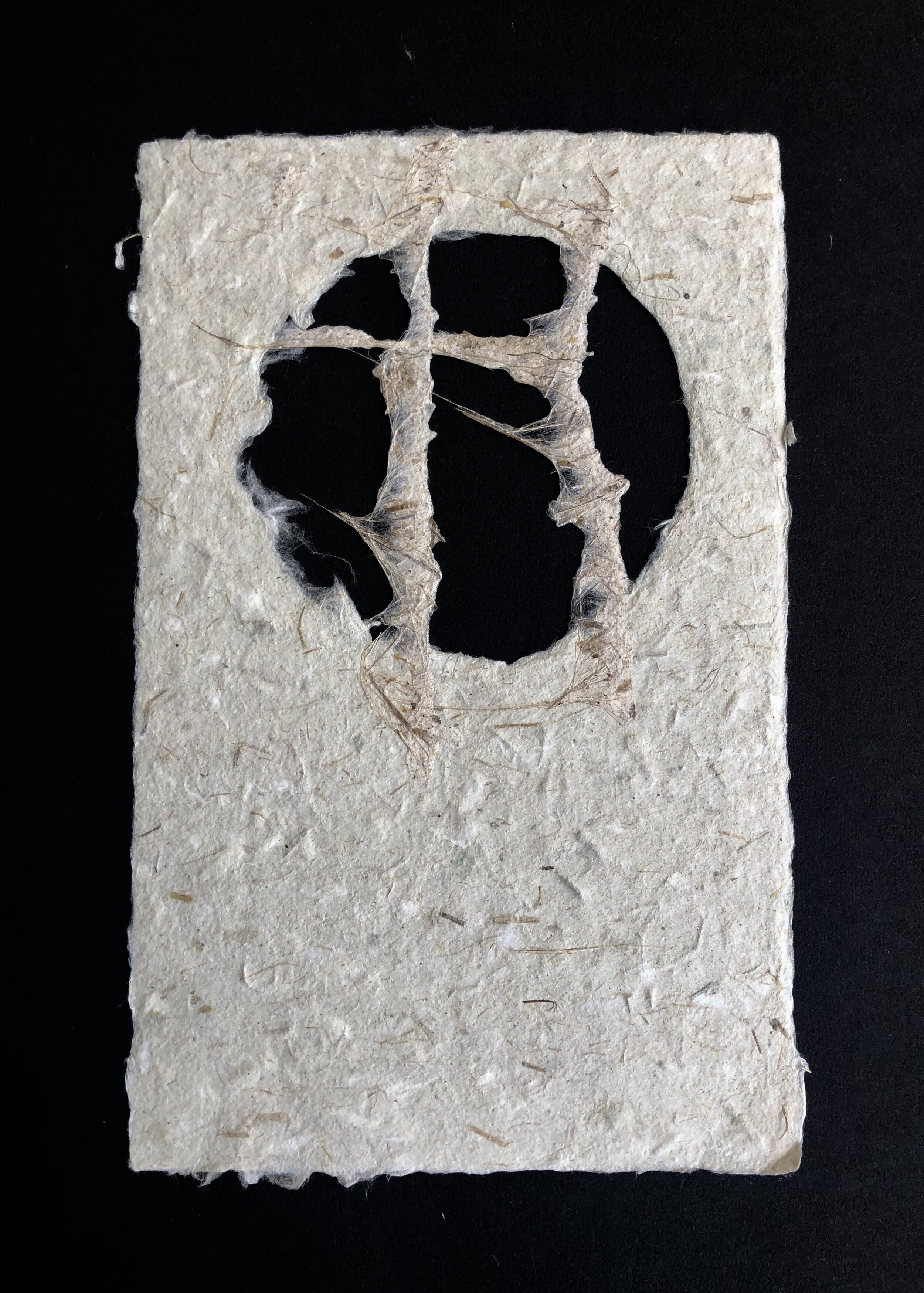
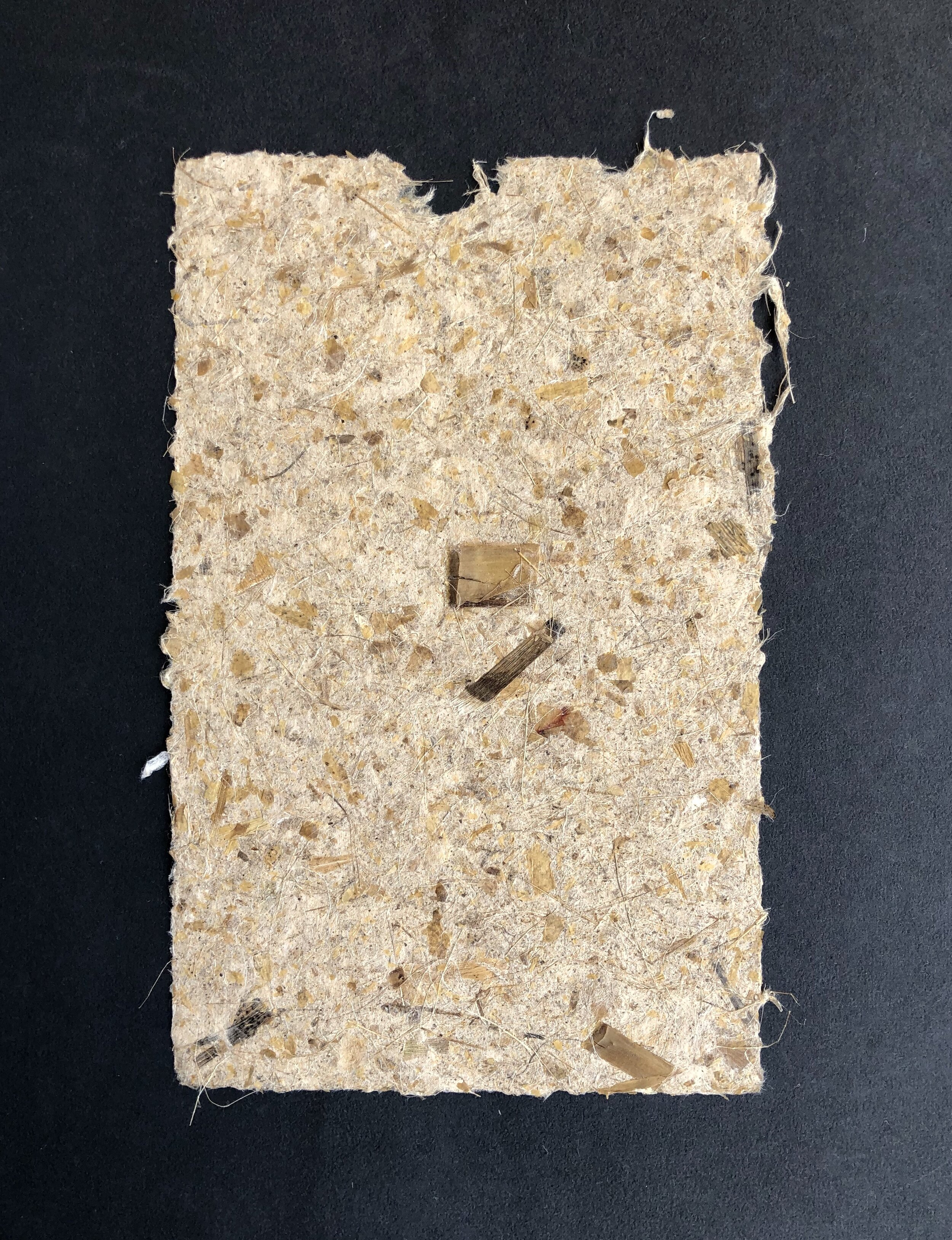
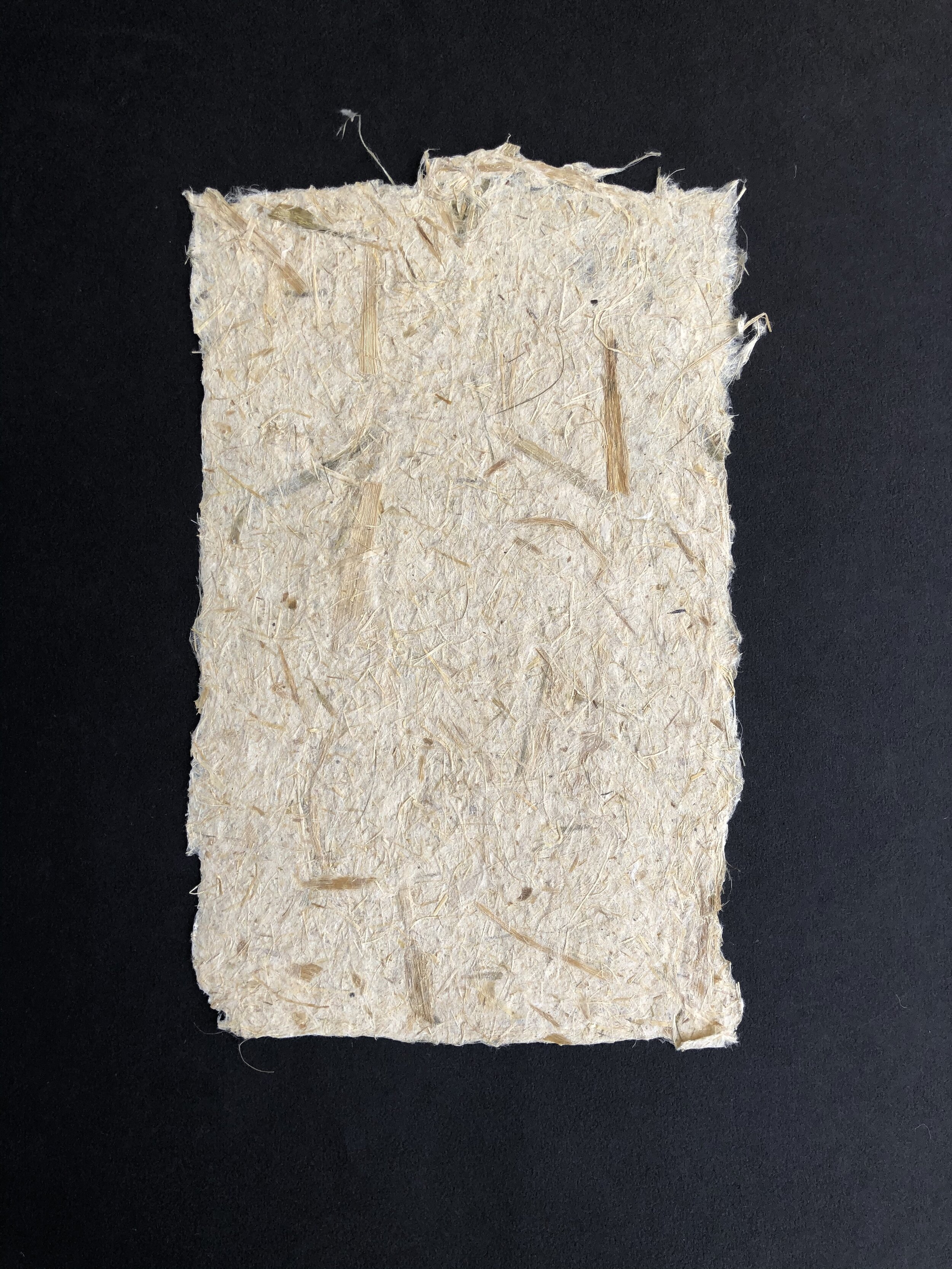
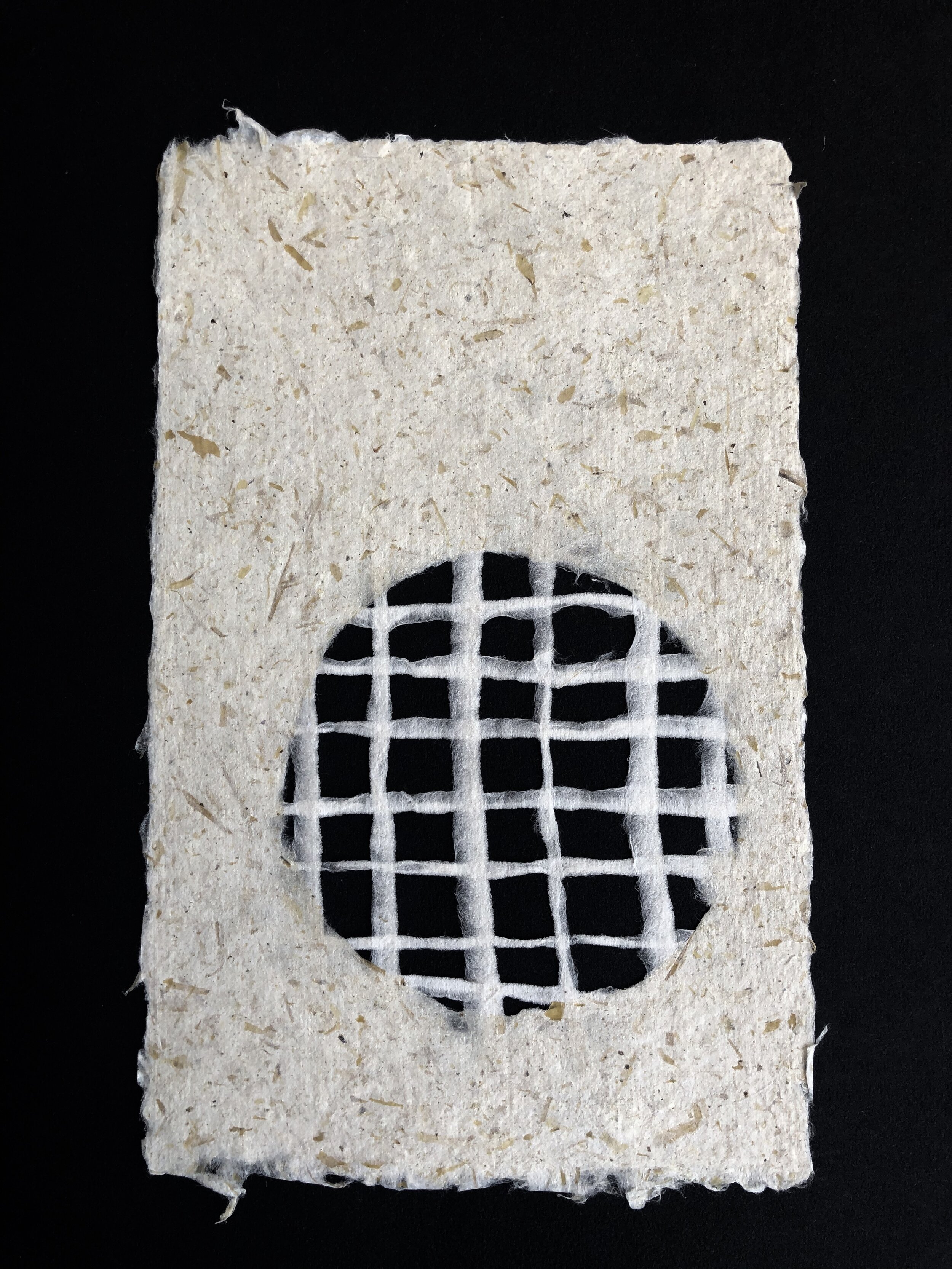
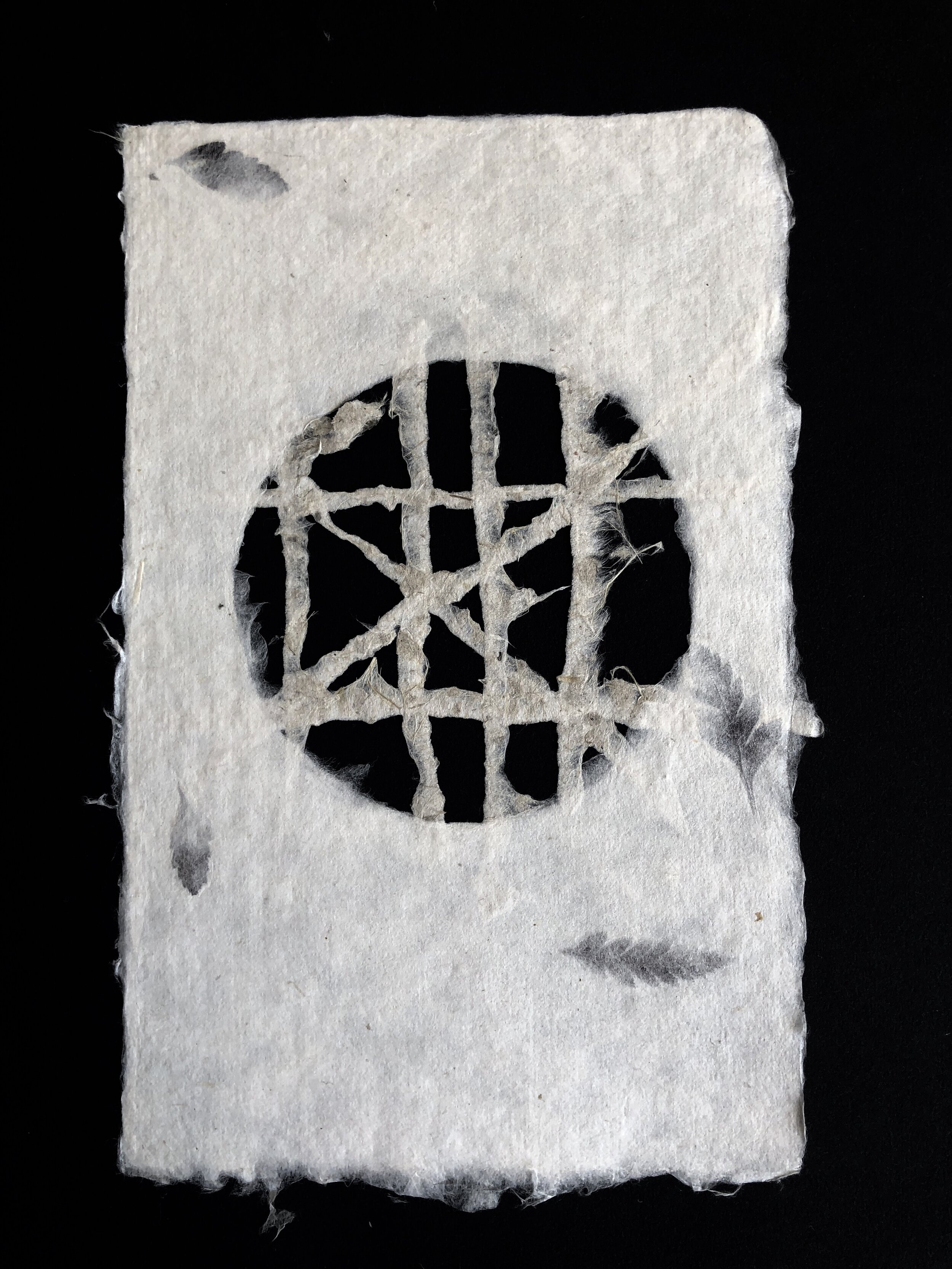
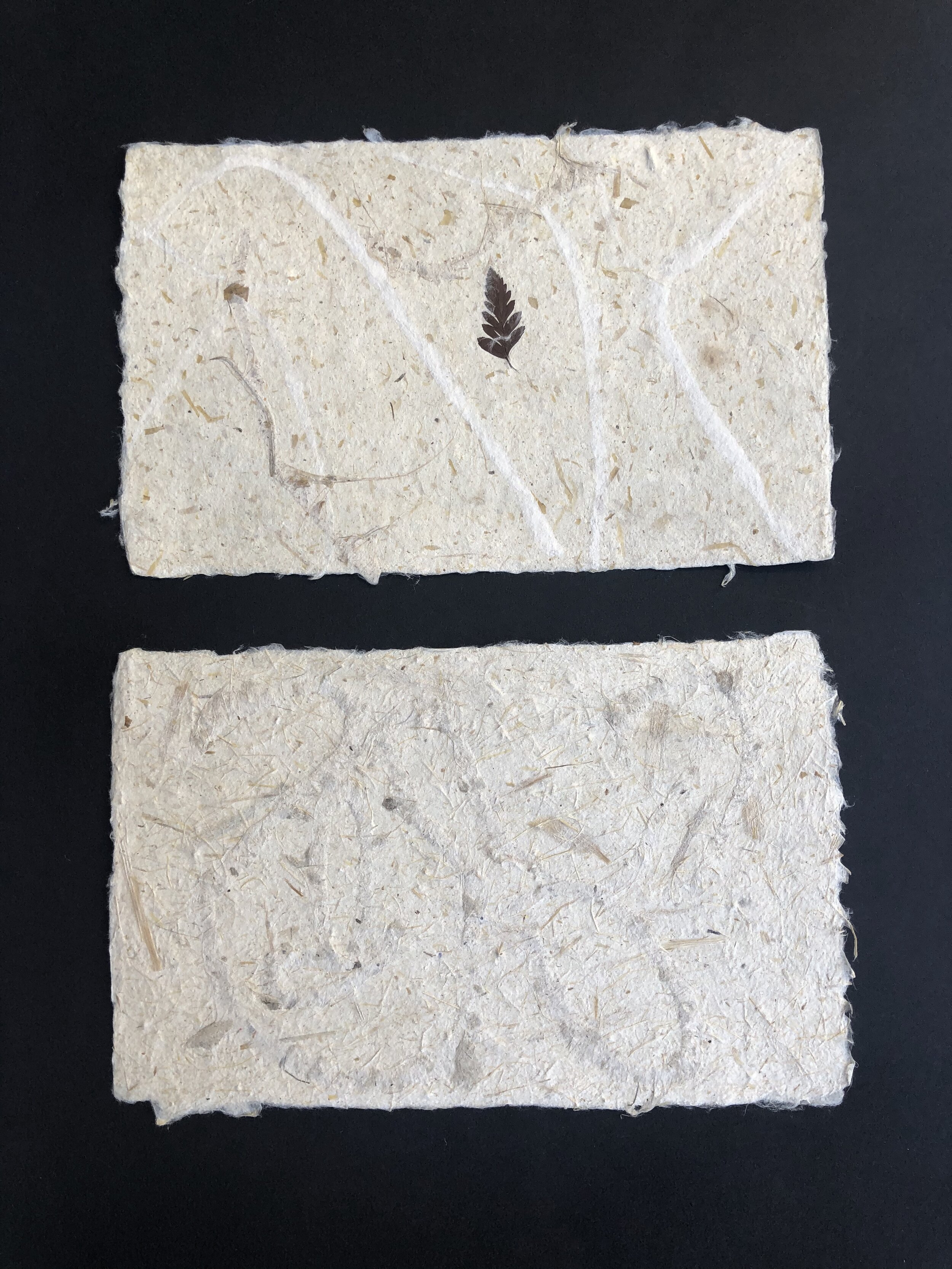
Abaca is a banana plant fiber. When highly beaten it results in a pulp that makes translucent paper. I have beaten abaca for 4hrs, 8hrs as well as 20 hrs. It is very tricky to couch a 20hr beaten abaca because it drains extremely slowly. If it is left too long to drain then it won’t release from the mould and if its not drained enough then the pulp will slip out easily from the mould. With practice and patience it becomes easier to couch a 20hr beaten abaca.
These sculptures are made with abaca beaten in hollander beater for 8hrs. When the pulp is highly beaten it results in high shrinkage and works best for making sculptures.
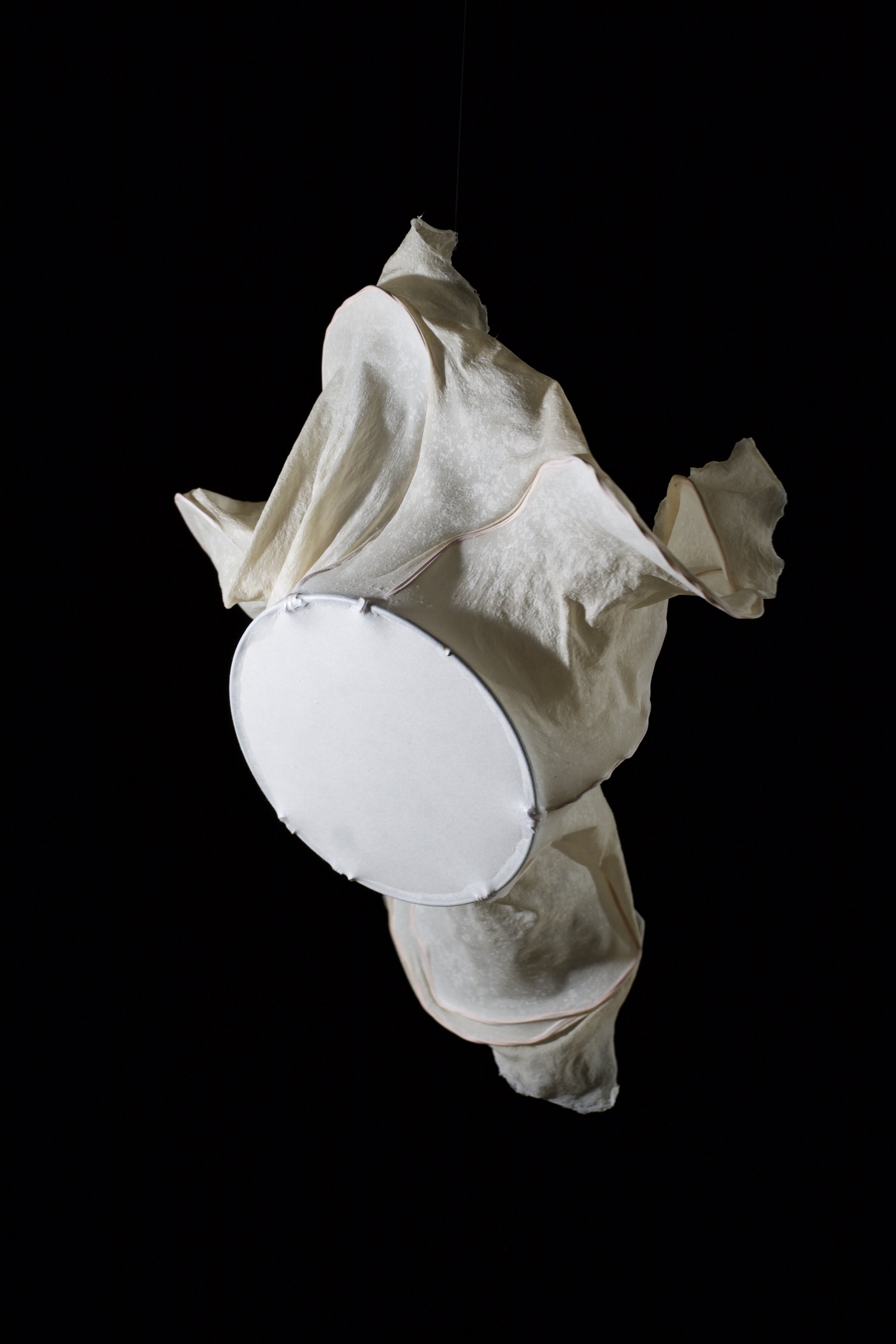
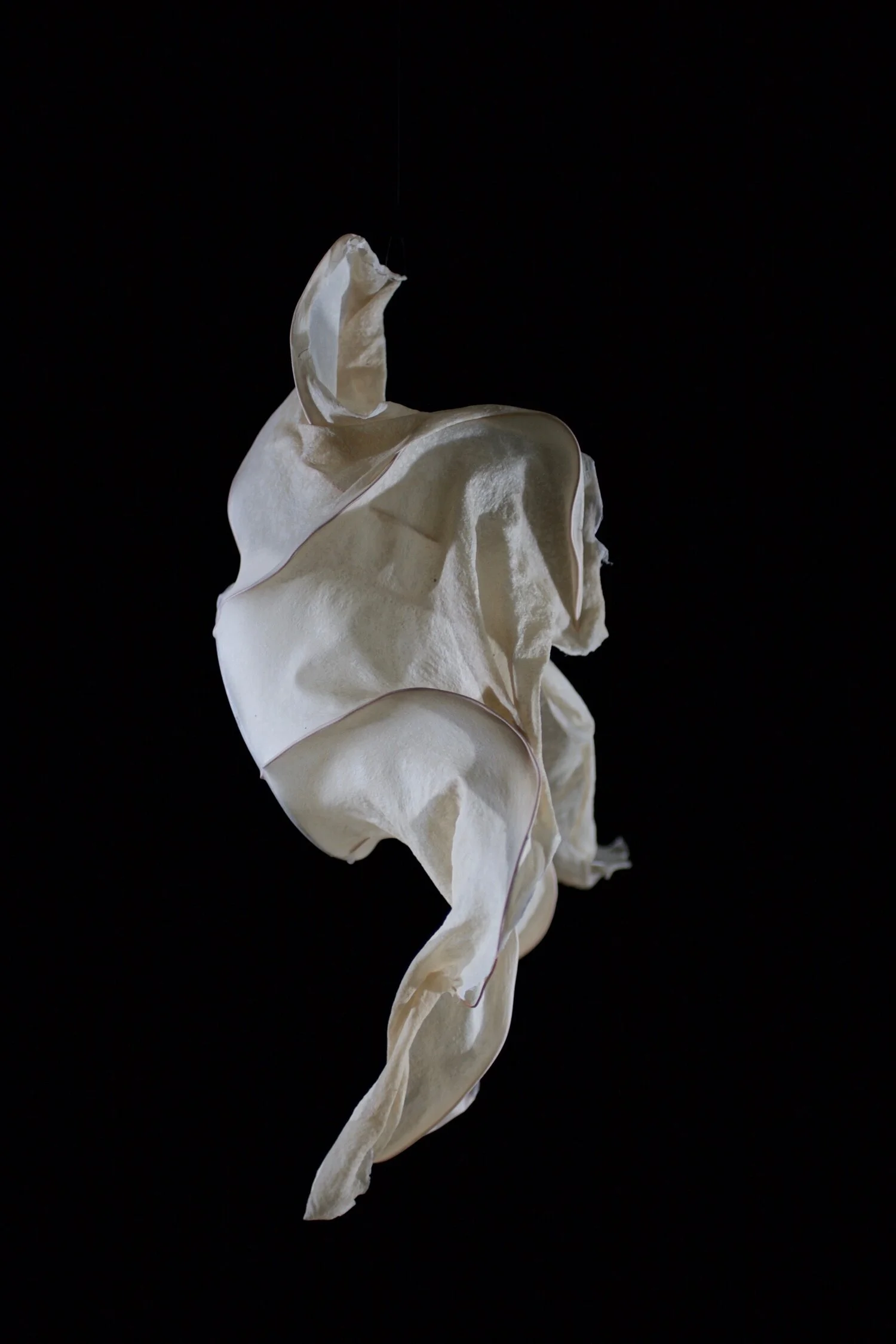
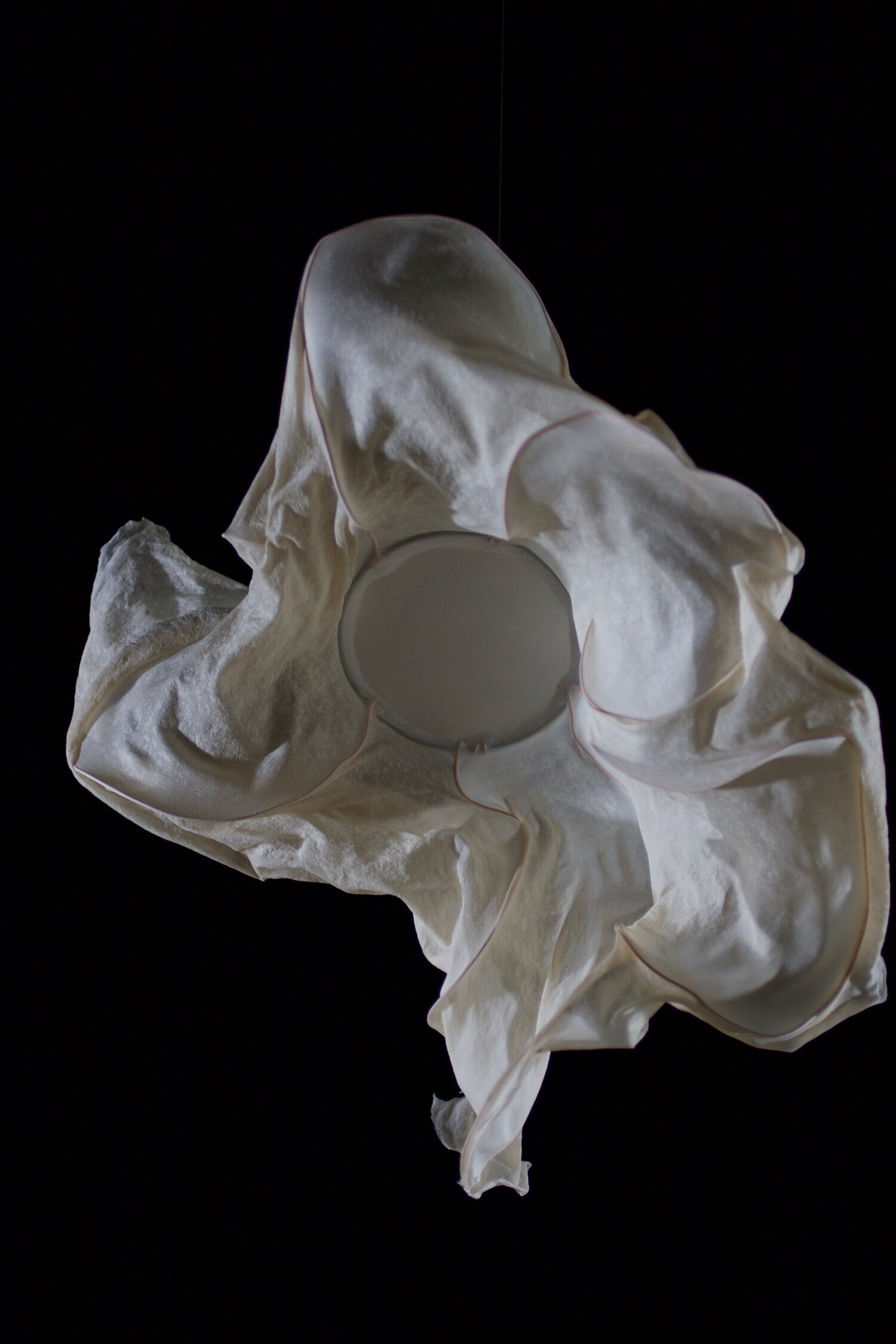
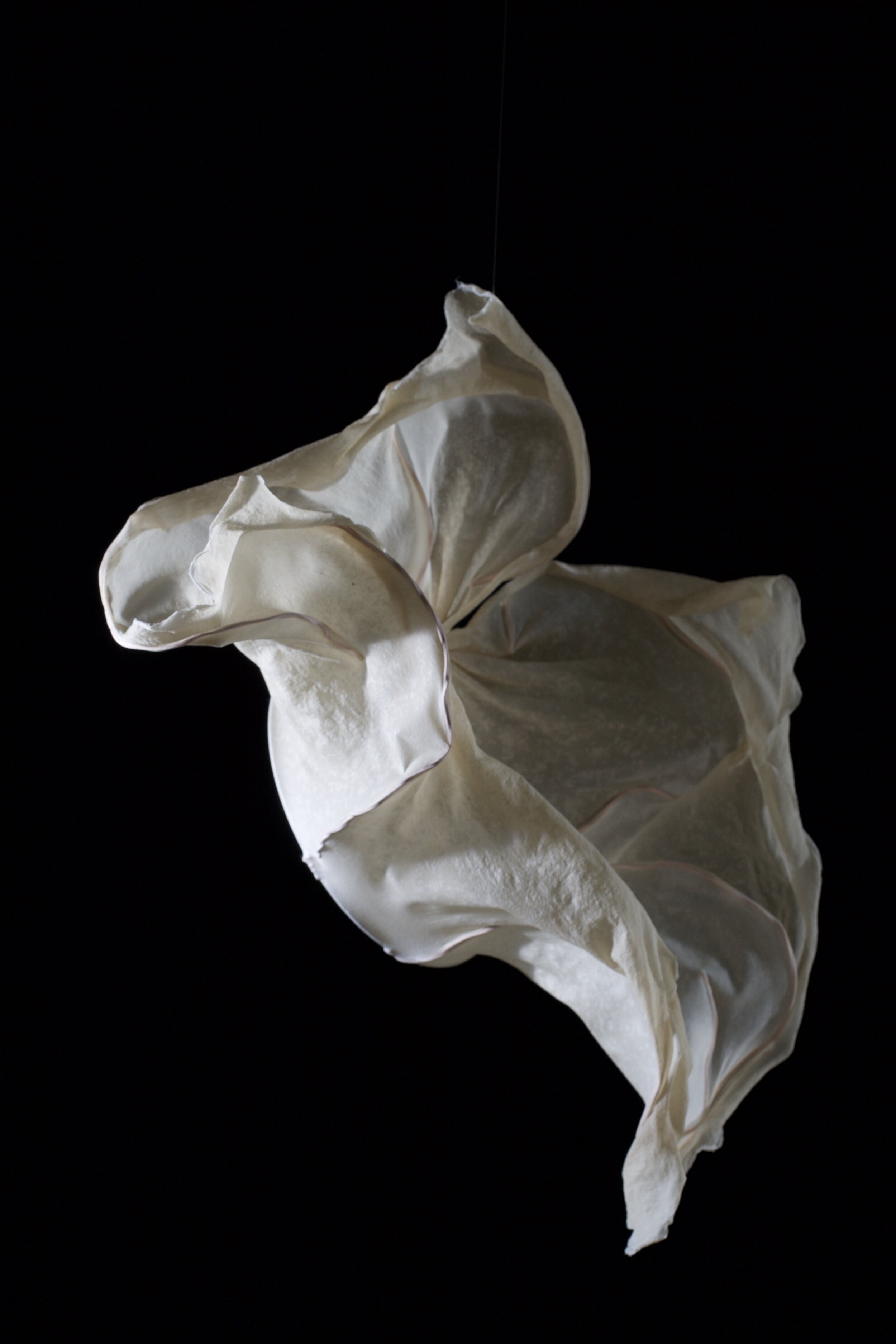
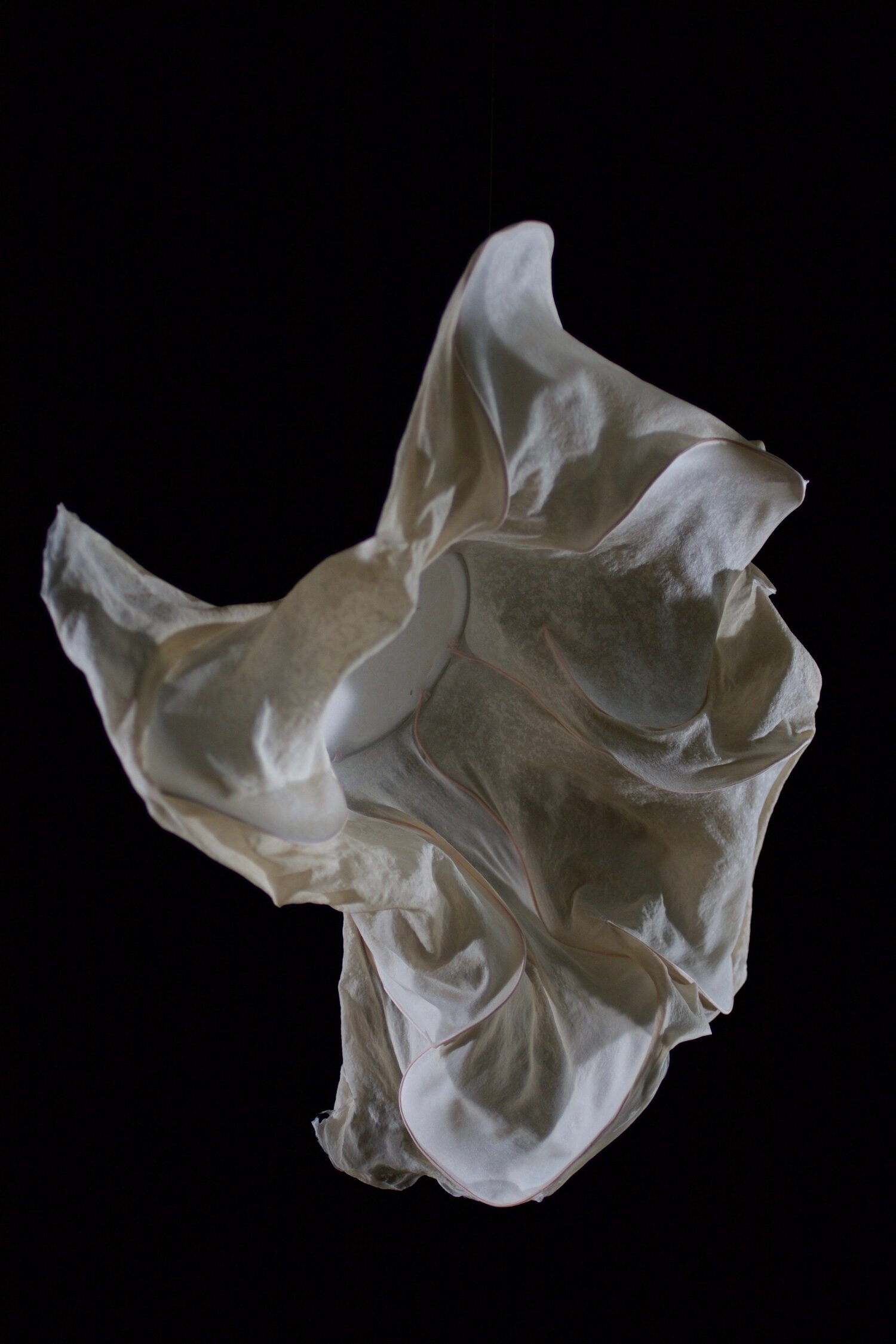
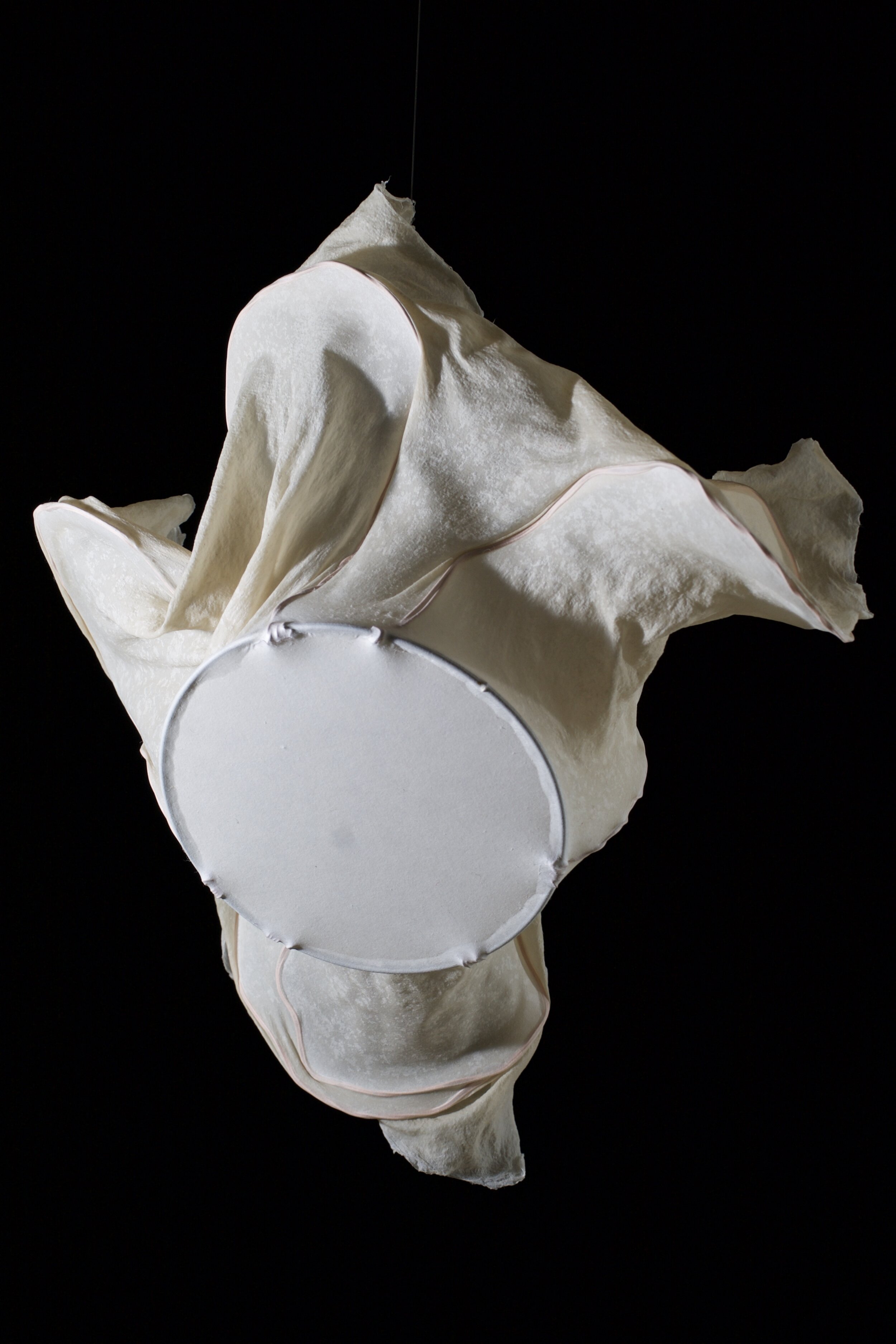
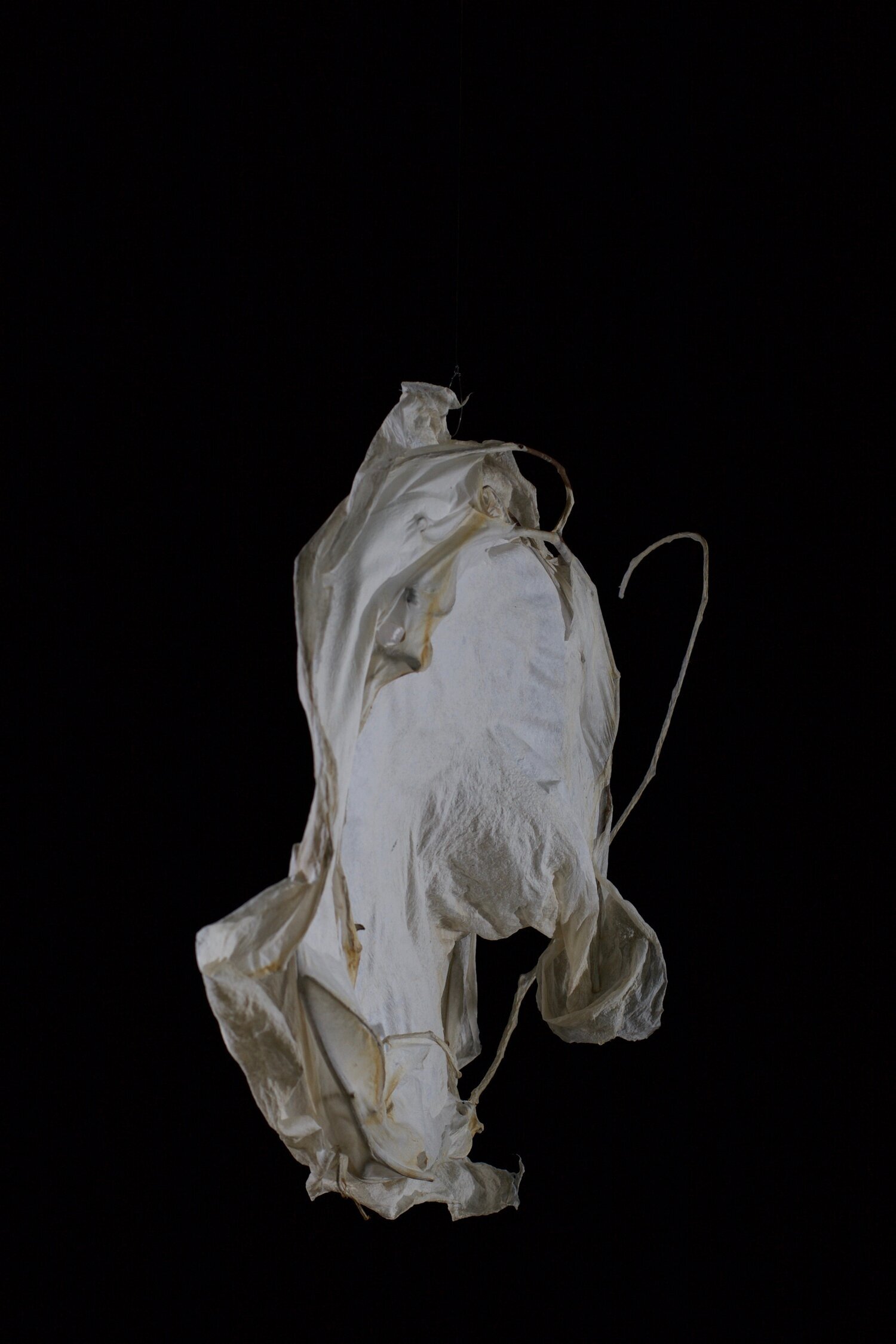
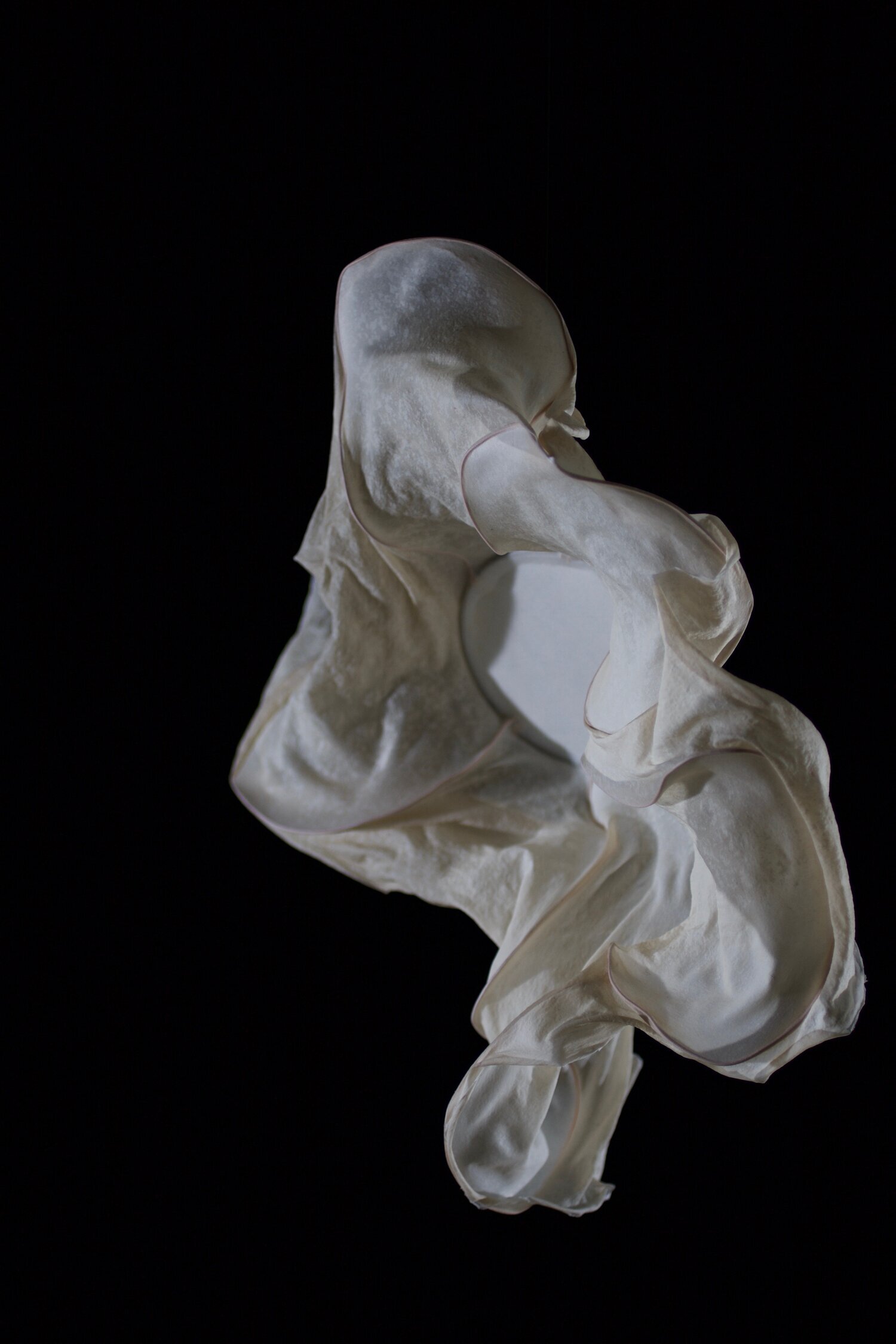
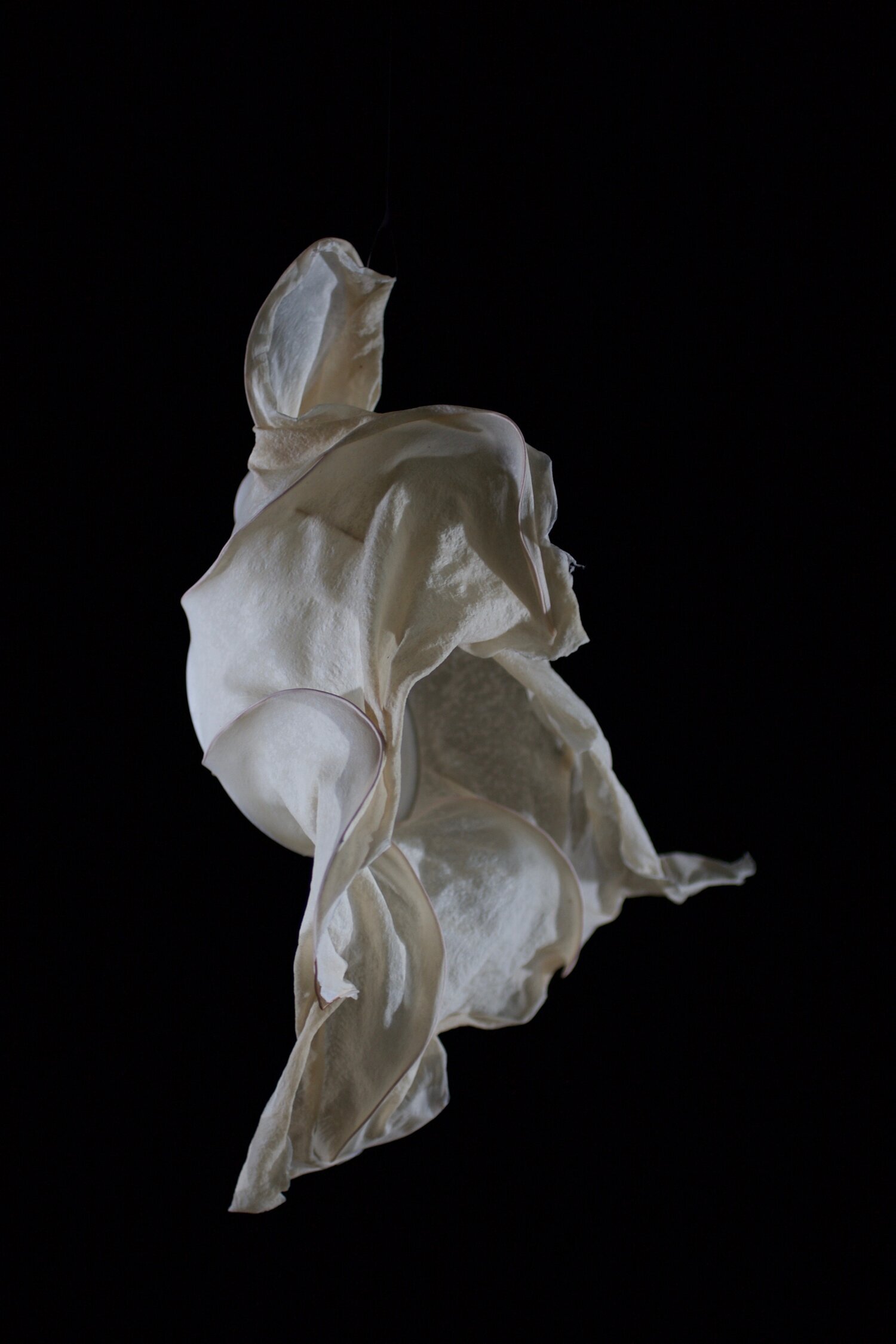
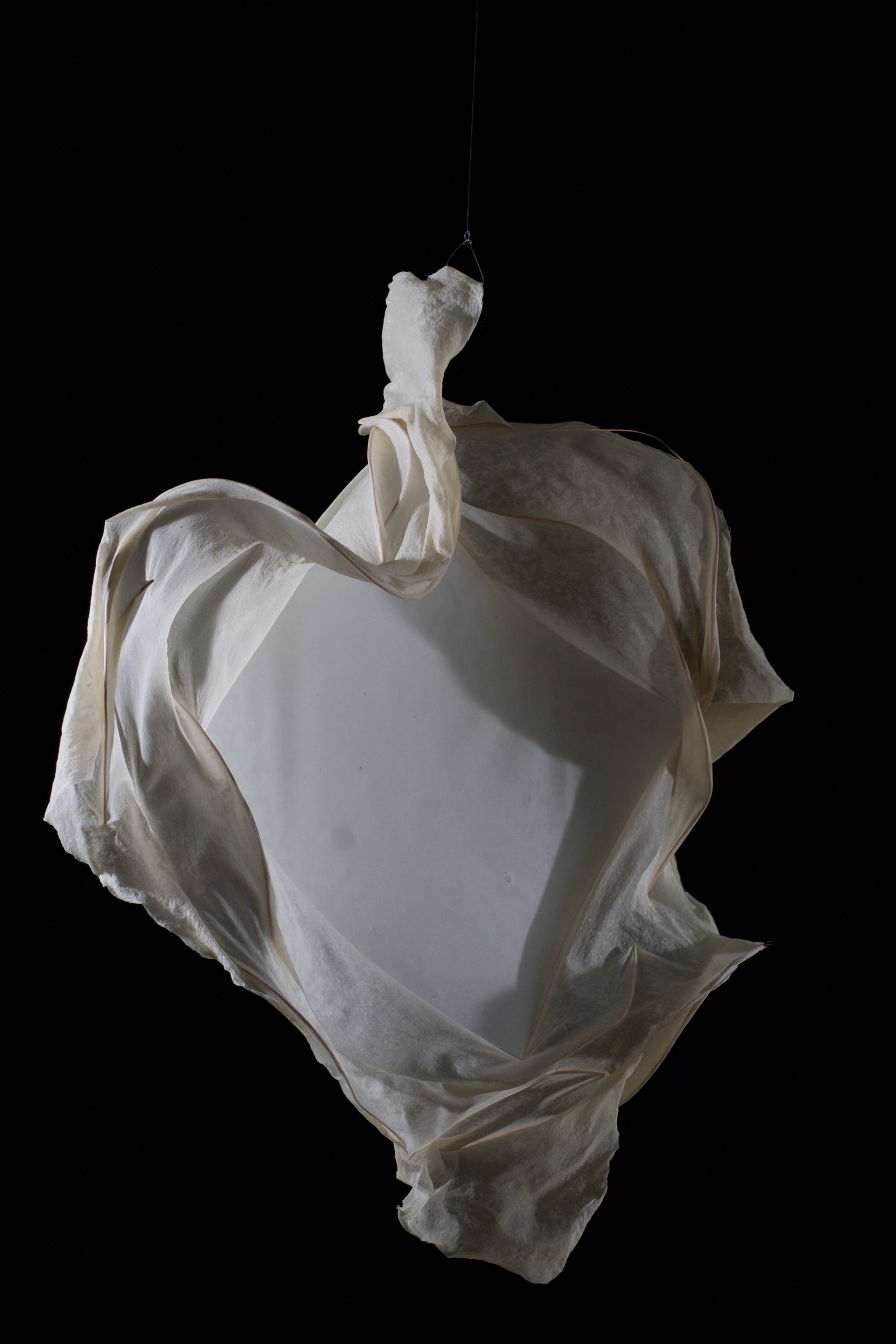
The colors extracted from plants can be vivid and intense, or subtle and delicate but whatever is the result, each has a uniqueness that can’t be replicated.
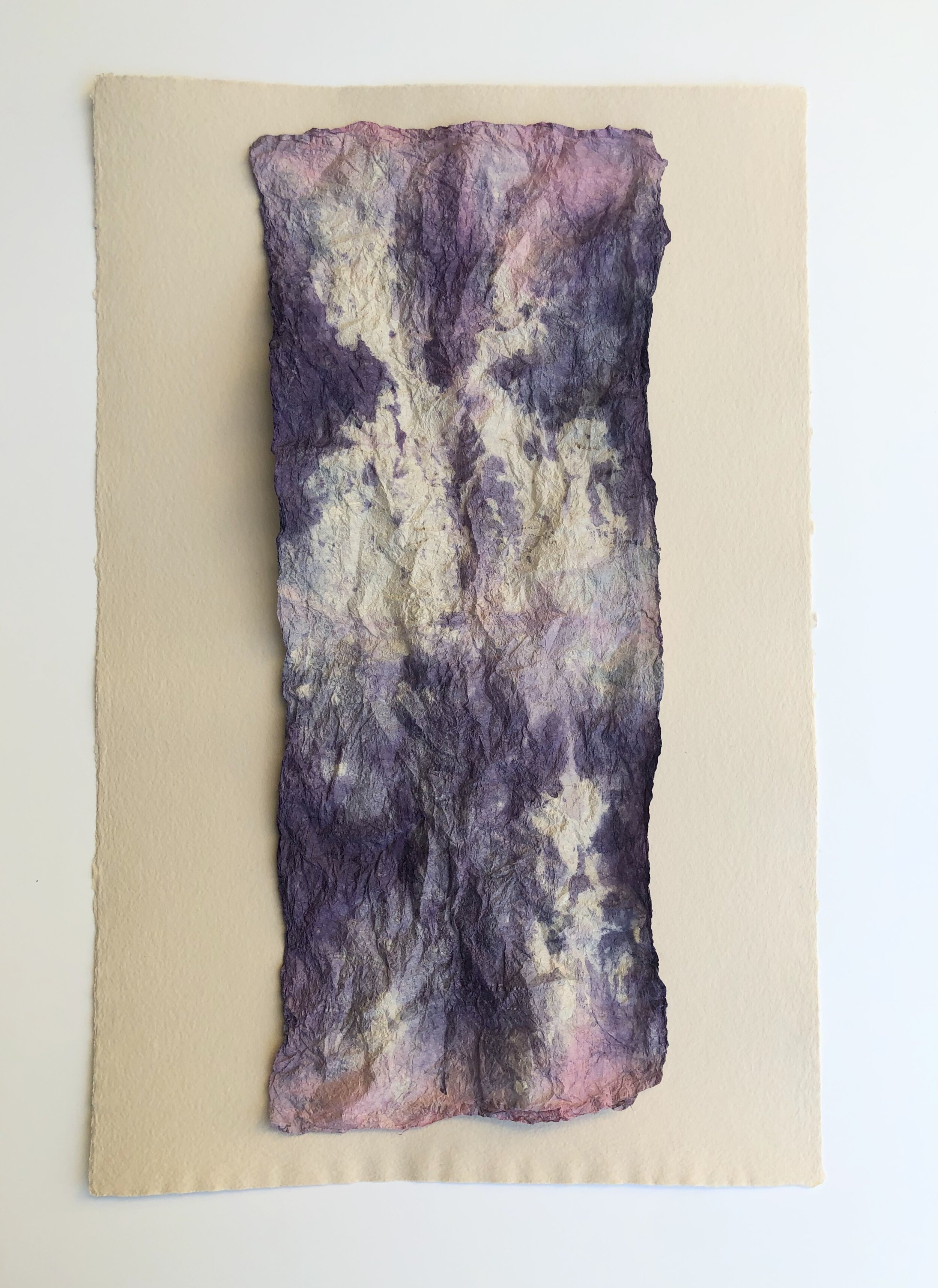
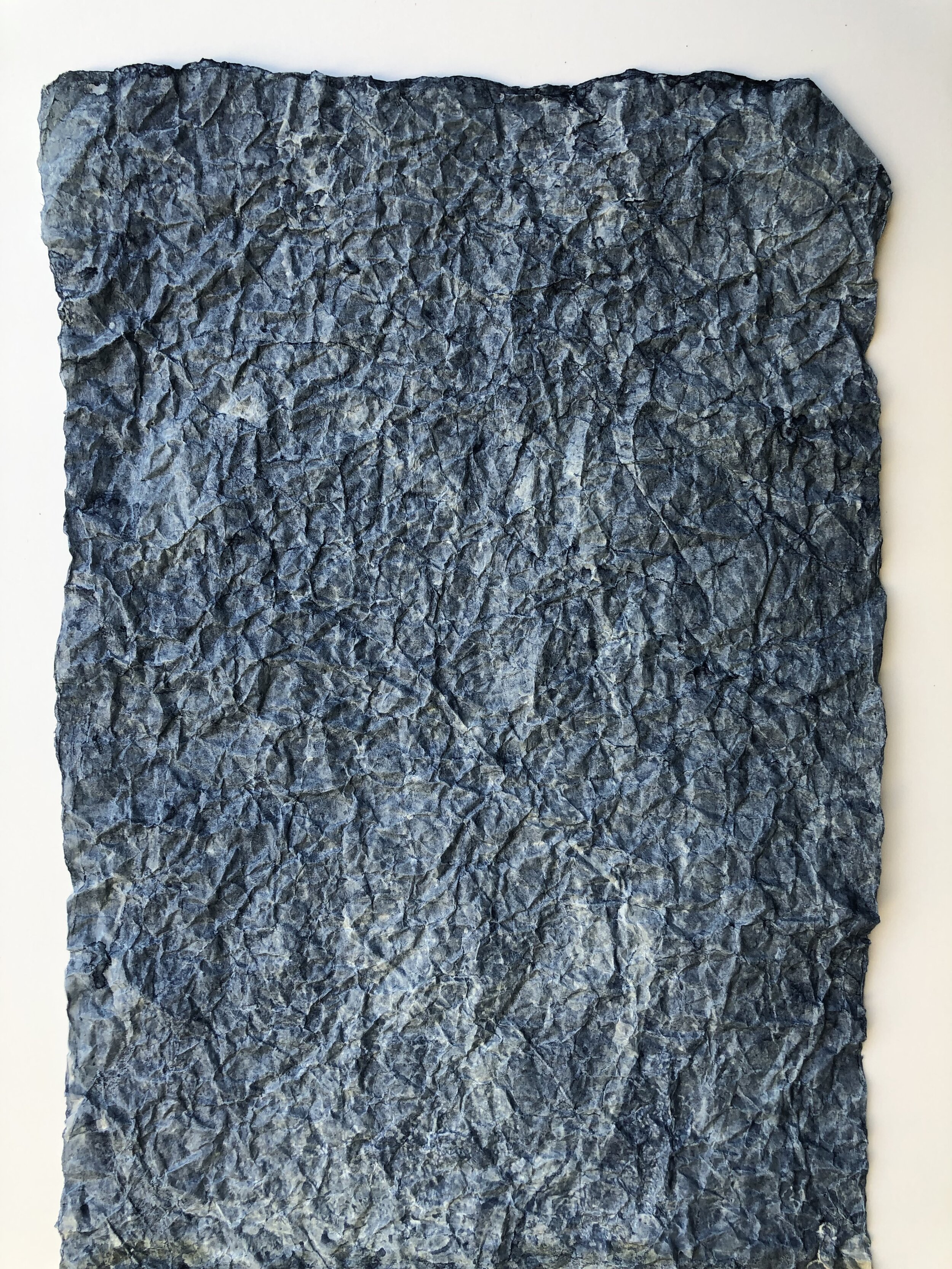
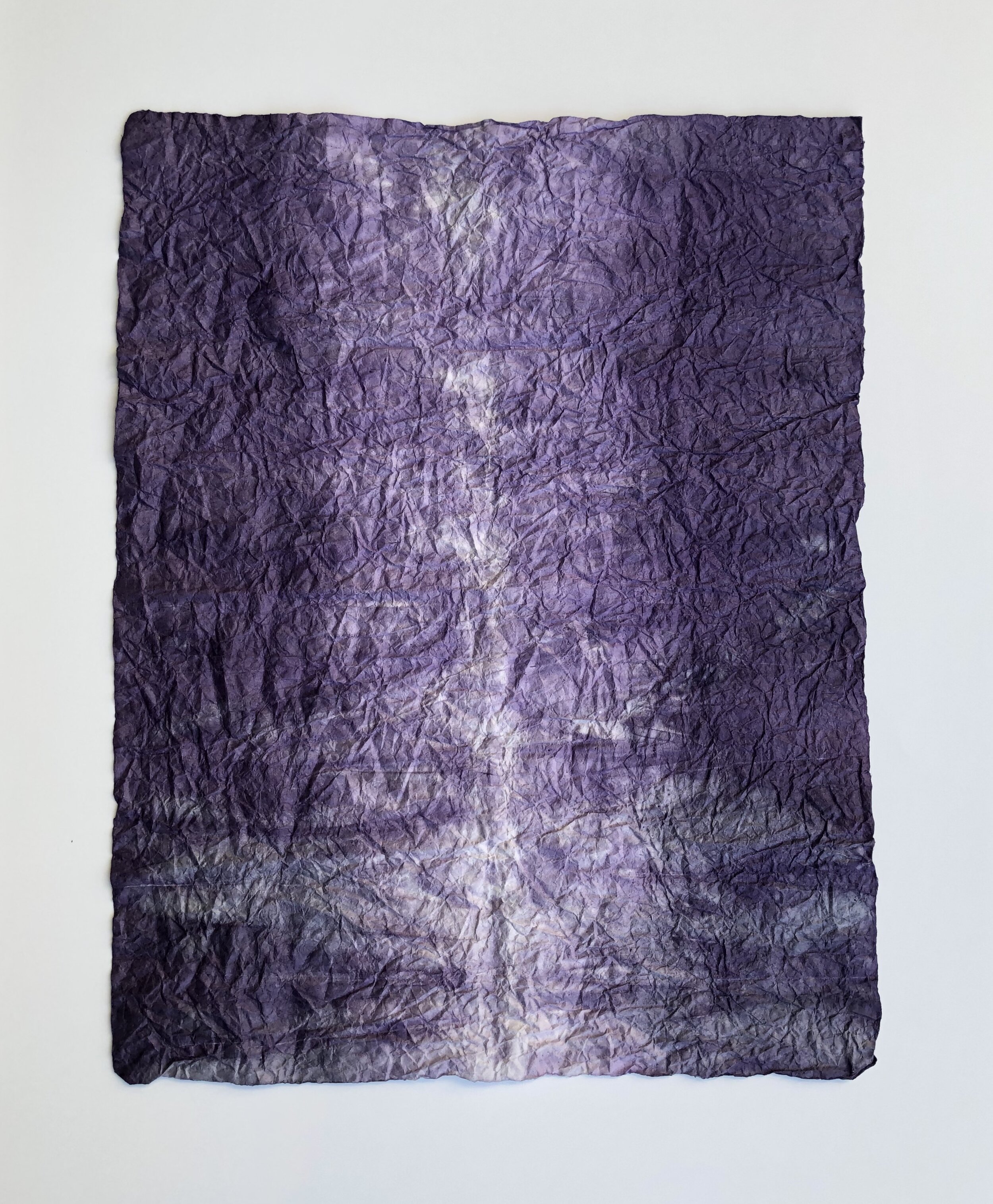
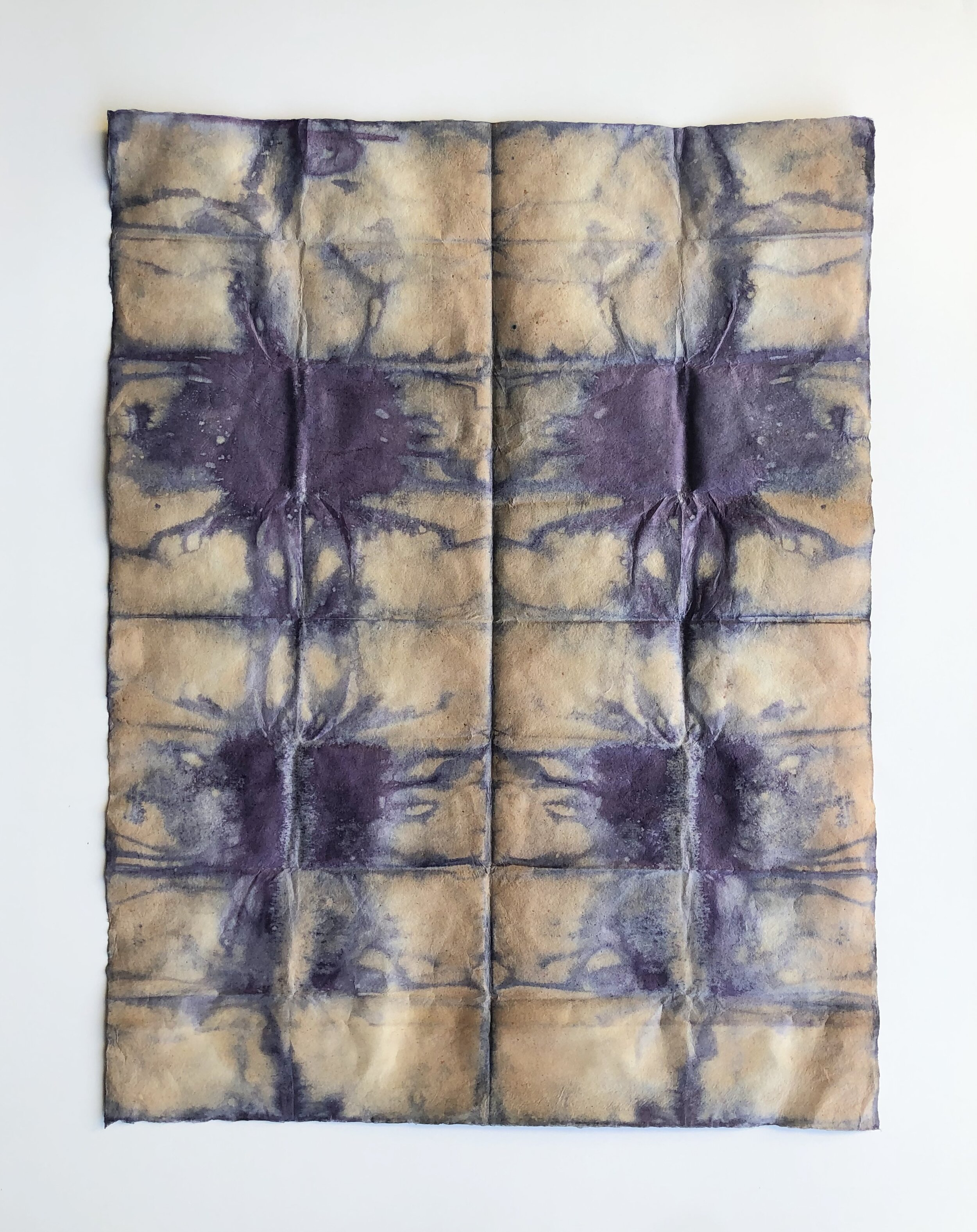
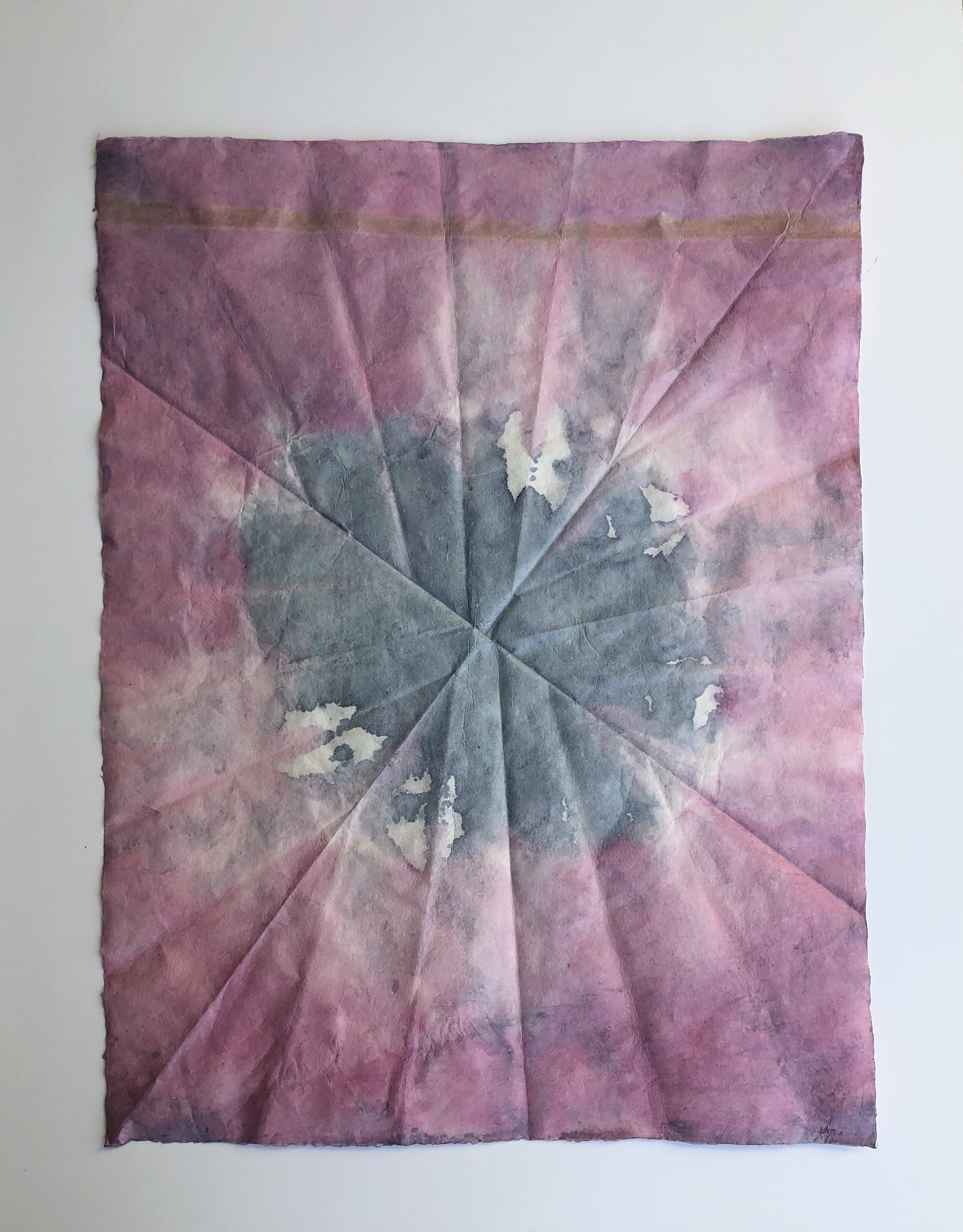

Being a vegetarian, I not only eat my vegetables but also love to make art with it. Tasty and beautiful! These vegetable papyrus are made using papermaking technique.
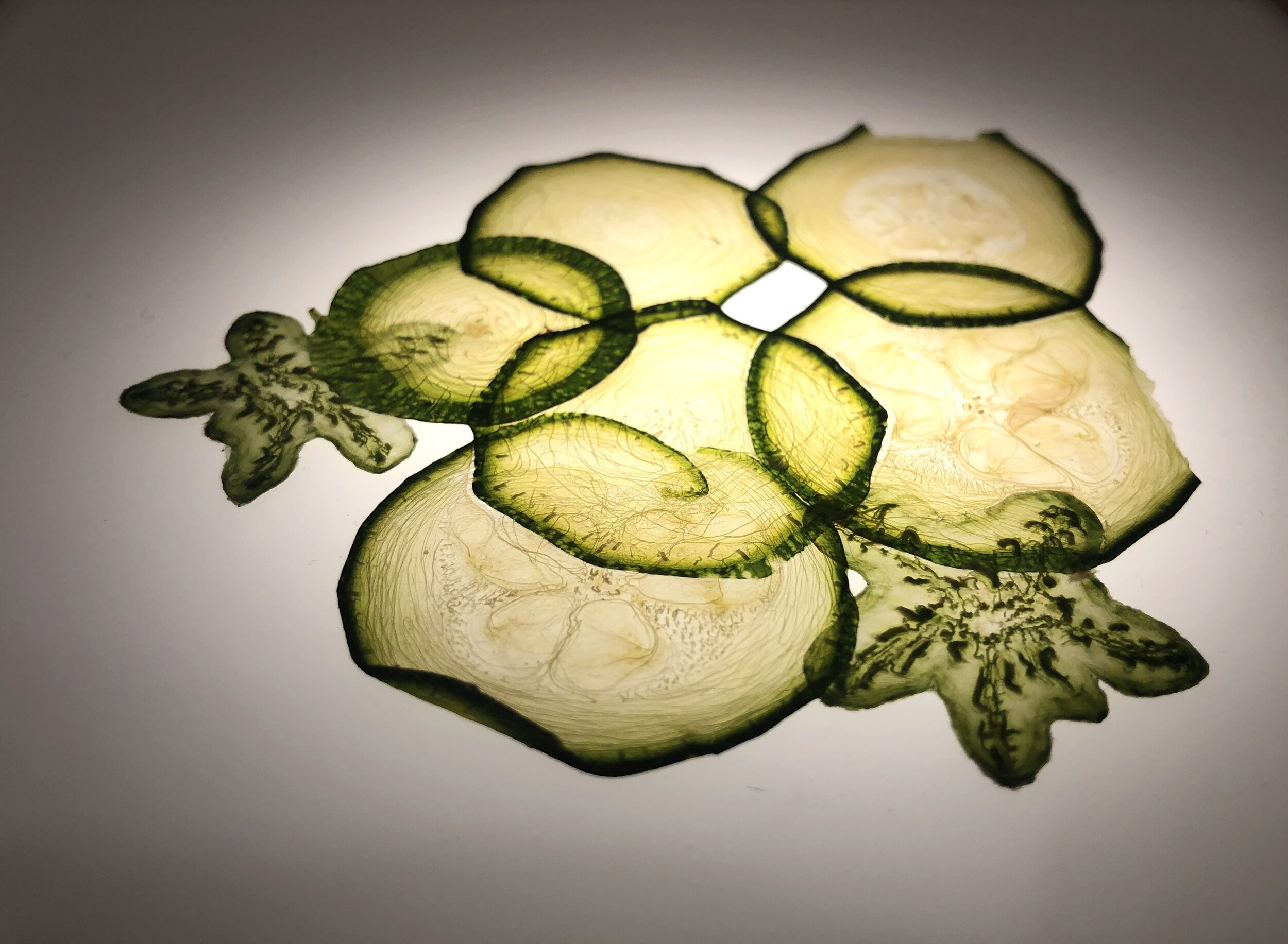
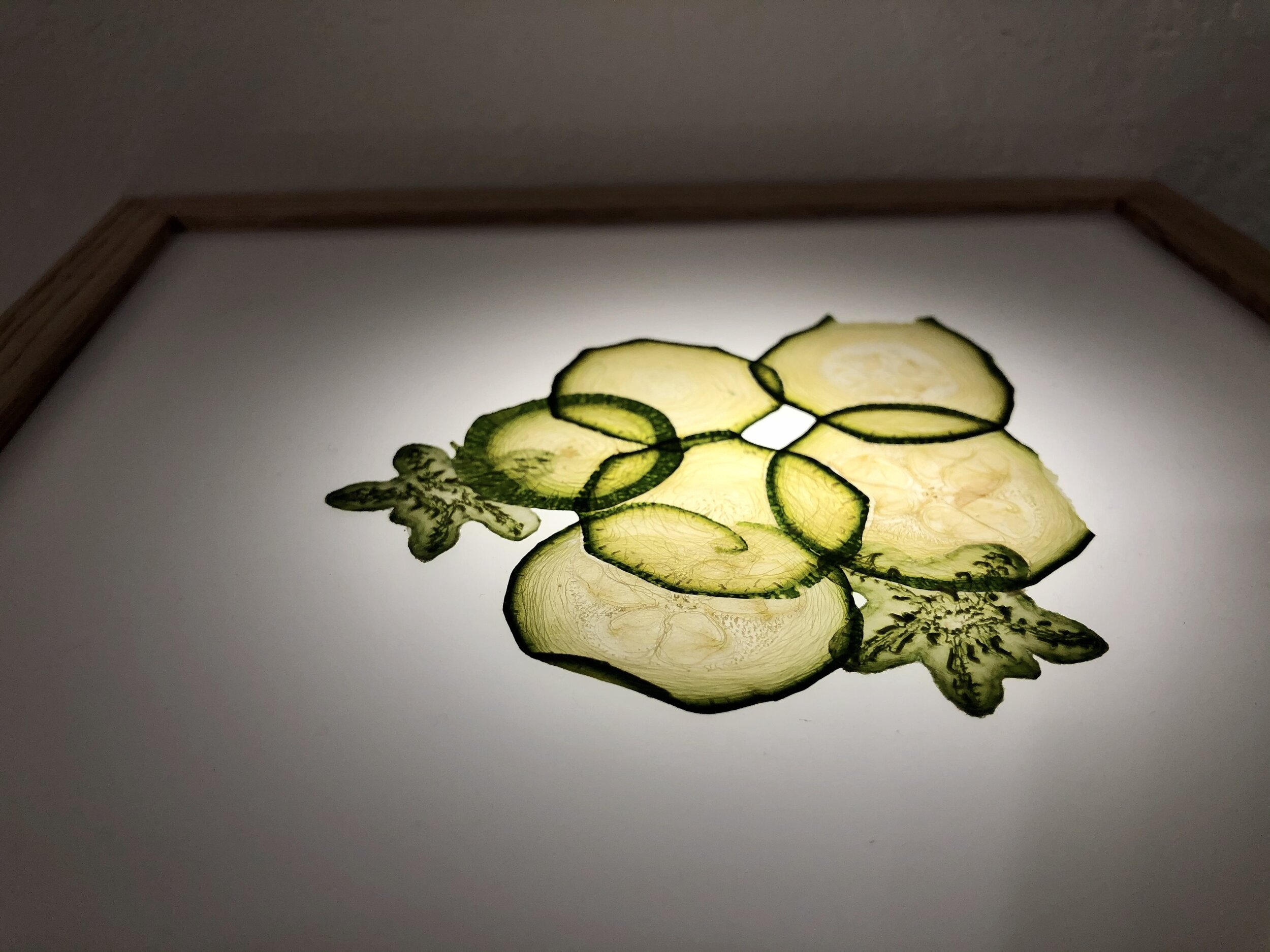
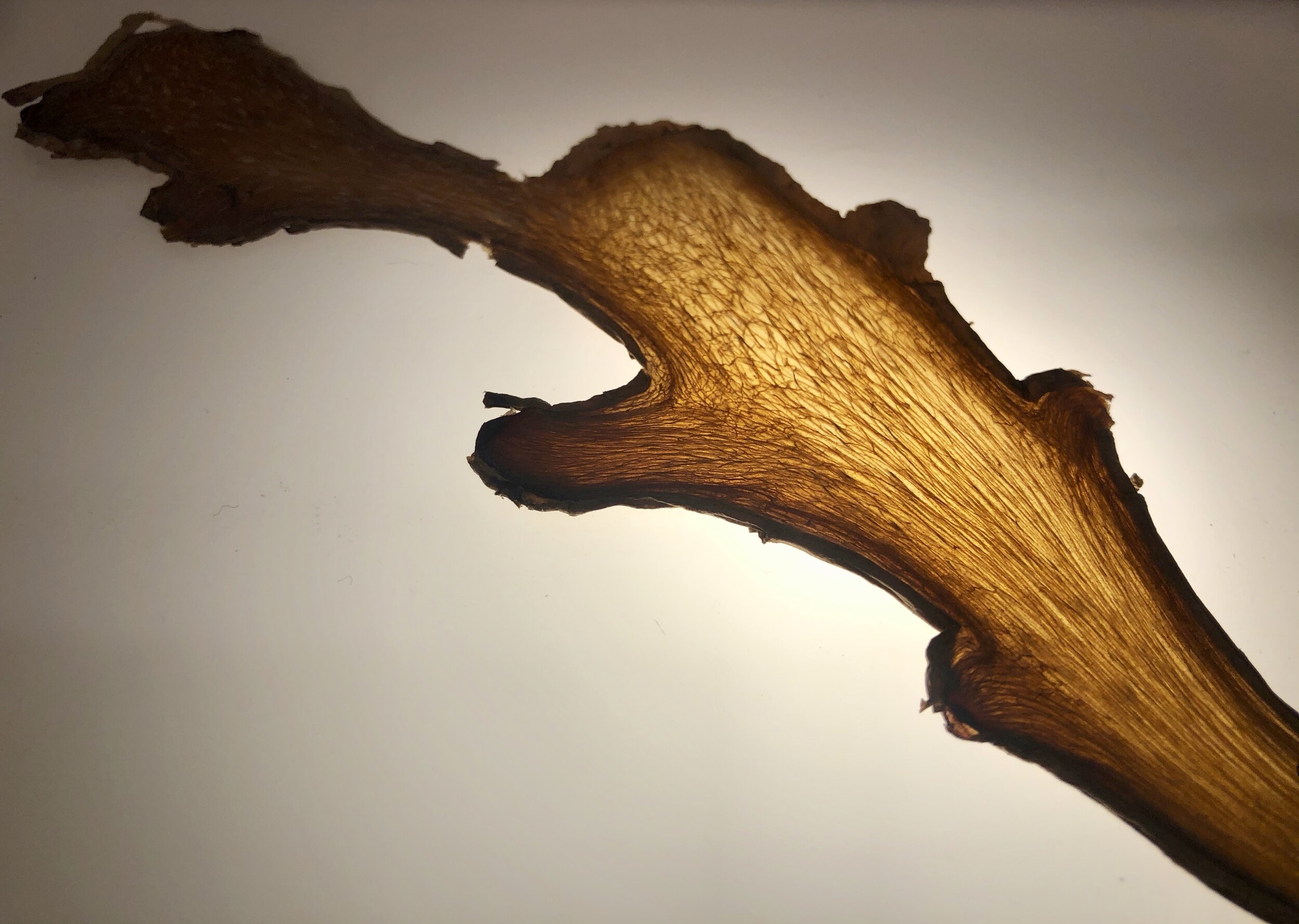
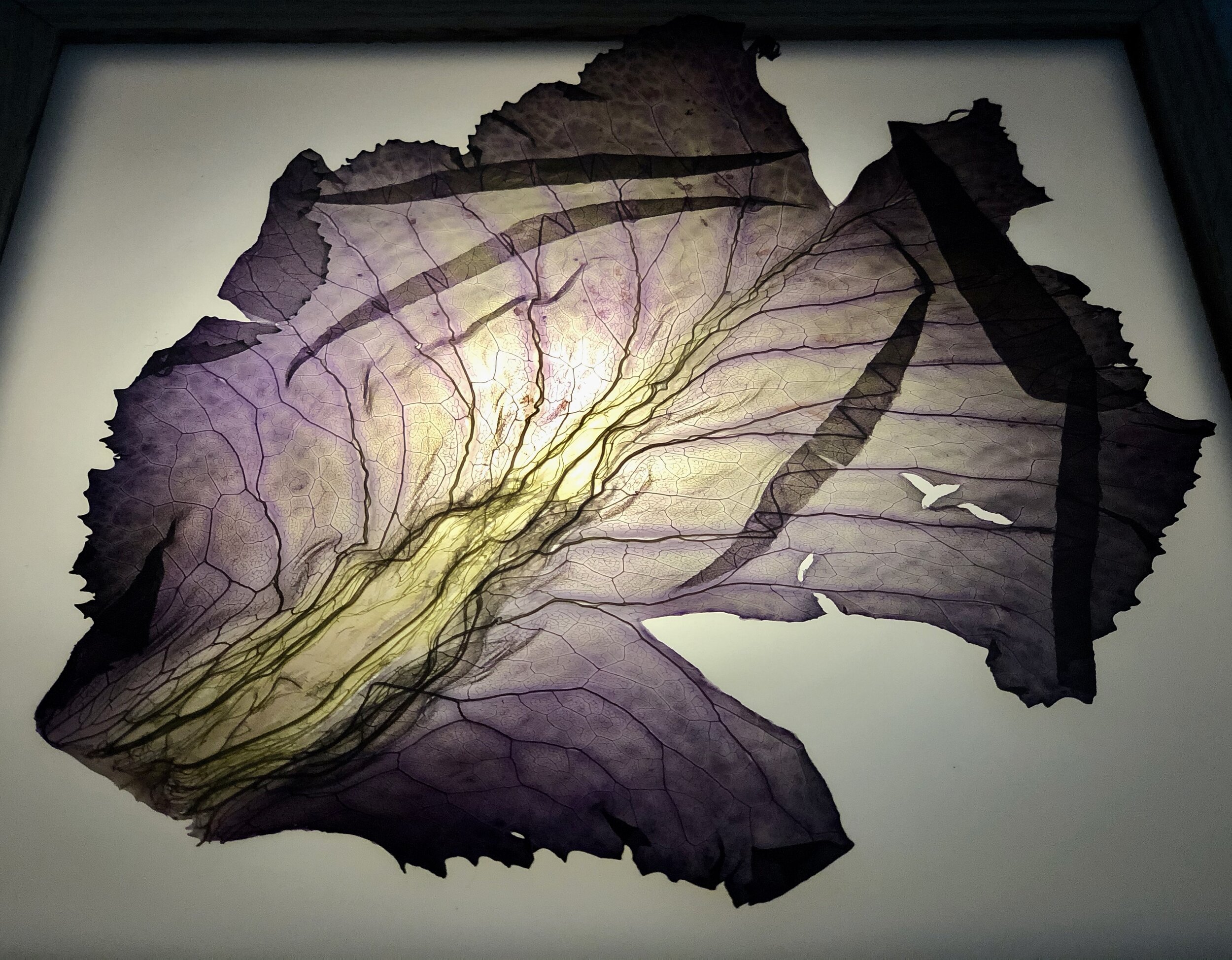
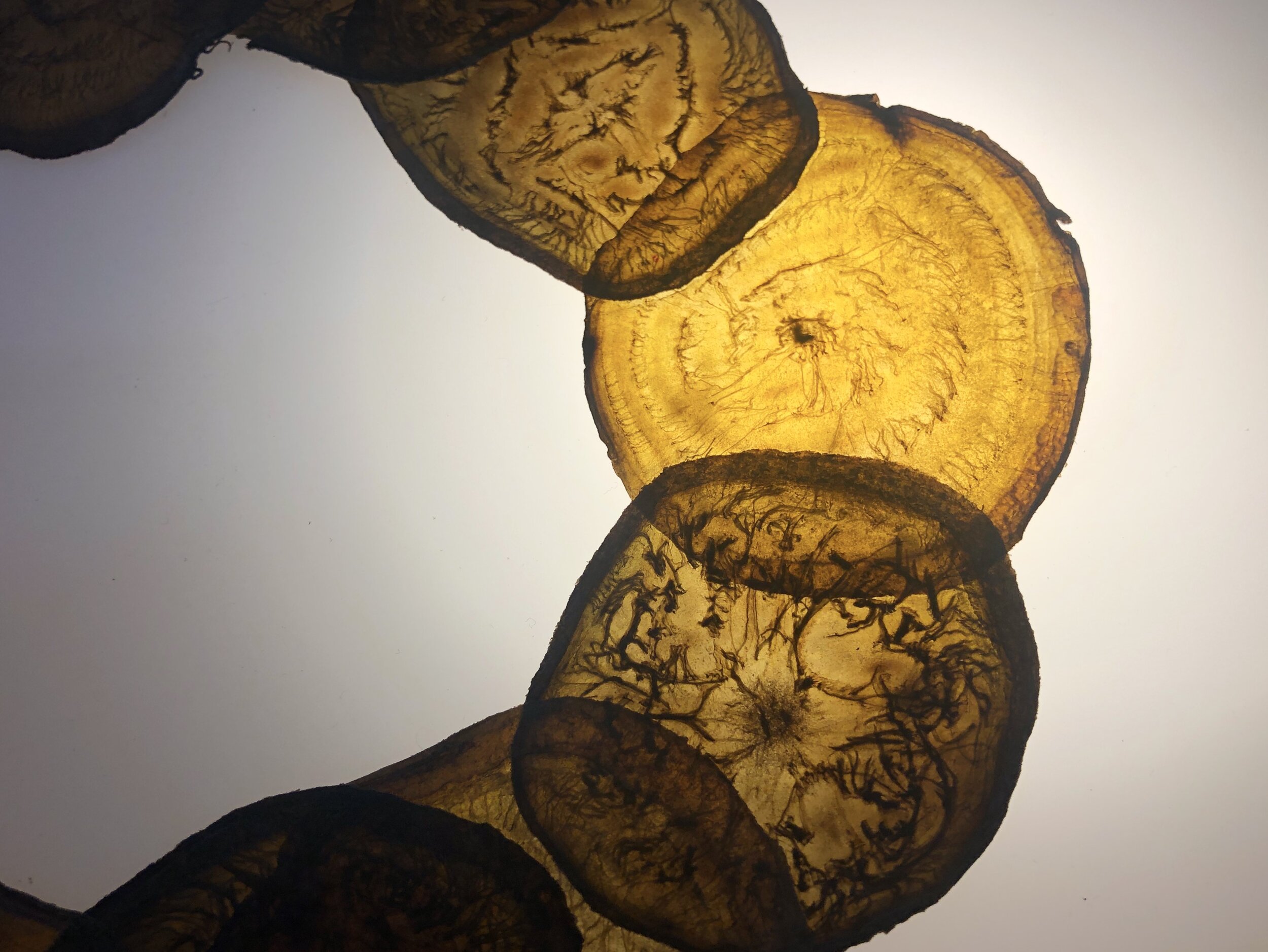

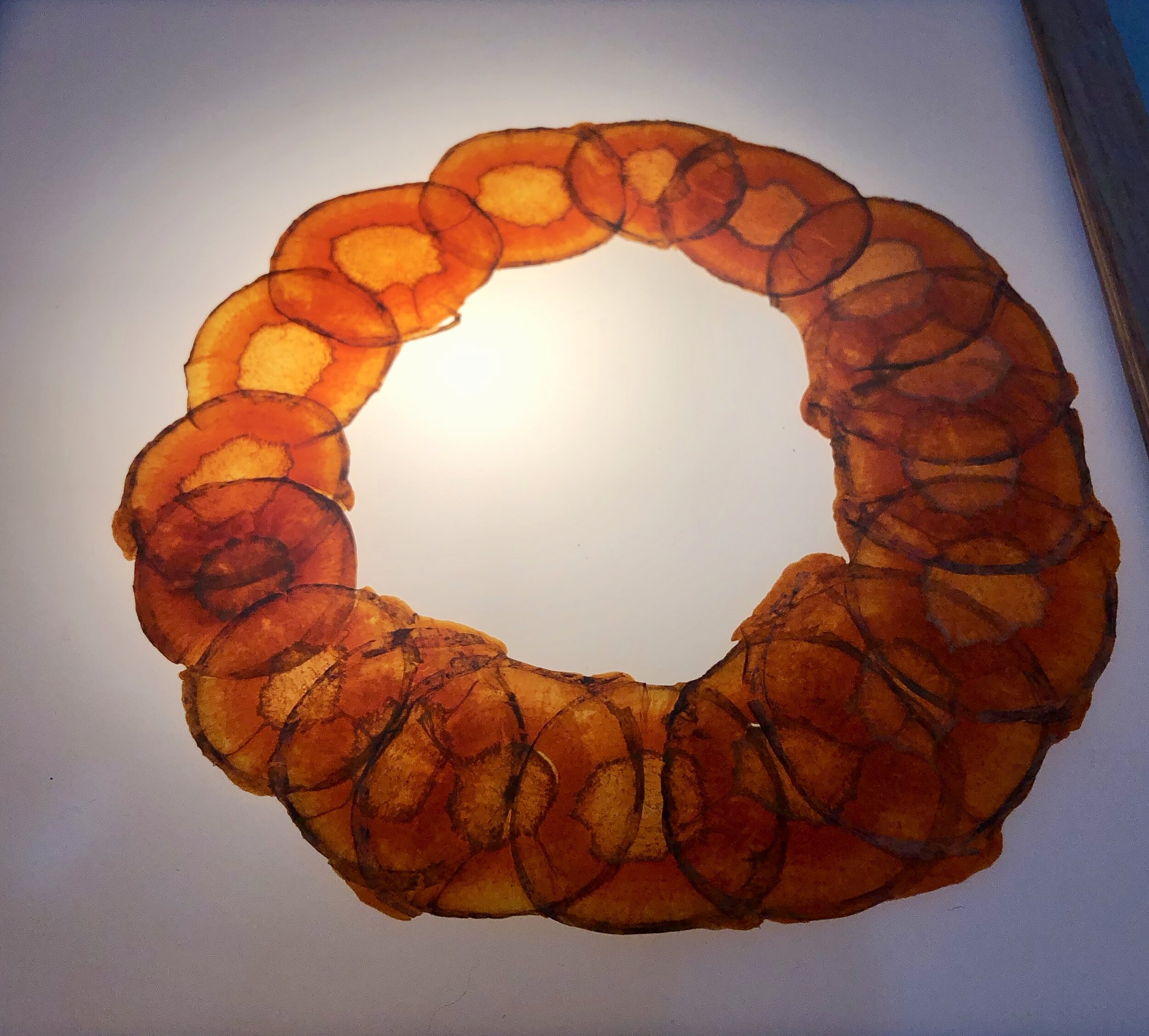
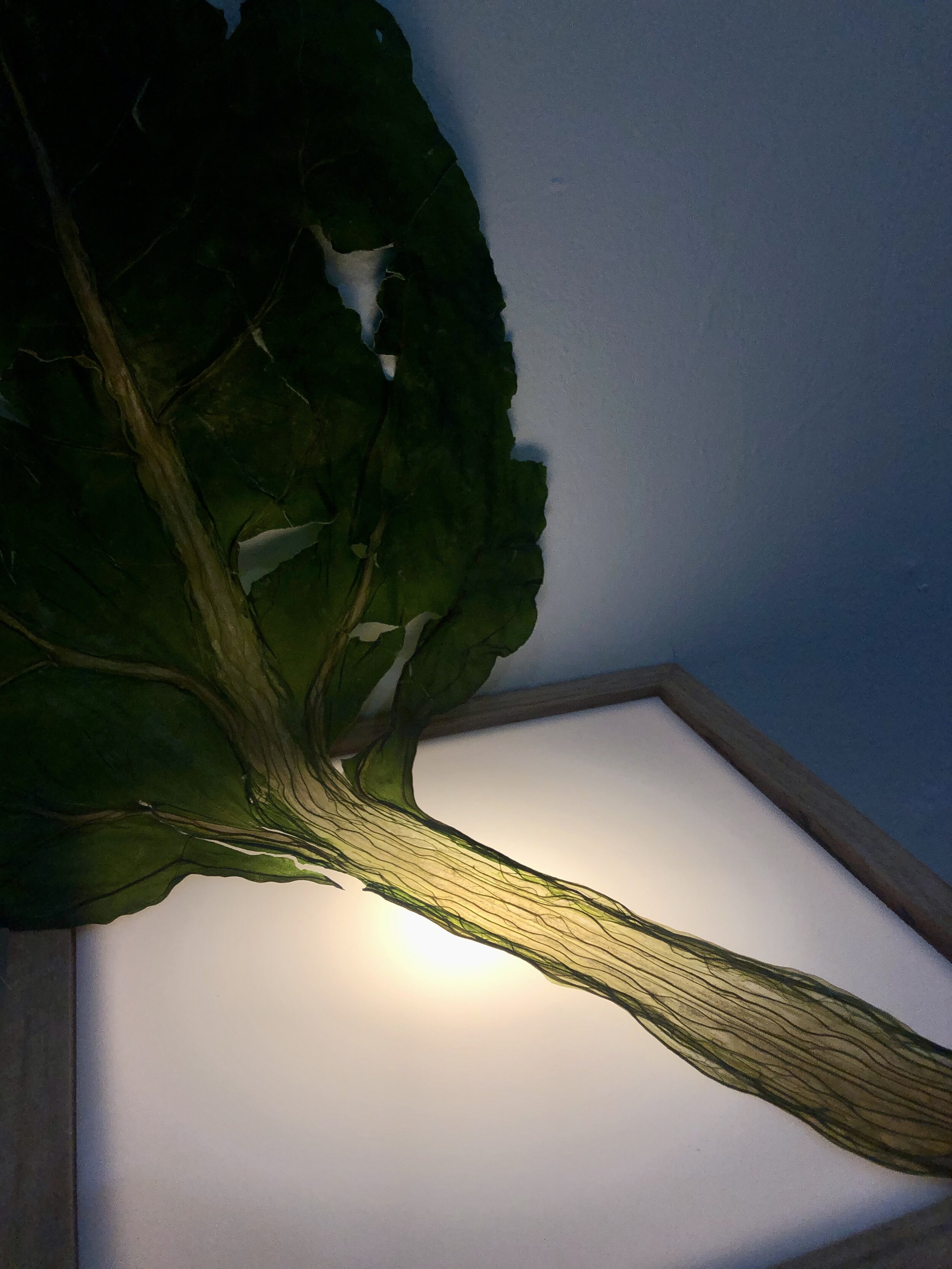
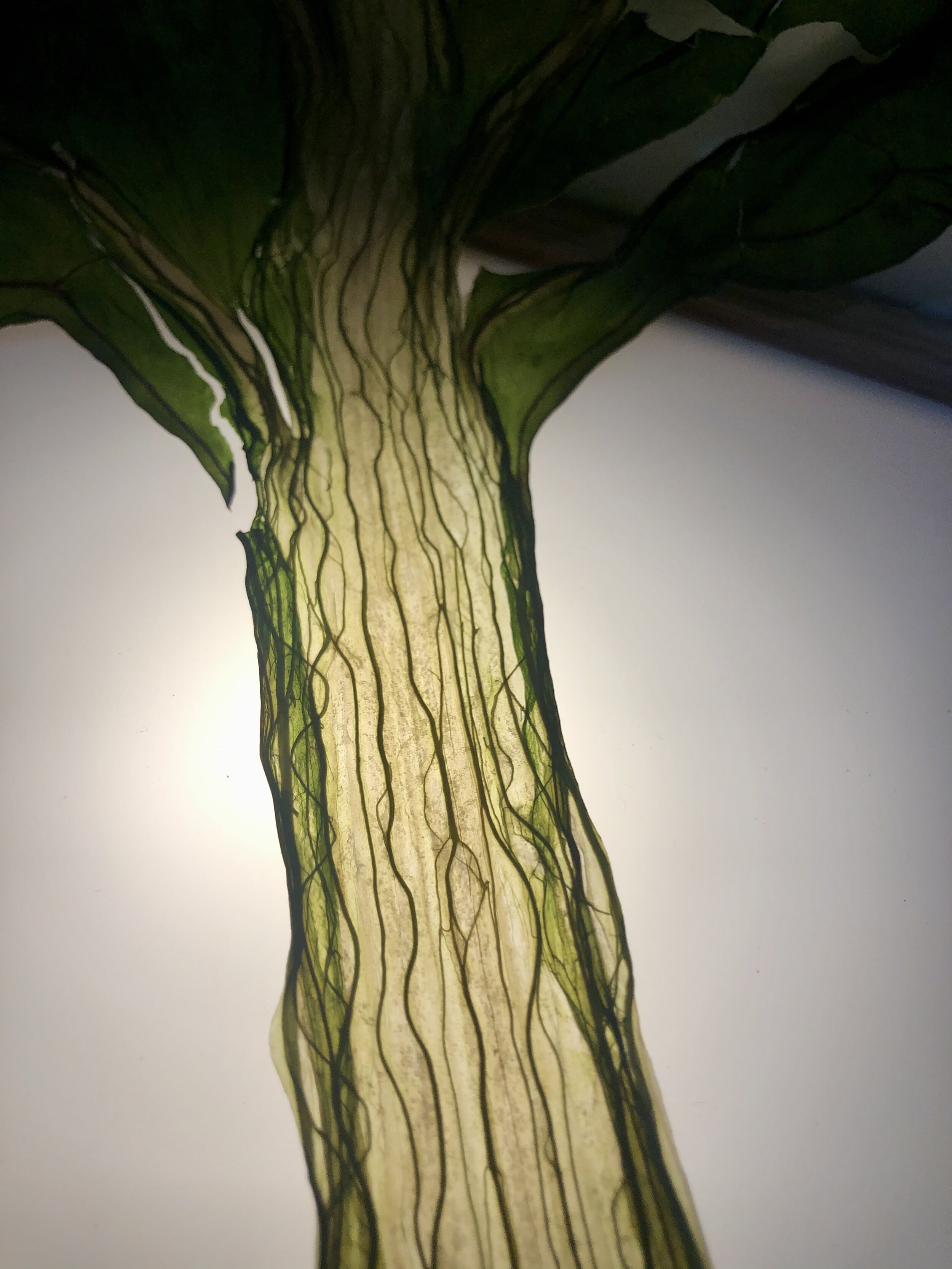
I am a Hand Papermaker and I make paper with a purpose!
Art to me is a language with no words and yet has the power to communicate, convey and connect effectively and profoundly. My everyday encounters with my children lead to curiosity, discovery, experimentation, and reflections, which carry over into my art making process. Like children, it demands a substantial amount of time, effort and attention and can be both laborious and gratifying.
I absolutely love working with my children in the studio to have fun and engagement but most importantly to help them explore, comprehend, and develop a deeper connection with the art making process.
I owe the creative side of me to my mother and the critical side to my father. Today, I am able to experience, nurture and utilize these aspects in my personal and professional life. I am very grateful to them!
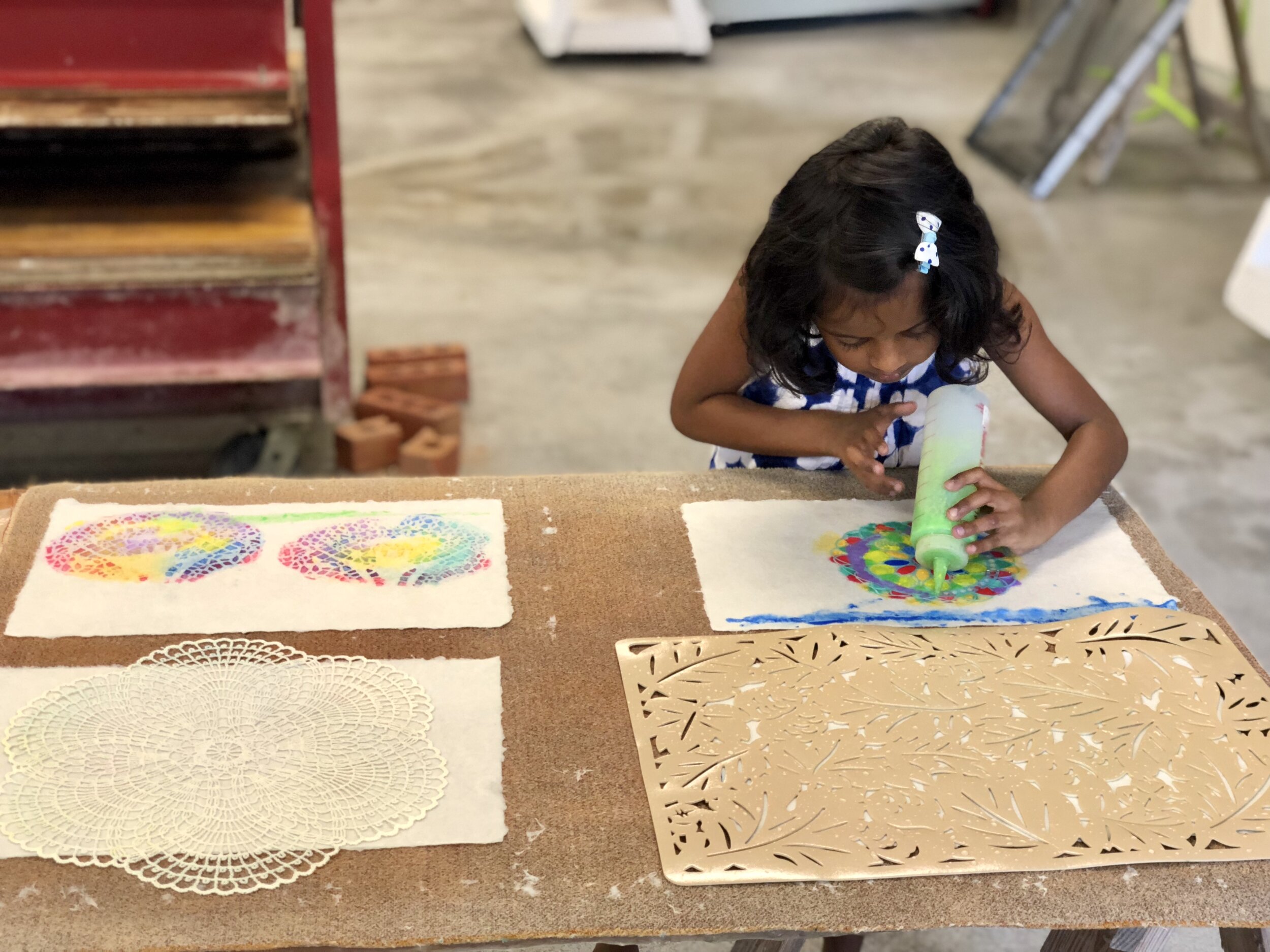
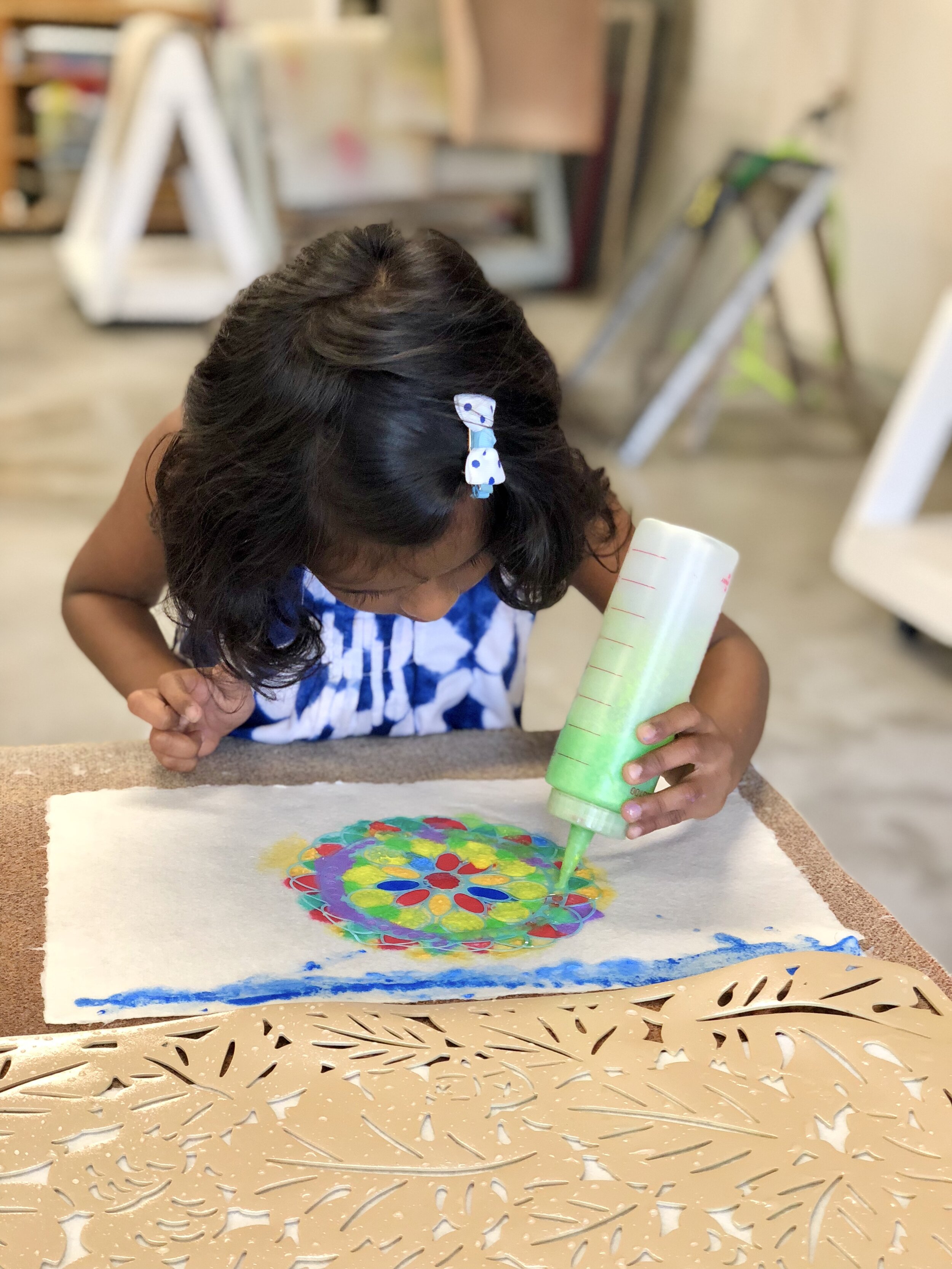
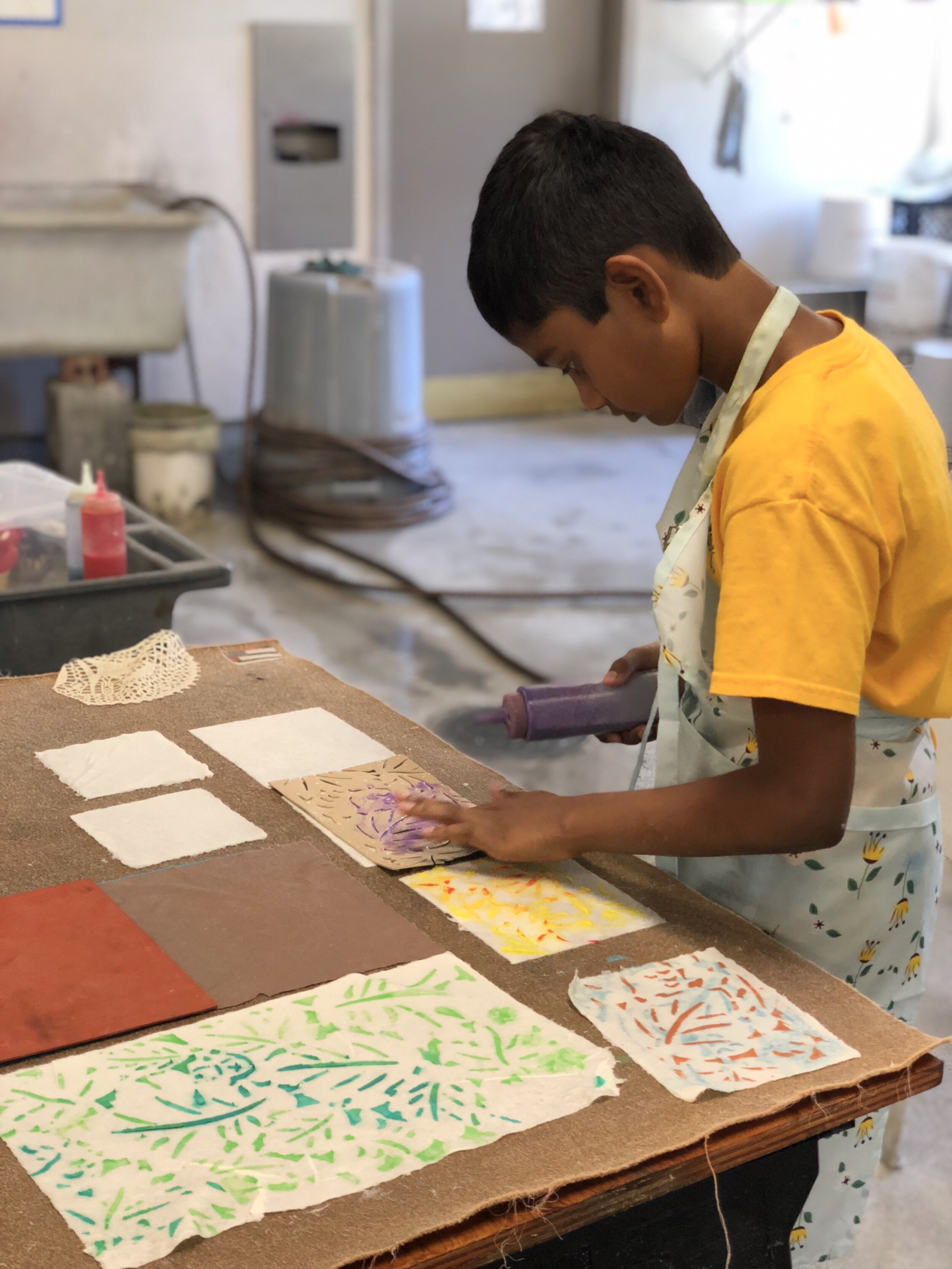
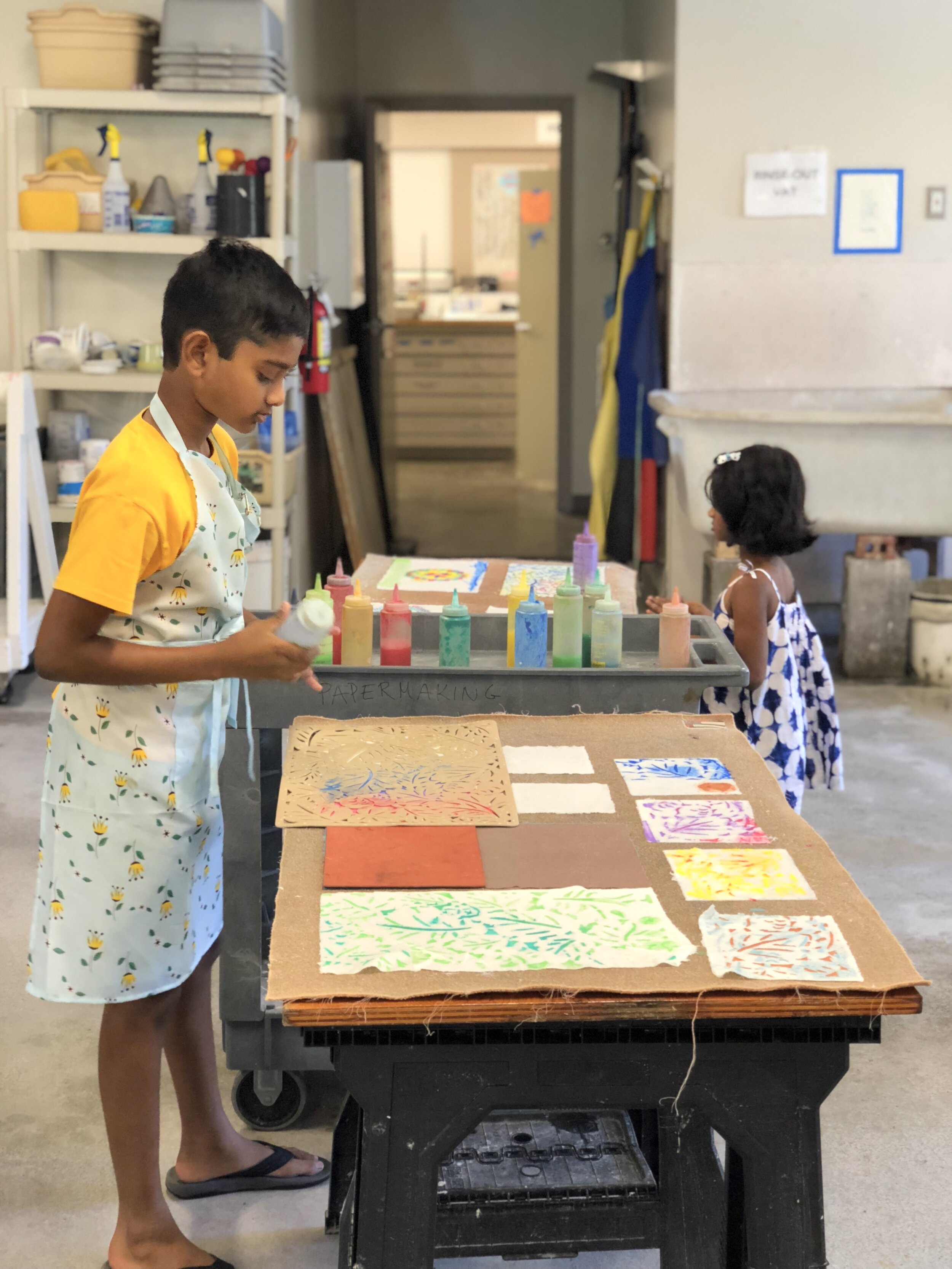
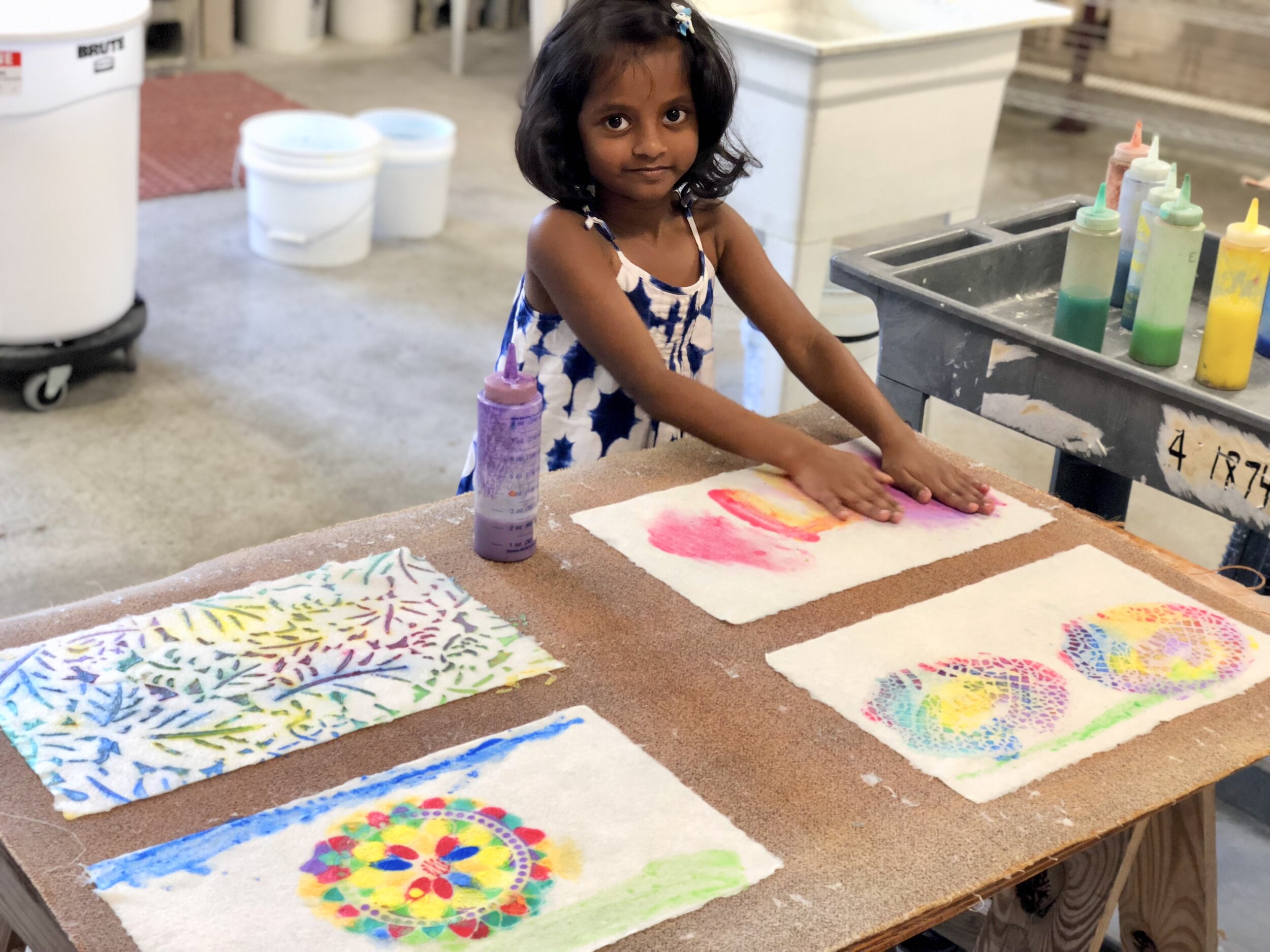


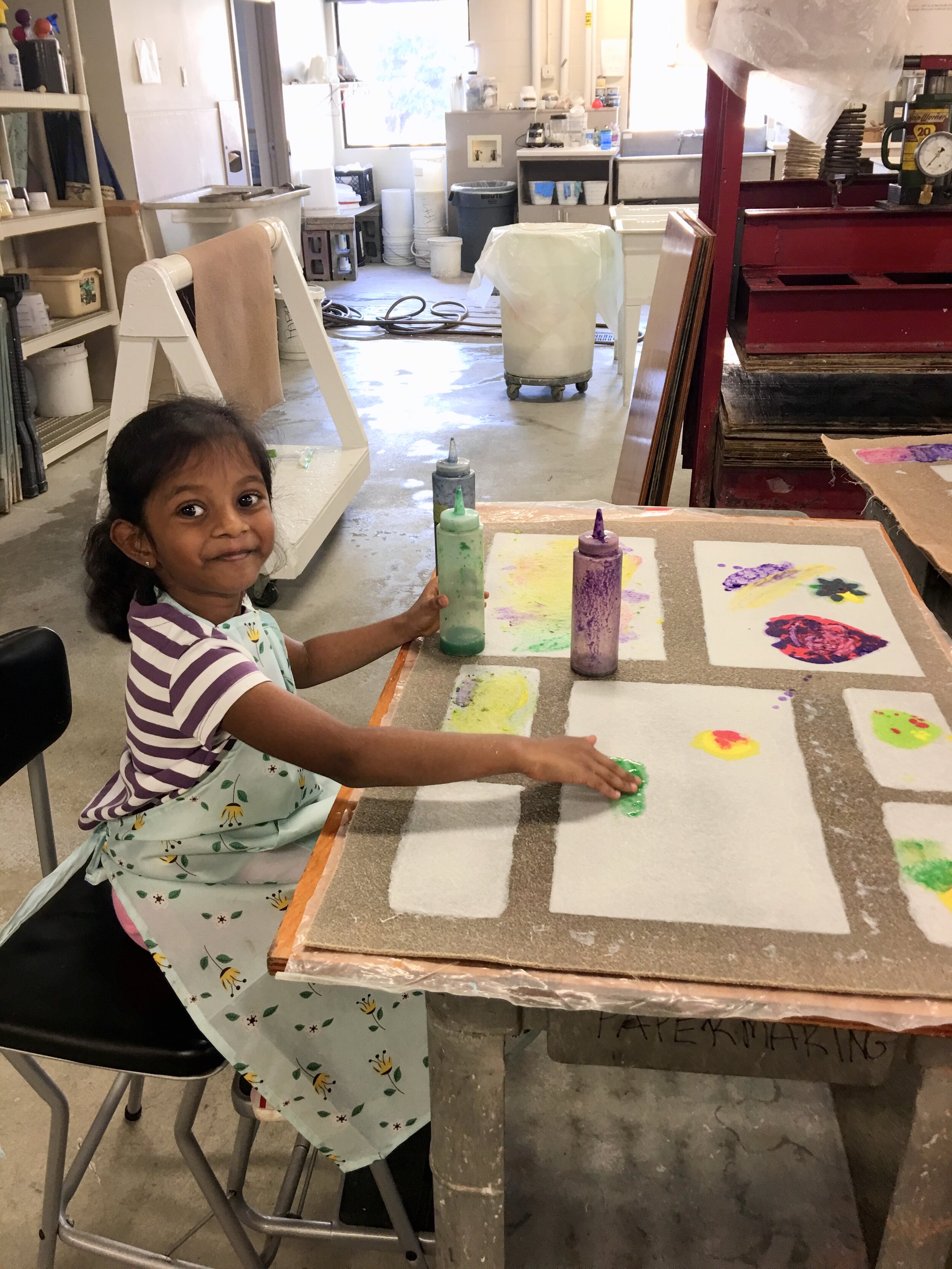
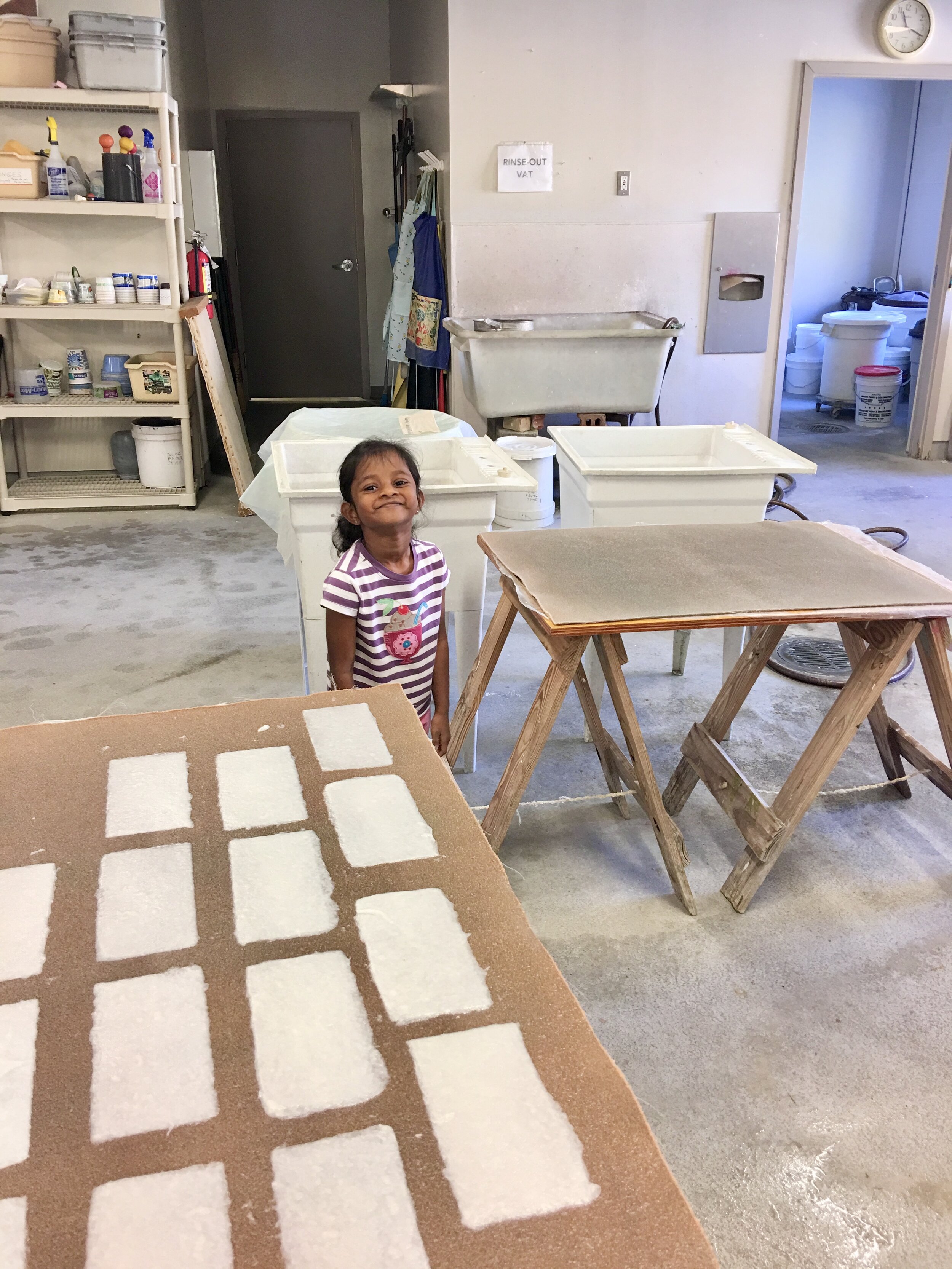
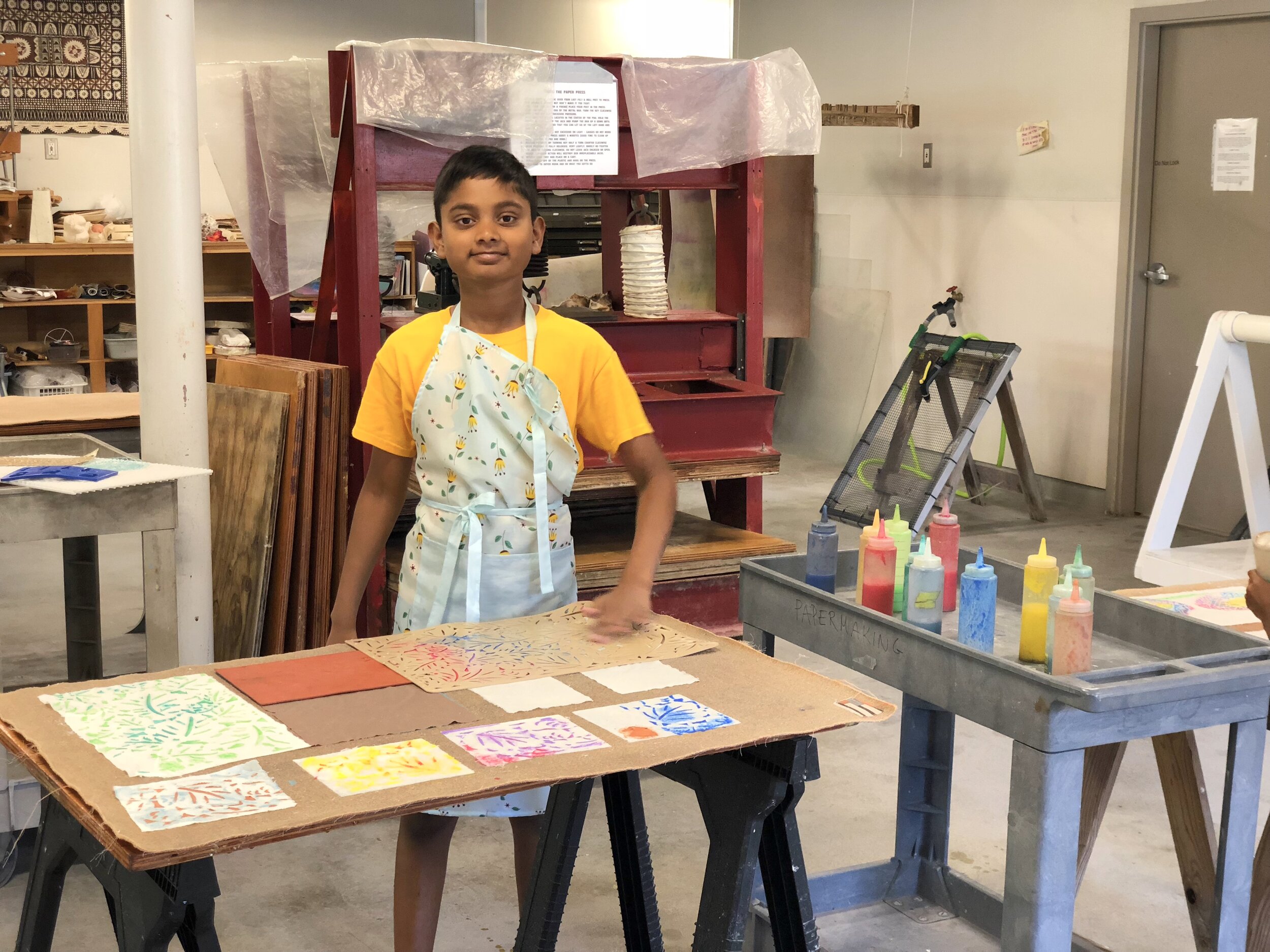
These Monotypes were the beginning of my exploration to understand how natural dyes interact, respond and blend with each other, just like how, various plants coexist in an ecosystem. The colors extracted from plants can be vivid and intense, or subtle and delicate but whatever is the result, each has a uniqueness that can’t be replicated.
Made Paper with Cotton rag. 15”X15”
I have tried printing these monotypes on paper made with cotton and abaca 80/20 blend as well as 100% cotton. The results varied a bit. The print on cotton paper were much brighter compared to cotton/abaca.

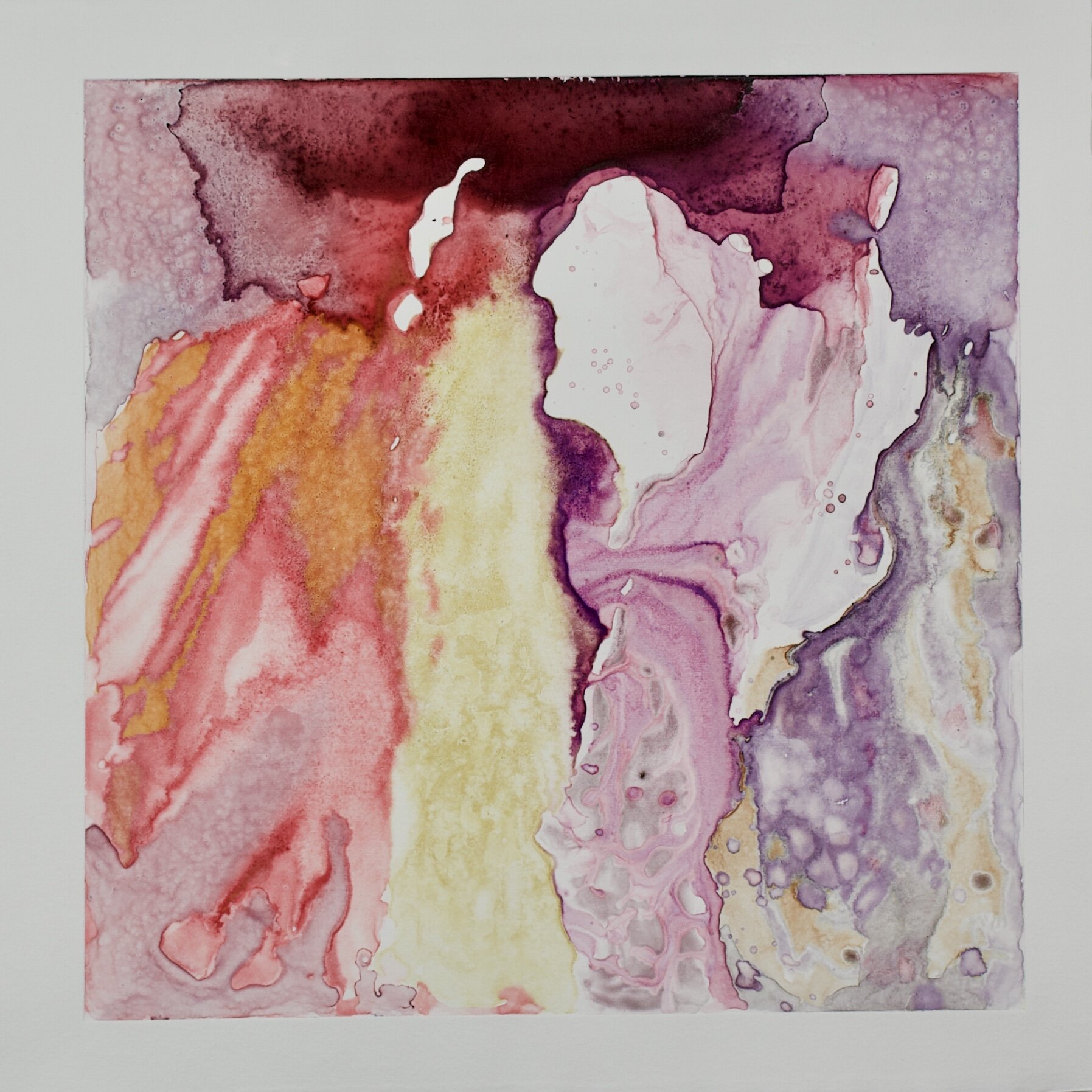
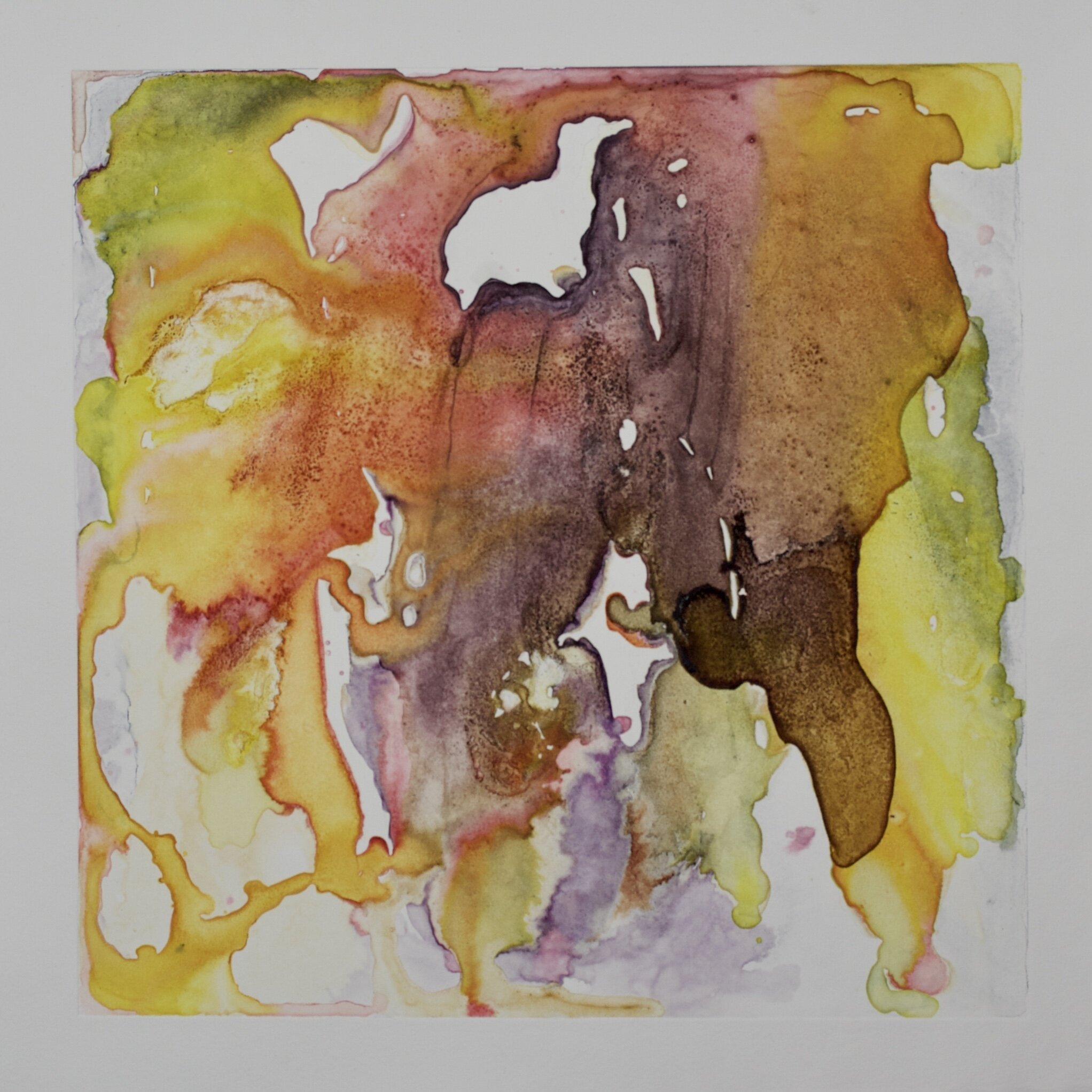
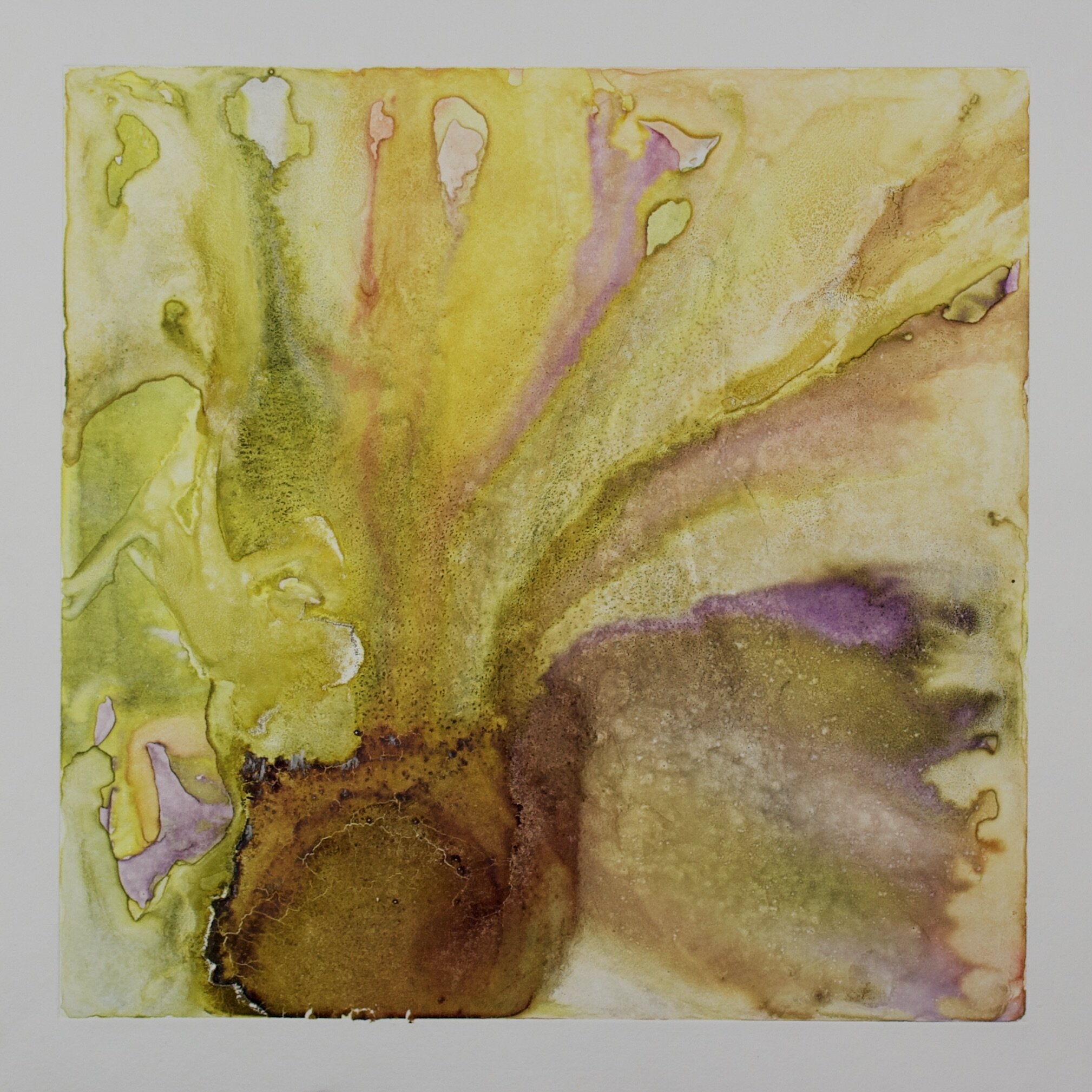
The process of handmade papermaking is a bit like cooking, in that, there are ingredients, and you put them together to create something that is more than the sum of its parts. It creates an artistic means of expression in my work.
In order to make sheets of paper, the fiber is soaked, cooked, cleaned, pounded then formed into sheets and finally dried. All these steps in aggregate takes over 24 hrs. I call this, A TRUE LABOR OF LOVE process.
Fibers: Kozo, Gampi and Iris.
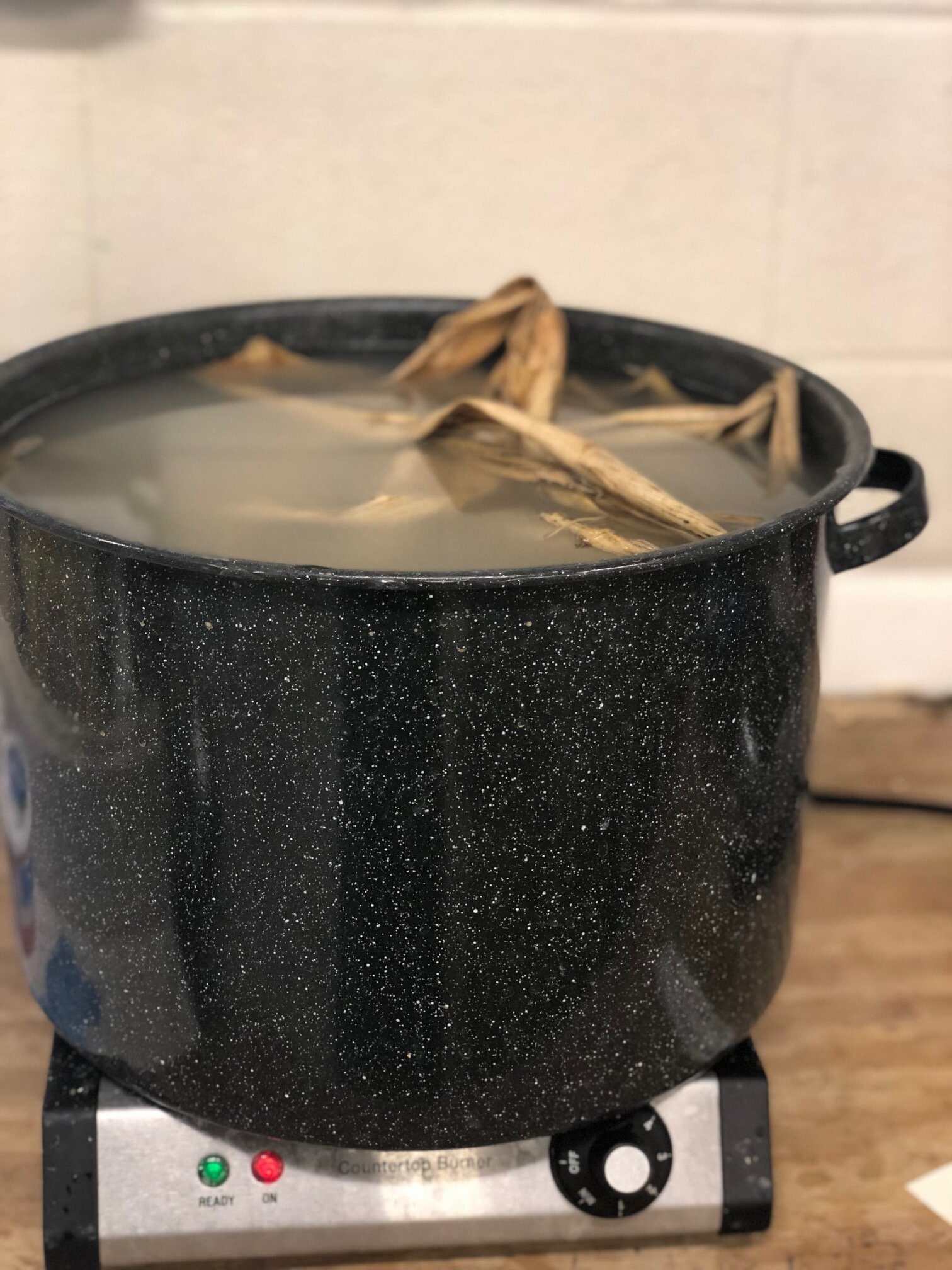
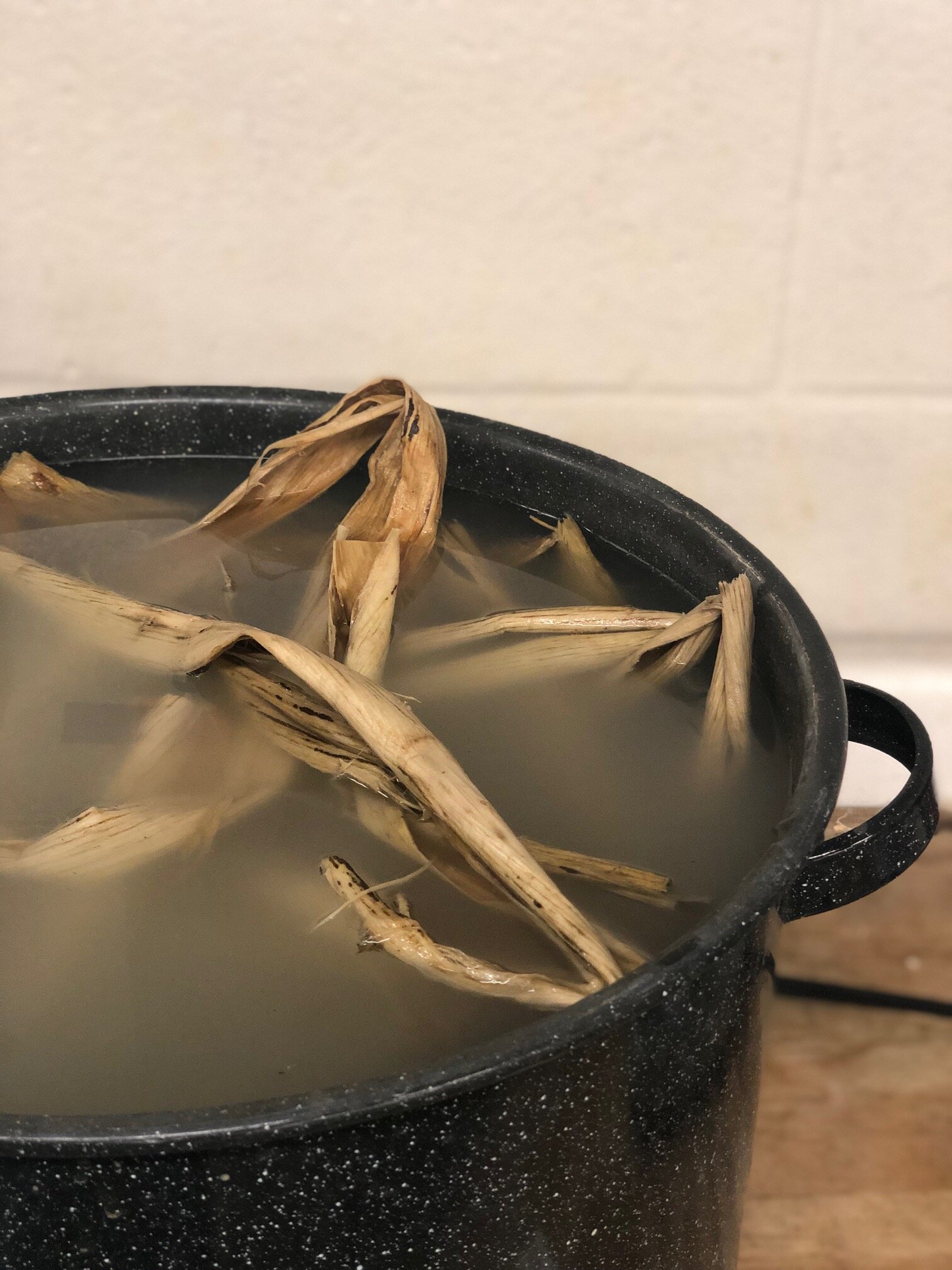
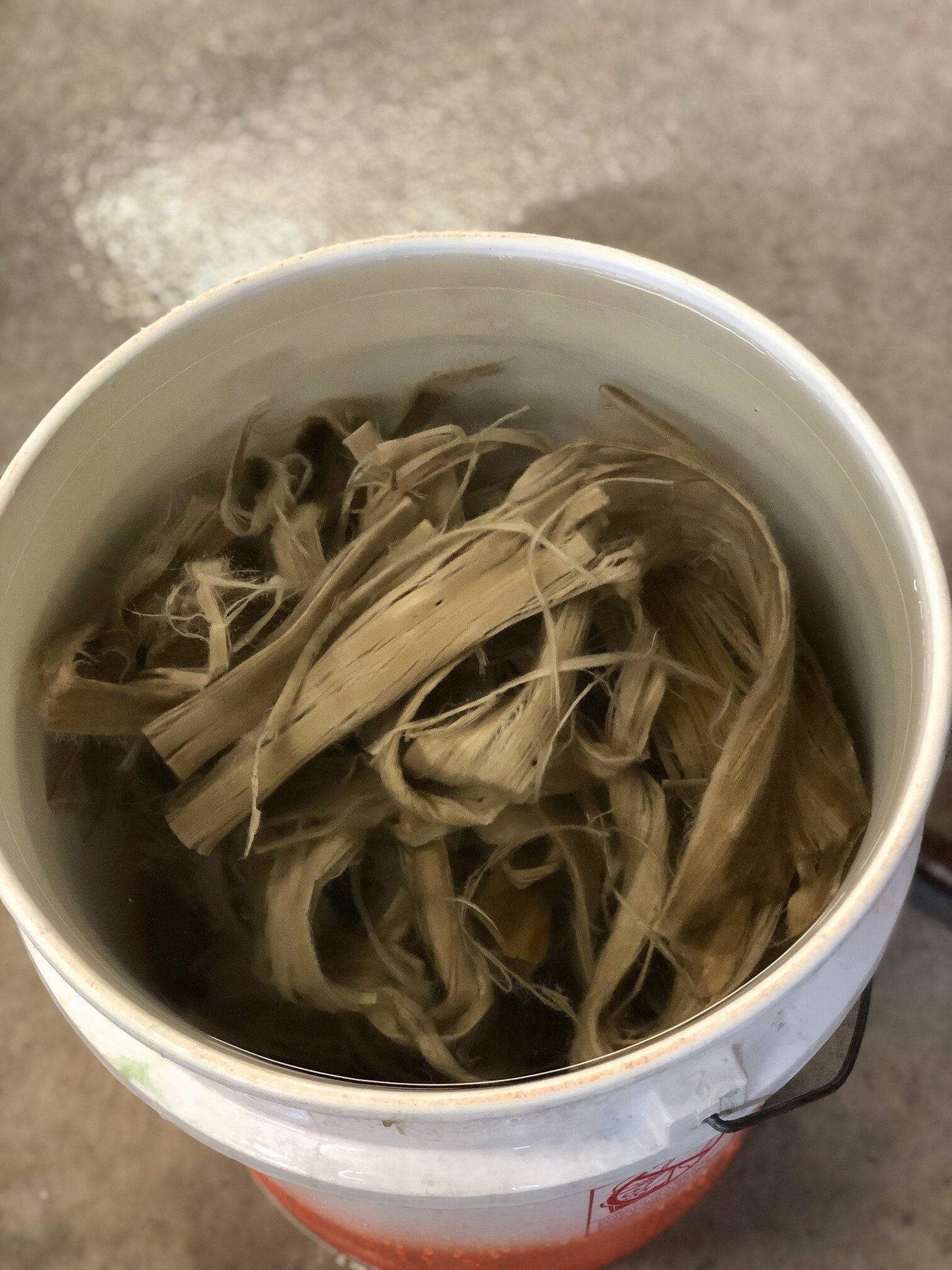
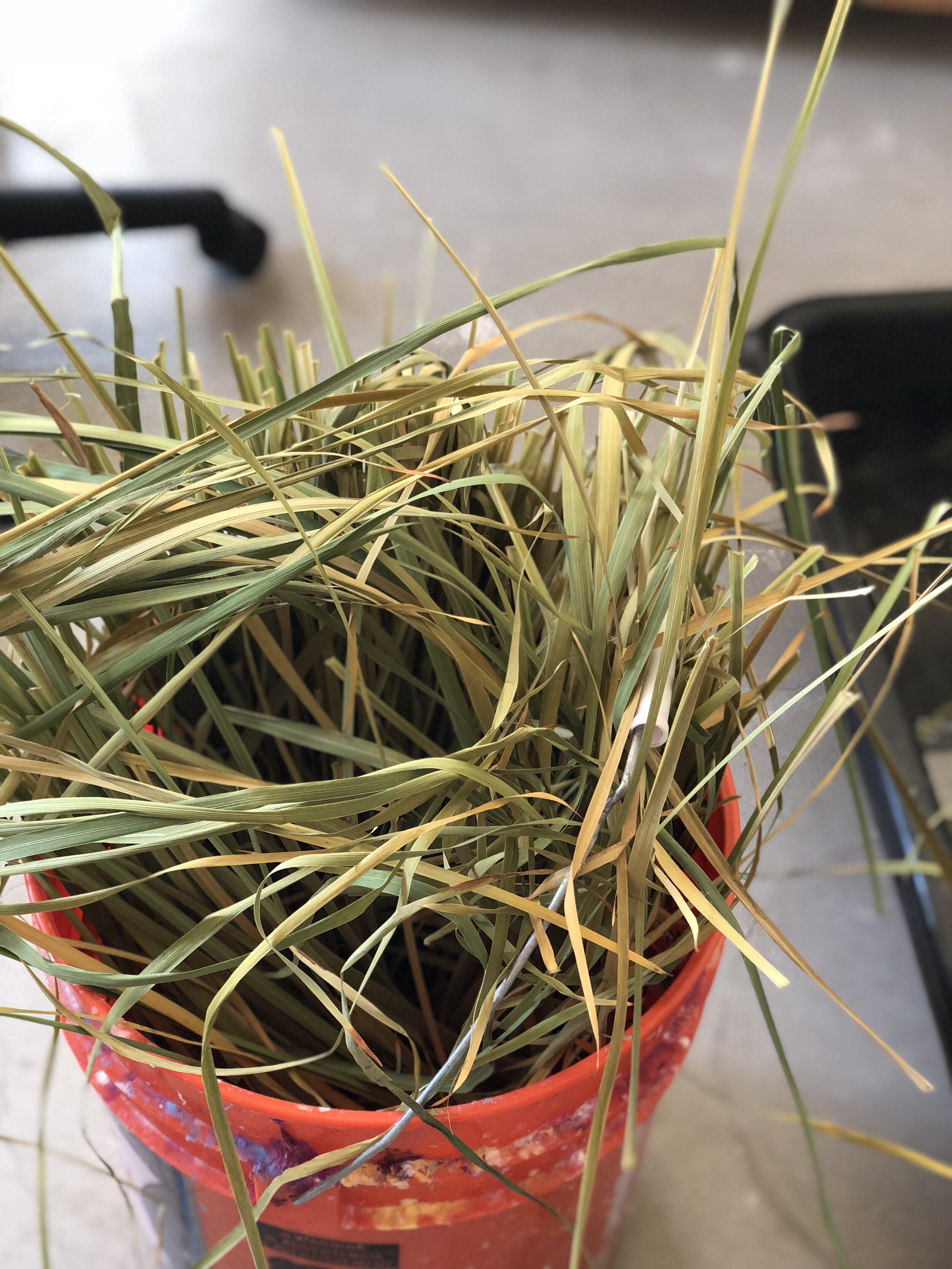
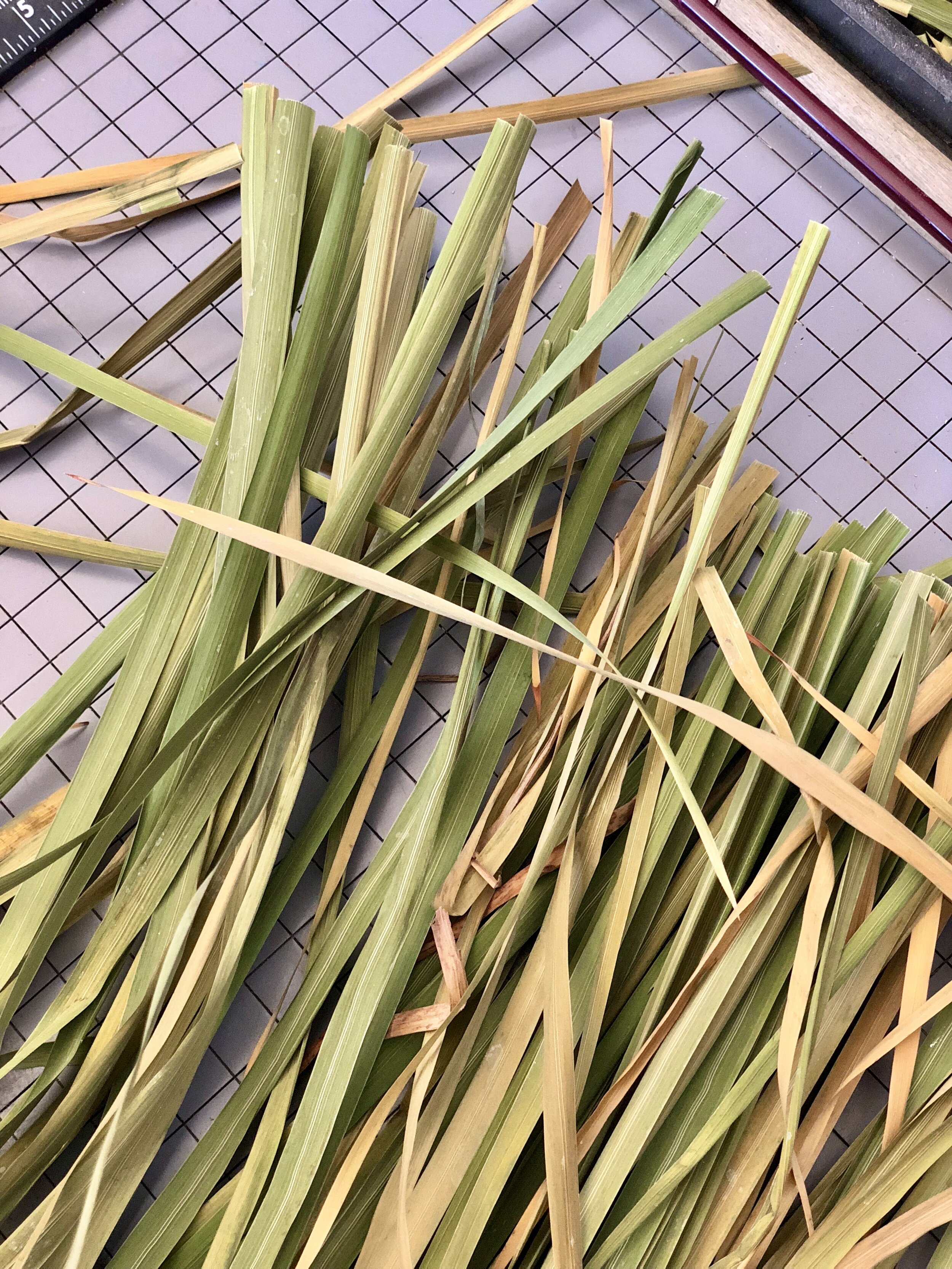
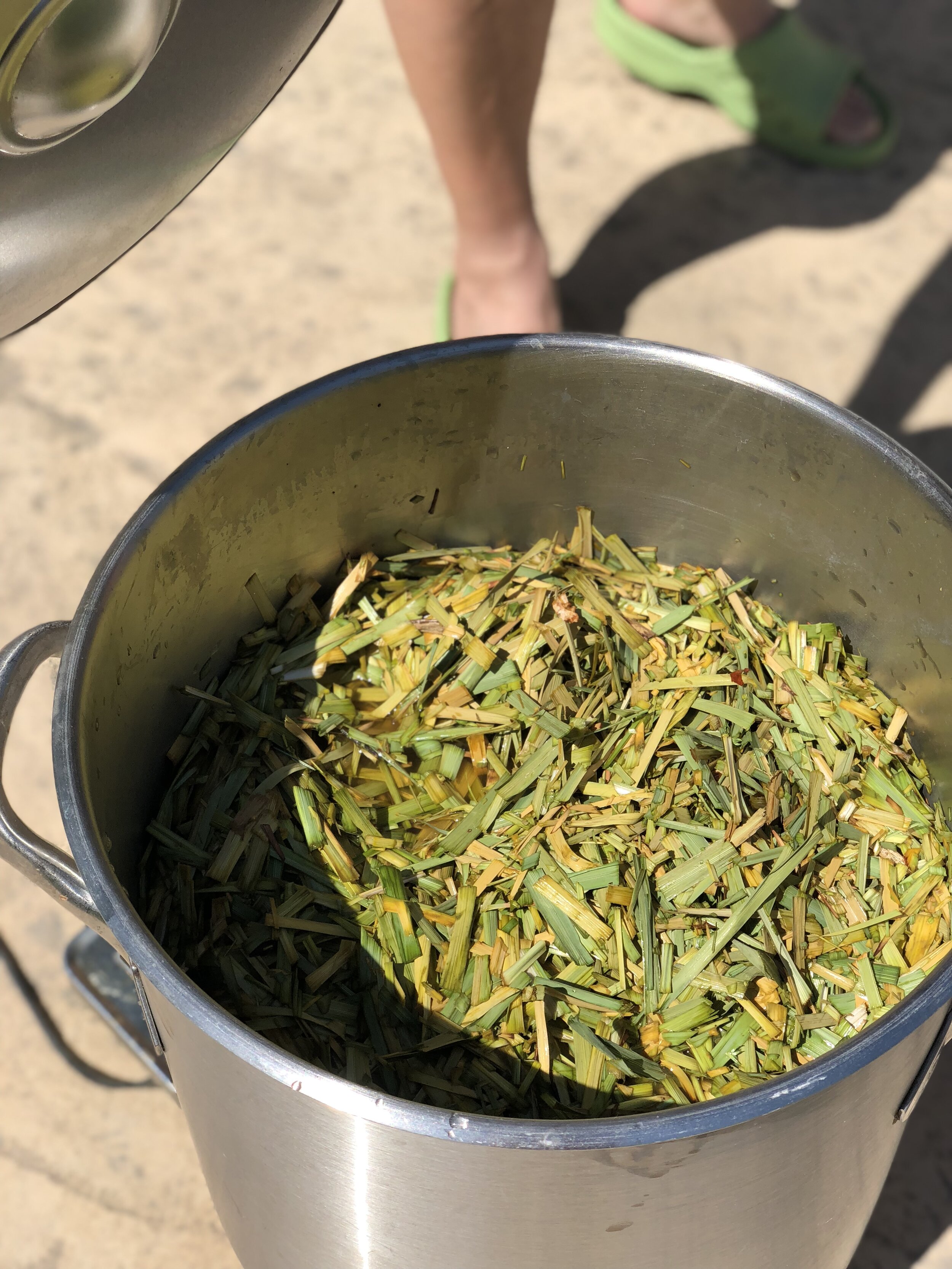
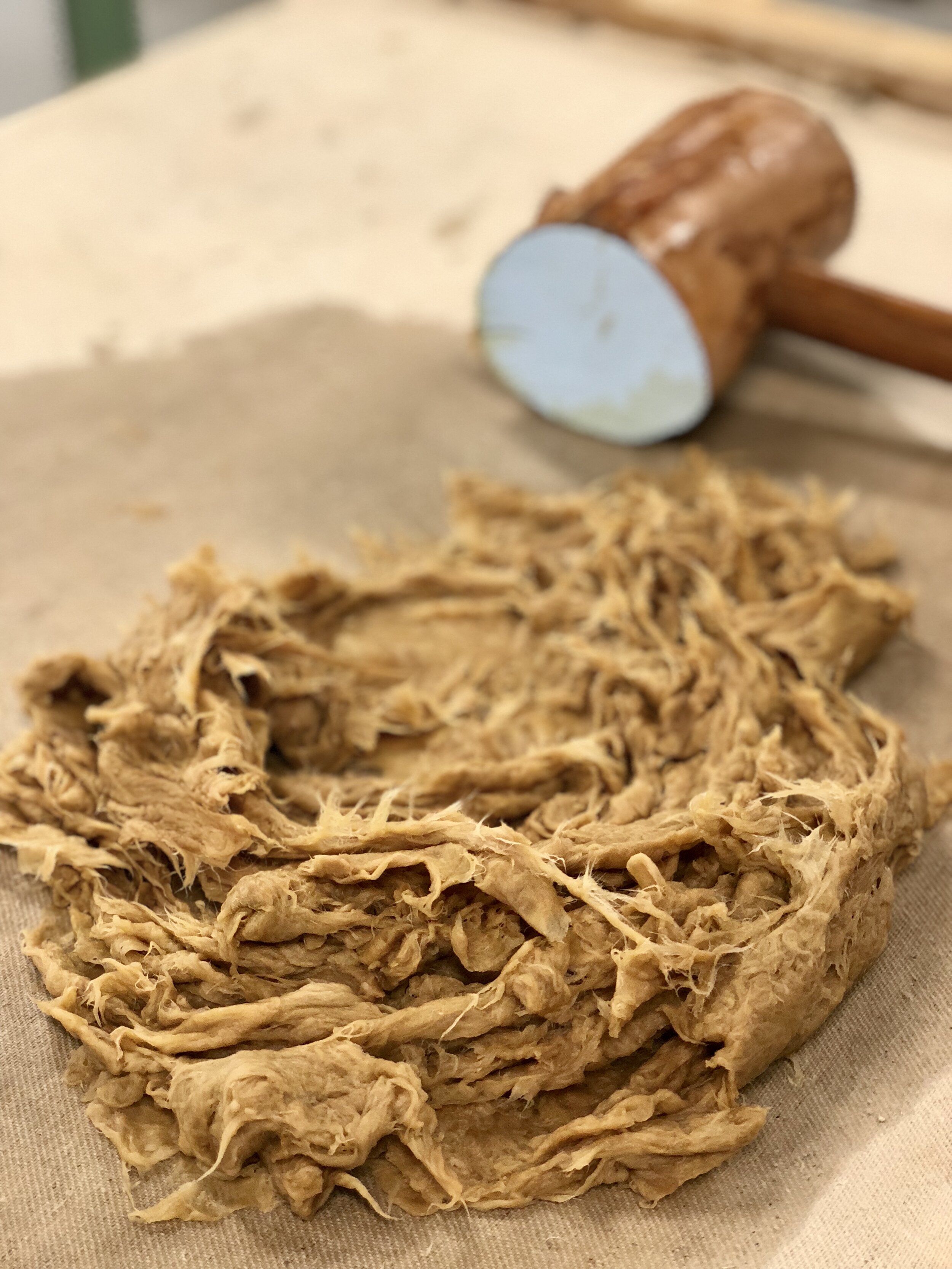
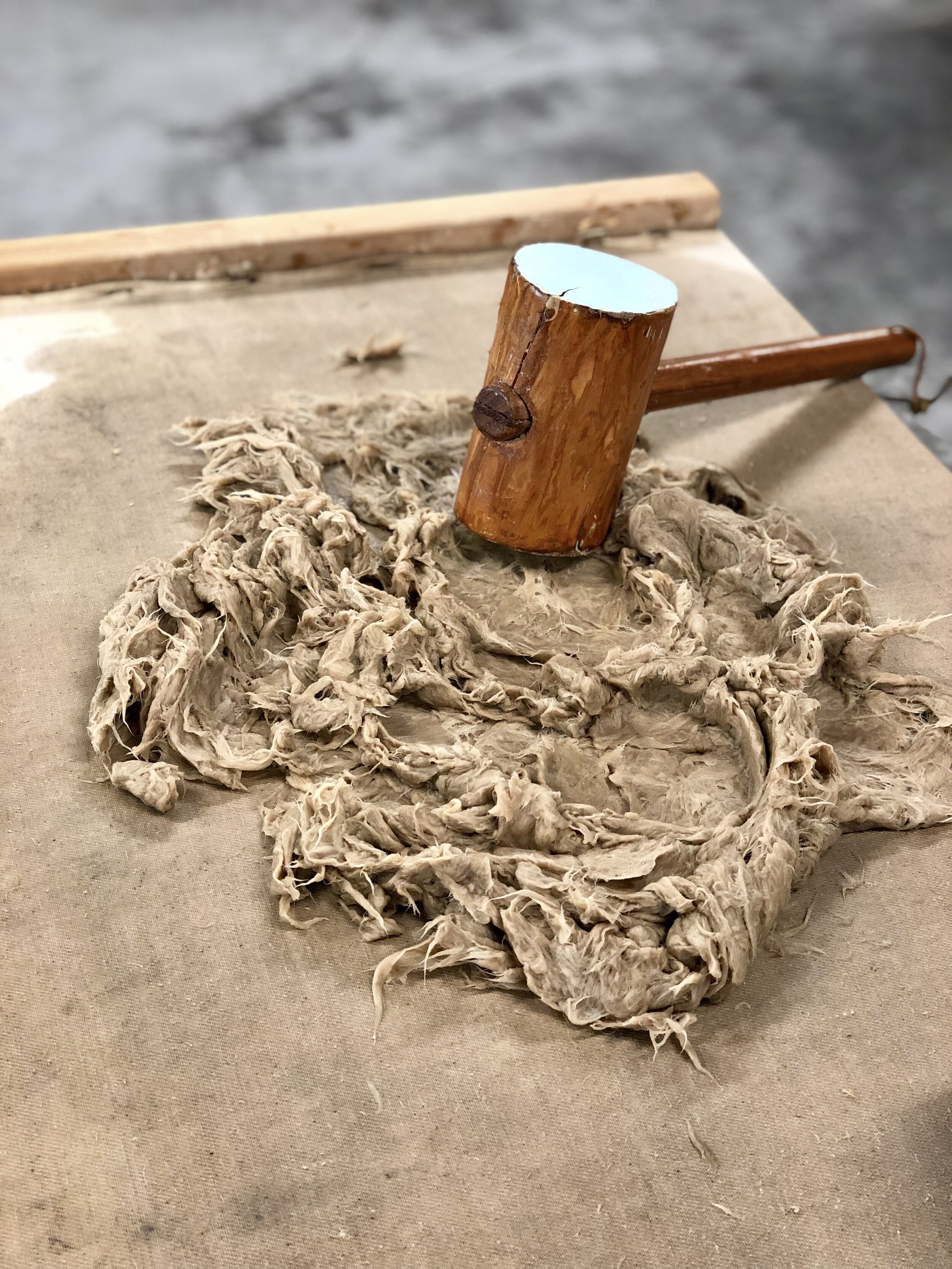
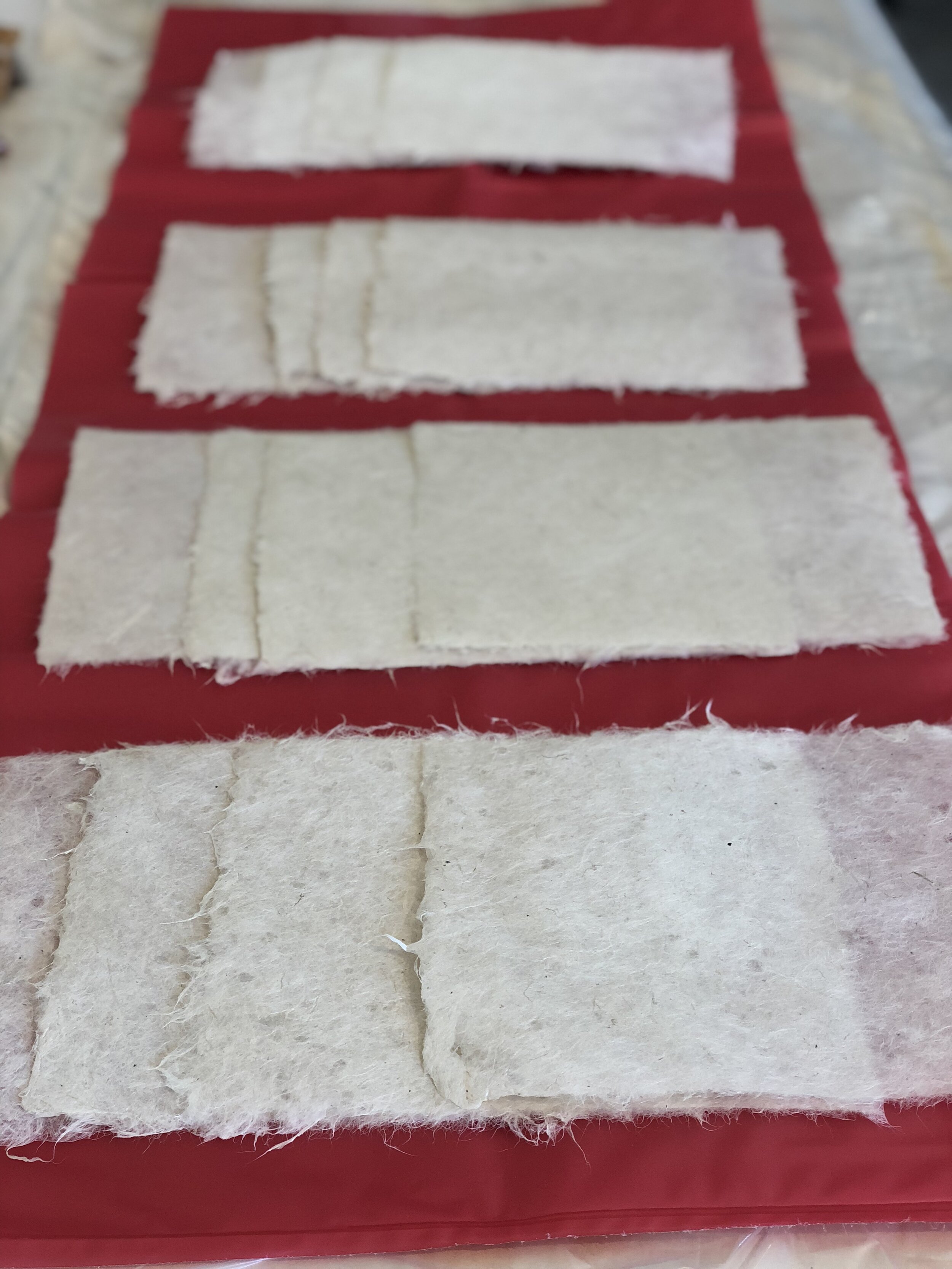
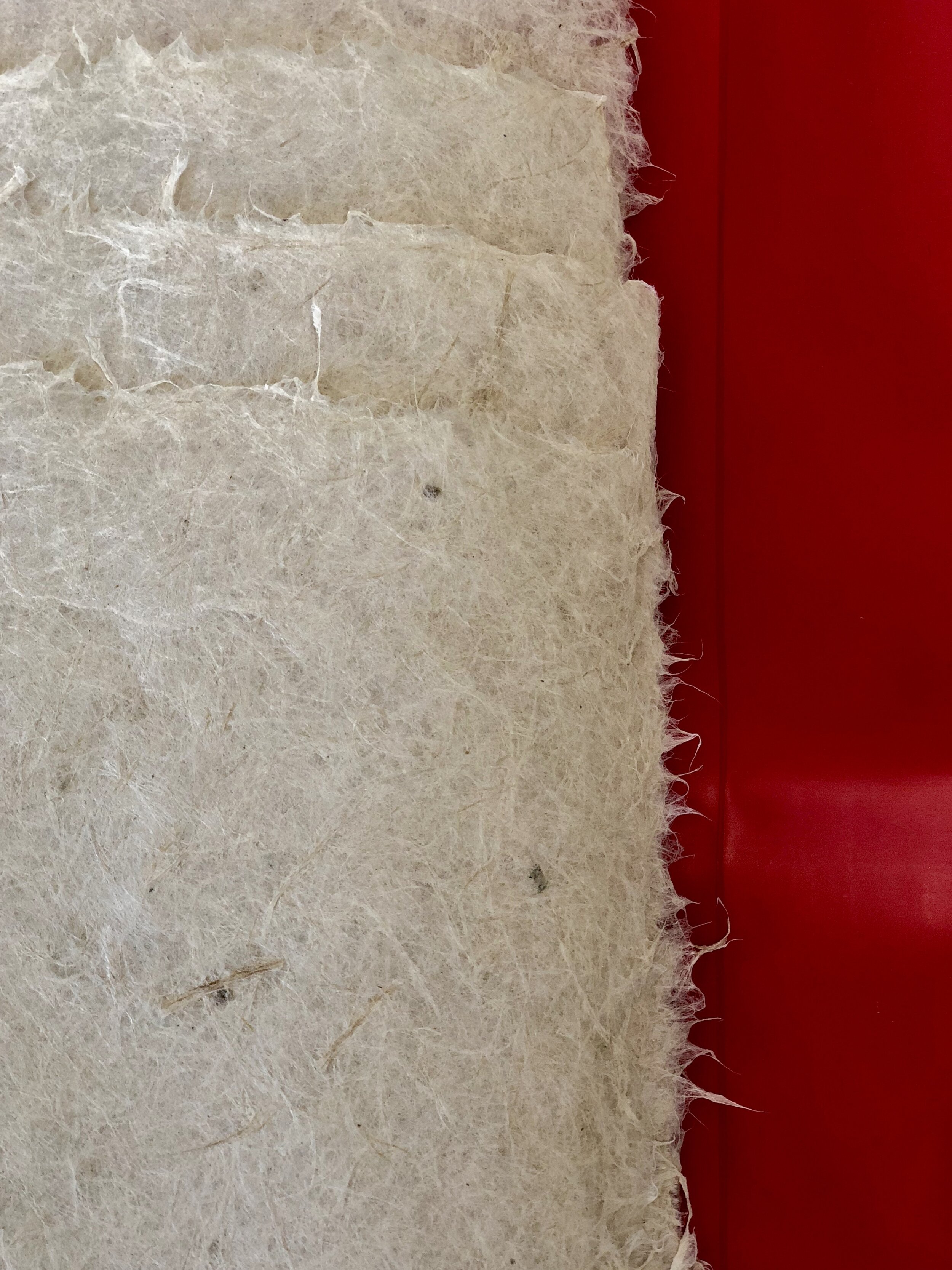
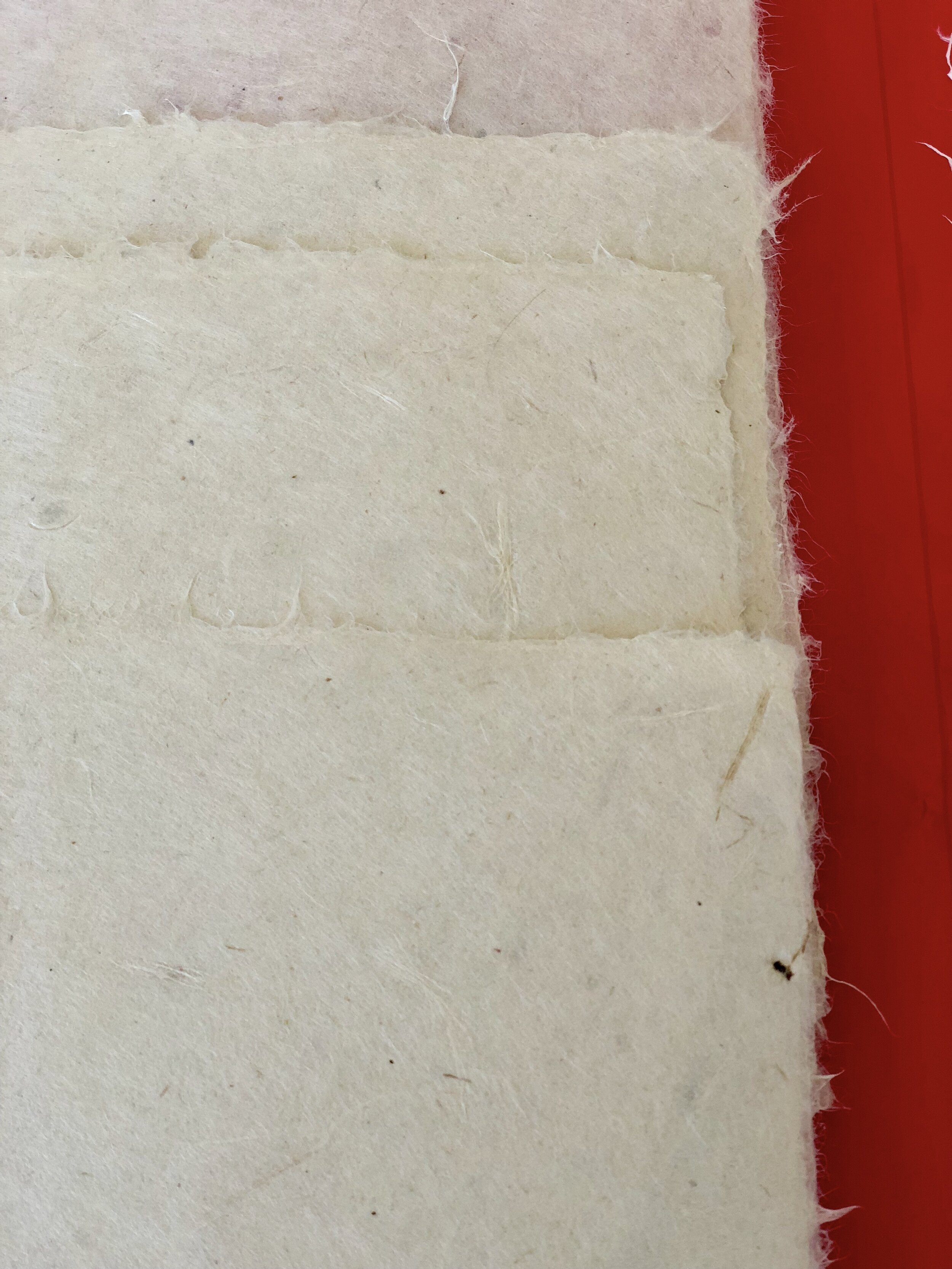
When I am working on a commission or personal work, things are done in a very specific way that meet the requirements/demands of the project. Once the project is complete, I absolutely love to experiment and play with the left over pulp. It helps me relax and opens up to myriad possibilities for my future projects.
What do you do with your leftover pulp?
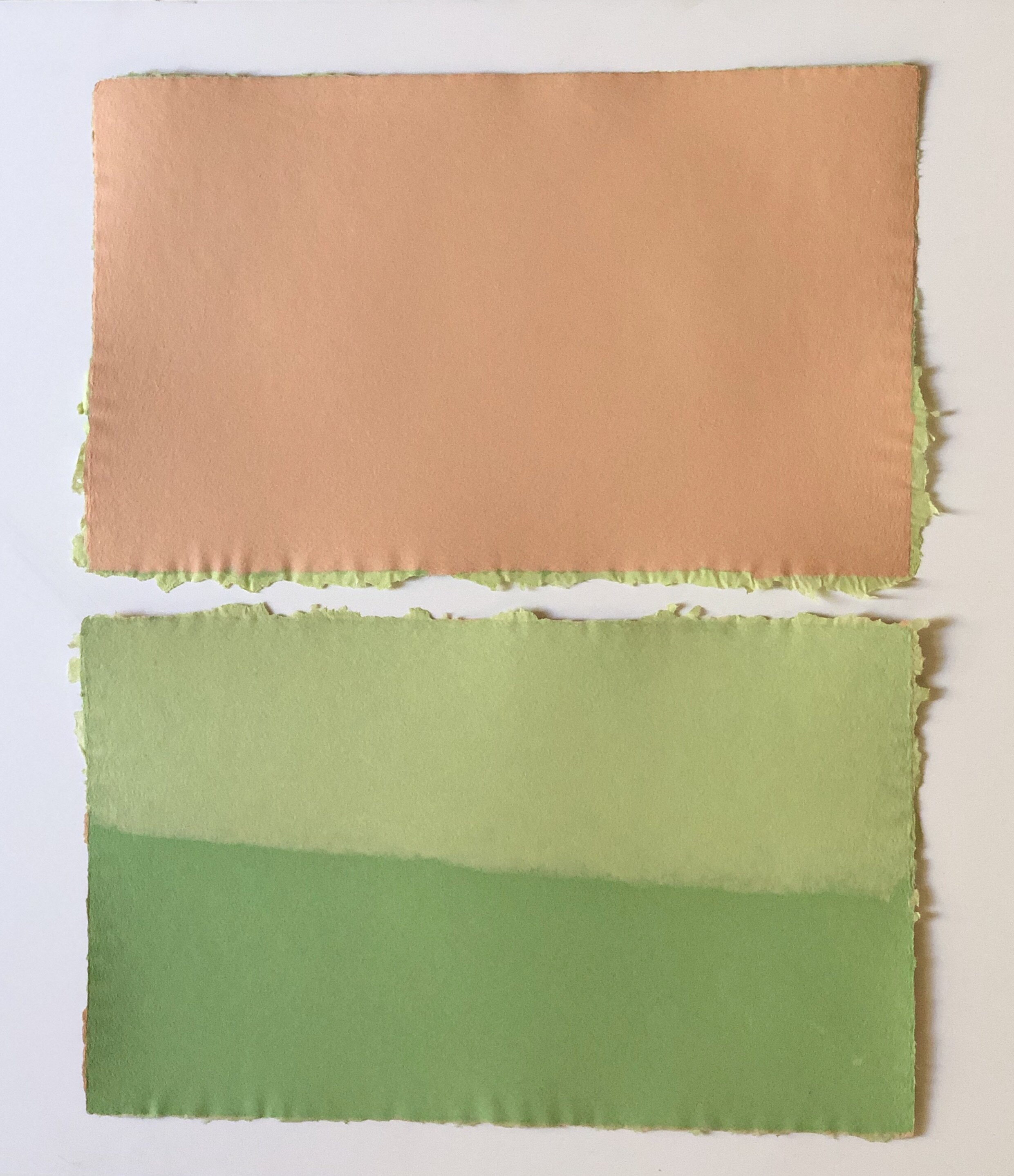
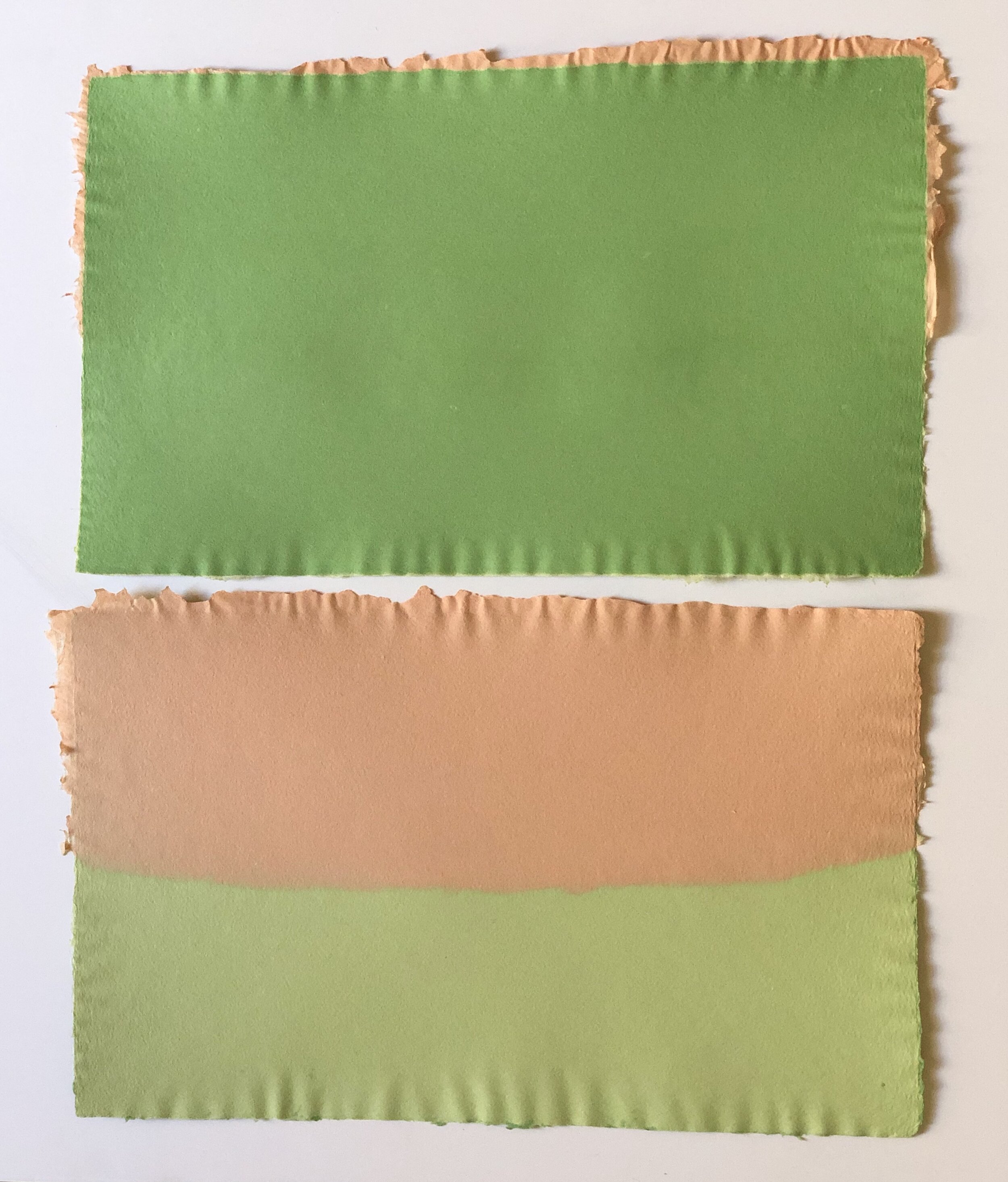
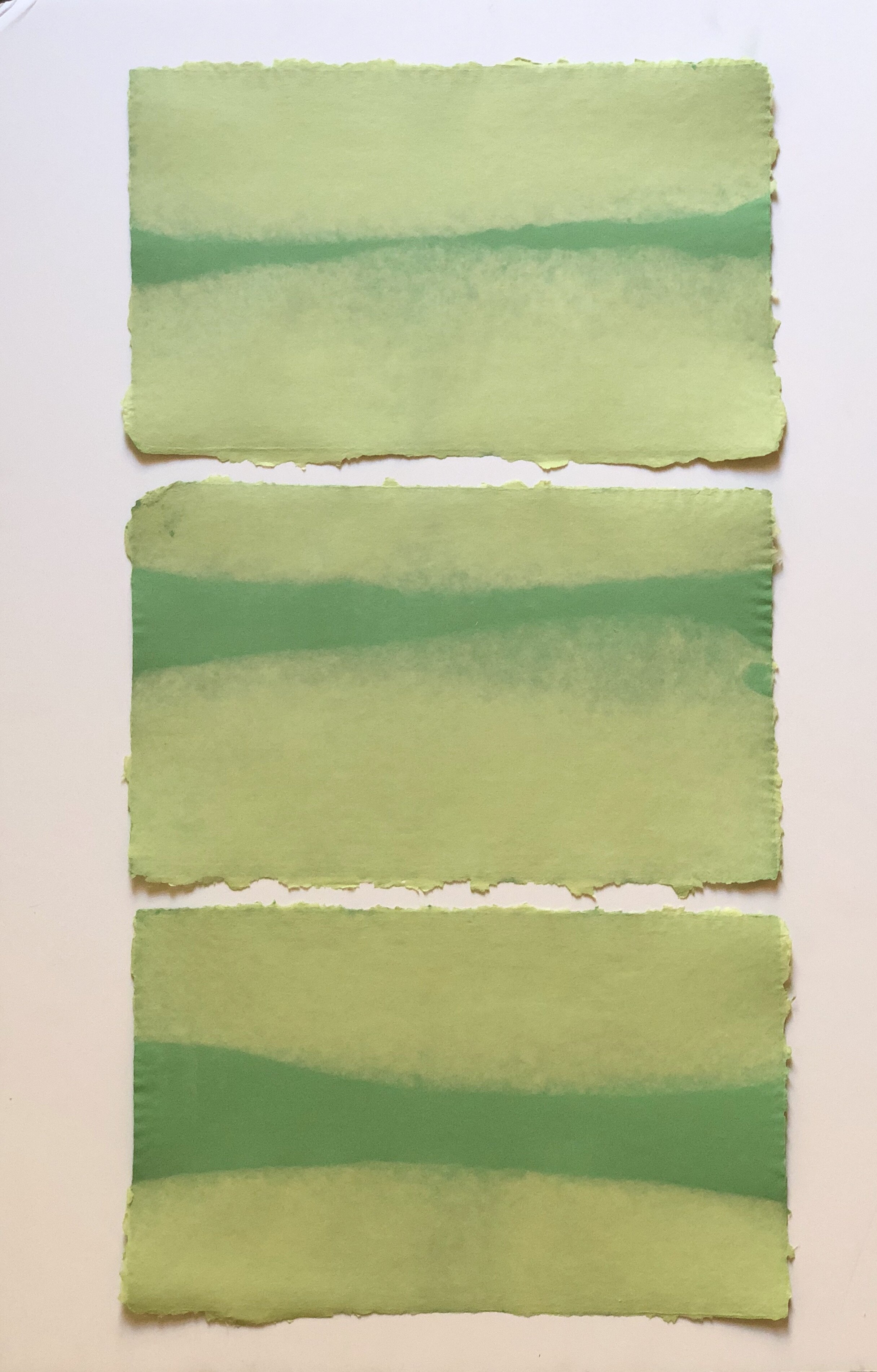

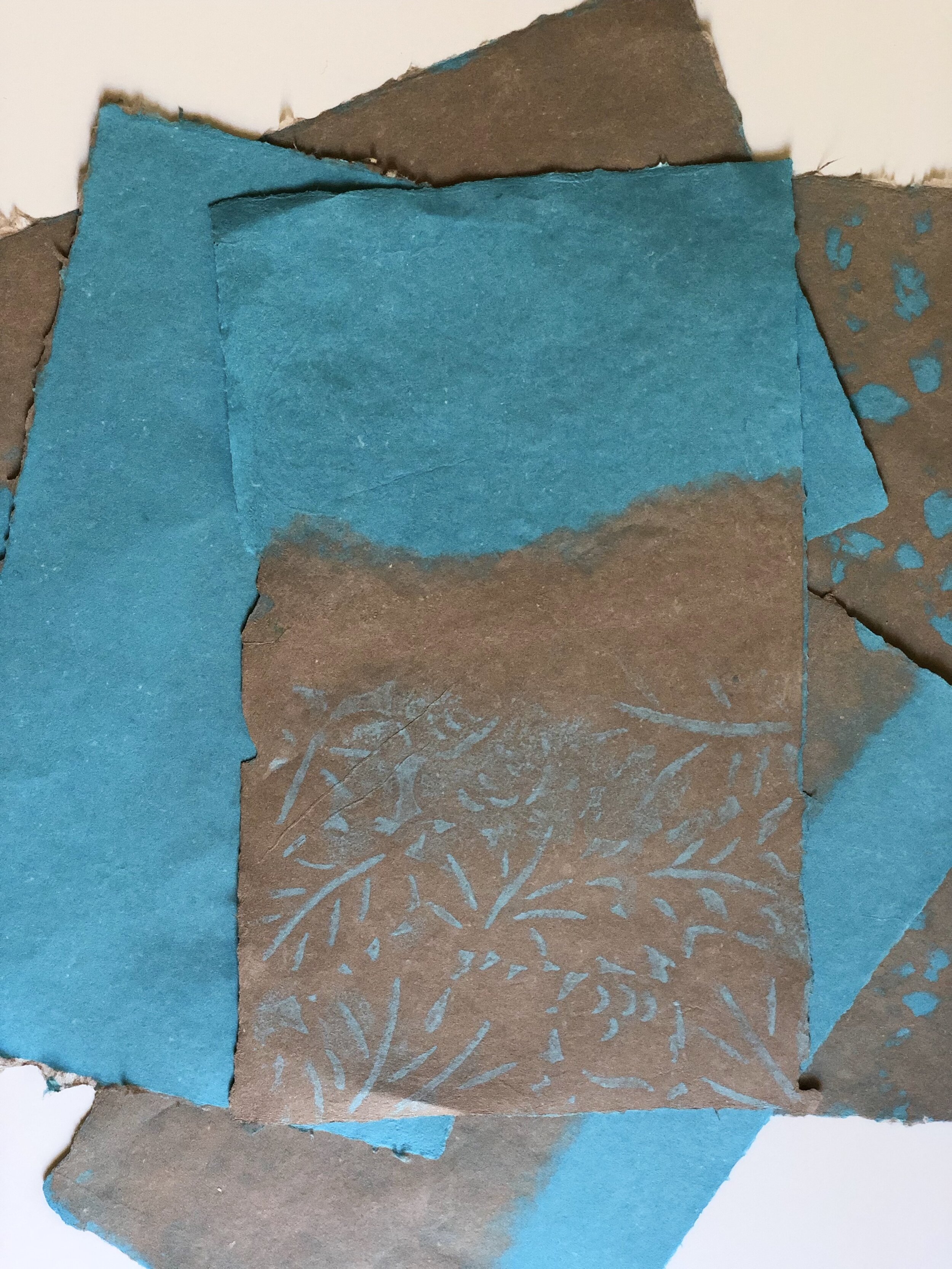
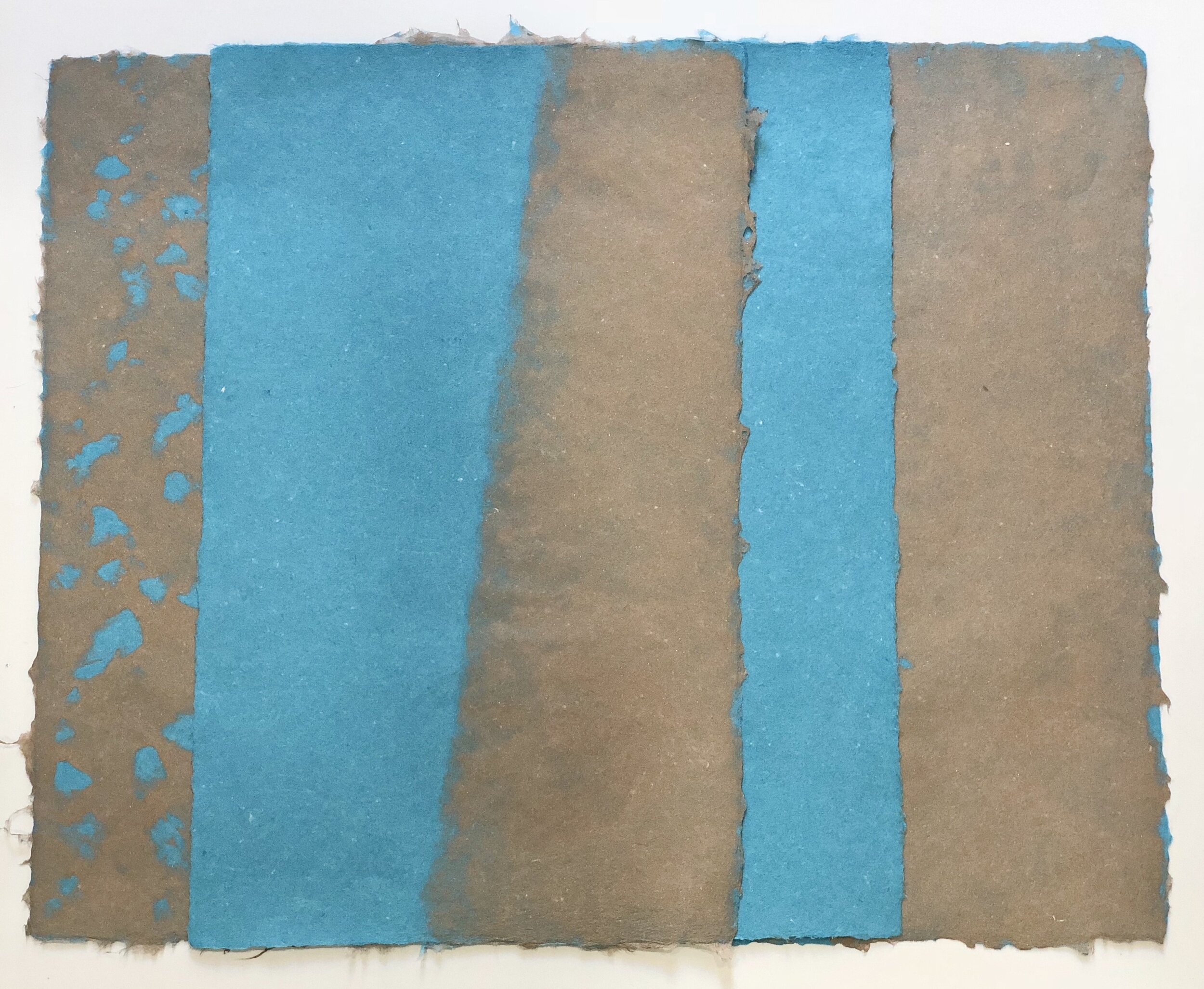
Flax fiber makes one of the most exquisite, translucent and delicate looking paper which is deceptively strong and tensile. It is a perfect fiber for sculptures and book covers.
Flax, Jute ribbon
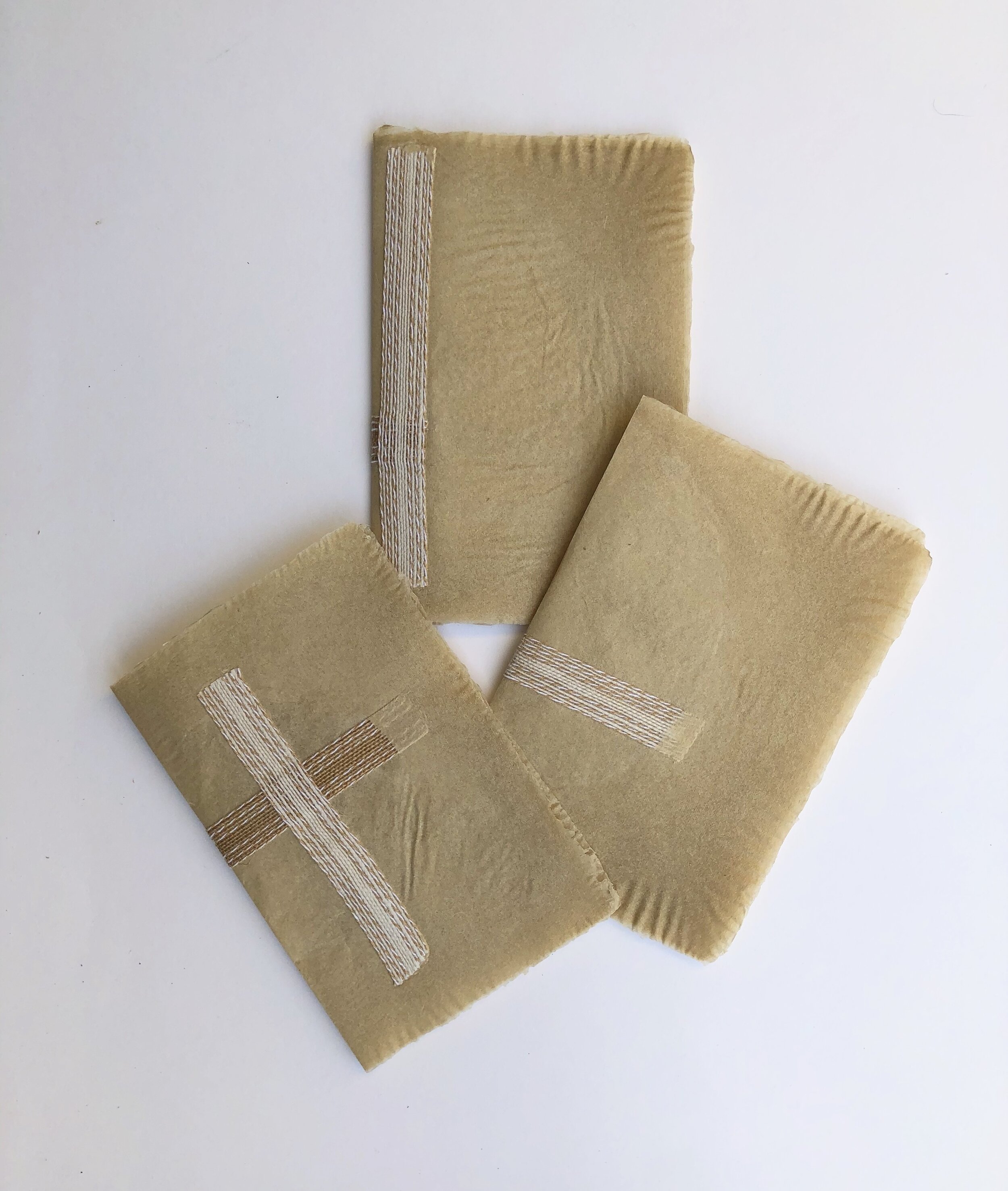
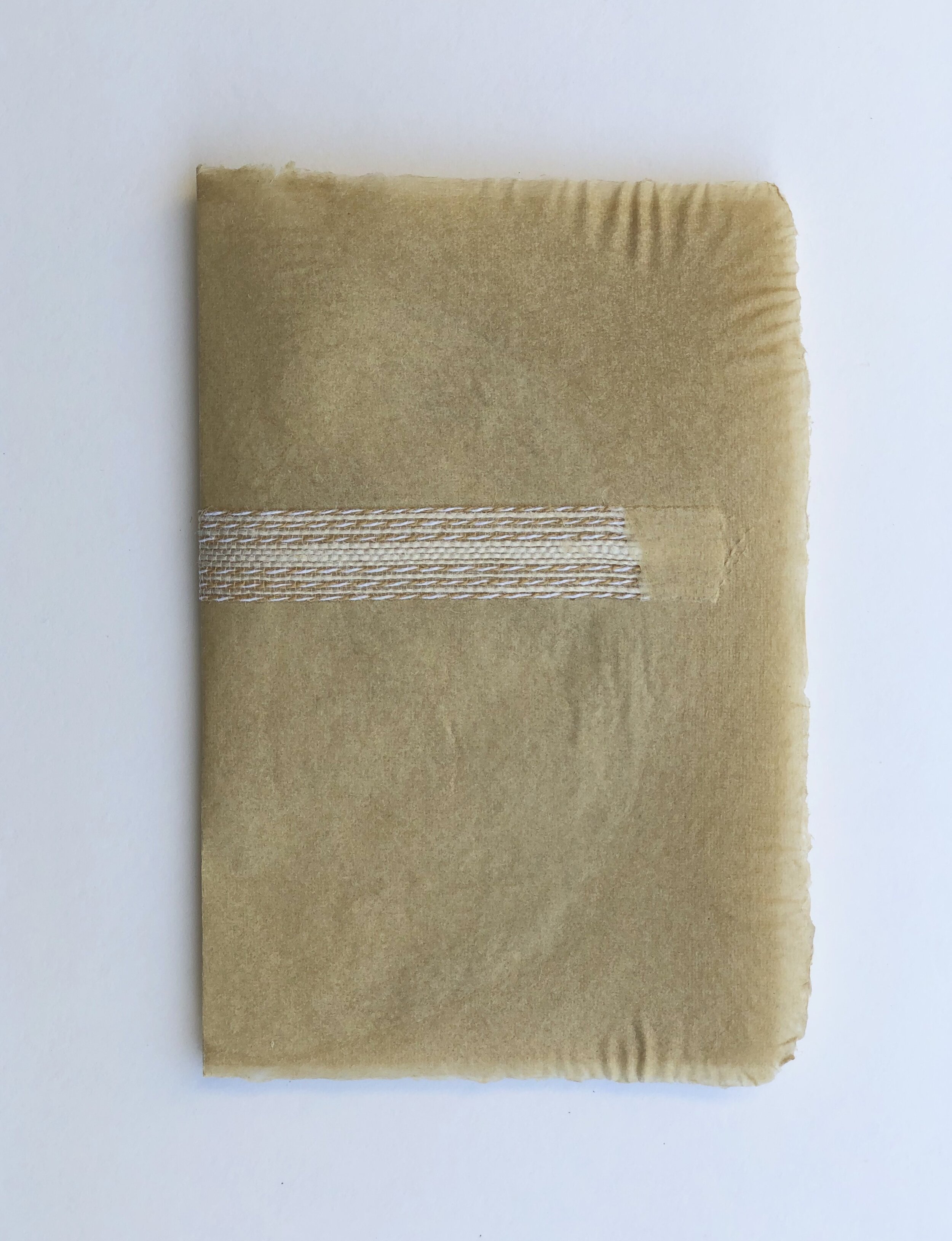
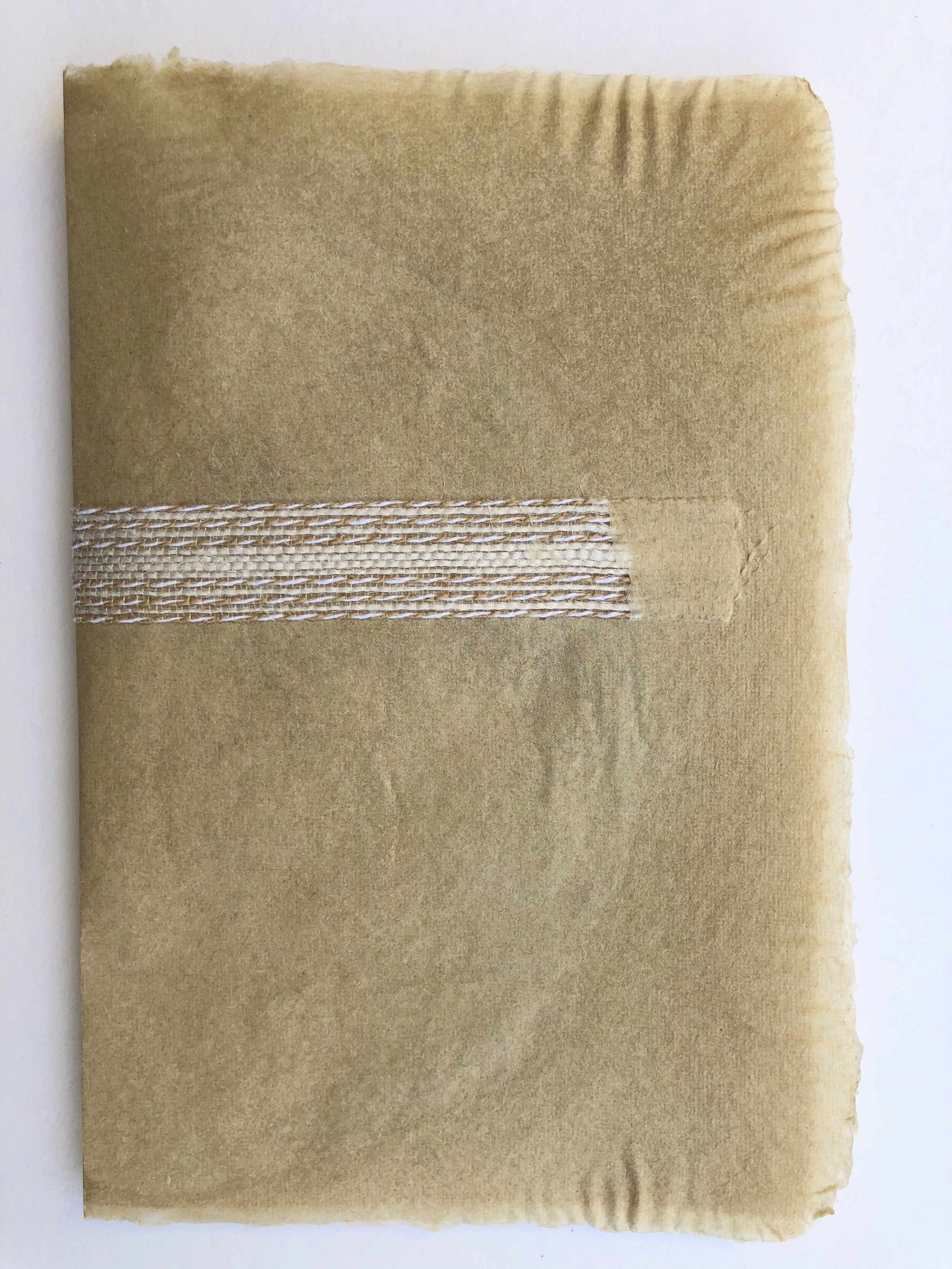
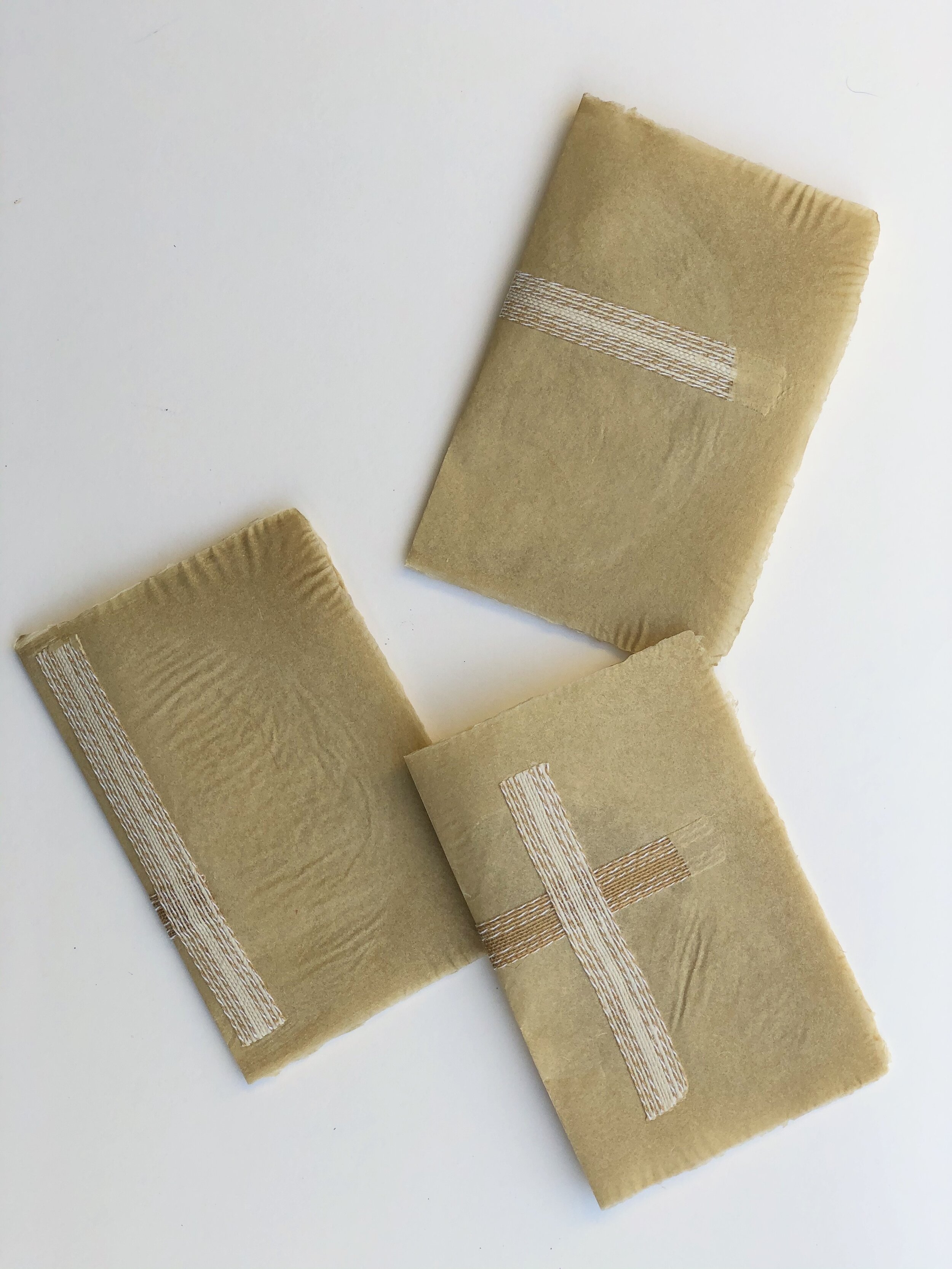
This structure is a gem. It is called the storage book and is one of many ingenious and innovative book structures by Hedi Kyle. I used the storage book to preserve paper samples that I made with Kozo fiber. Each sample to me is a reminder of a moment in time-the time spent in the studio learning, discovering and experimenting with the fiber.
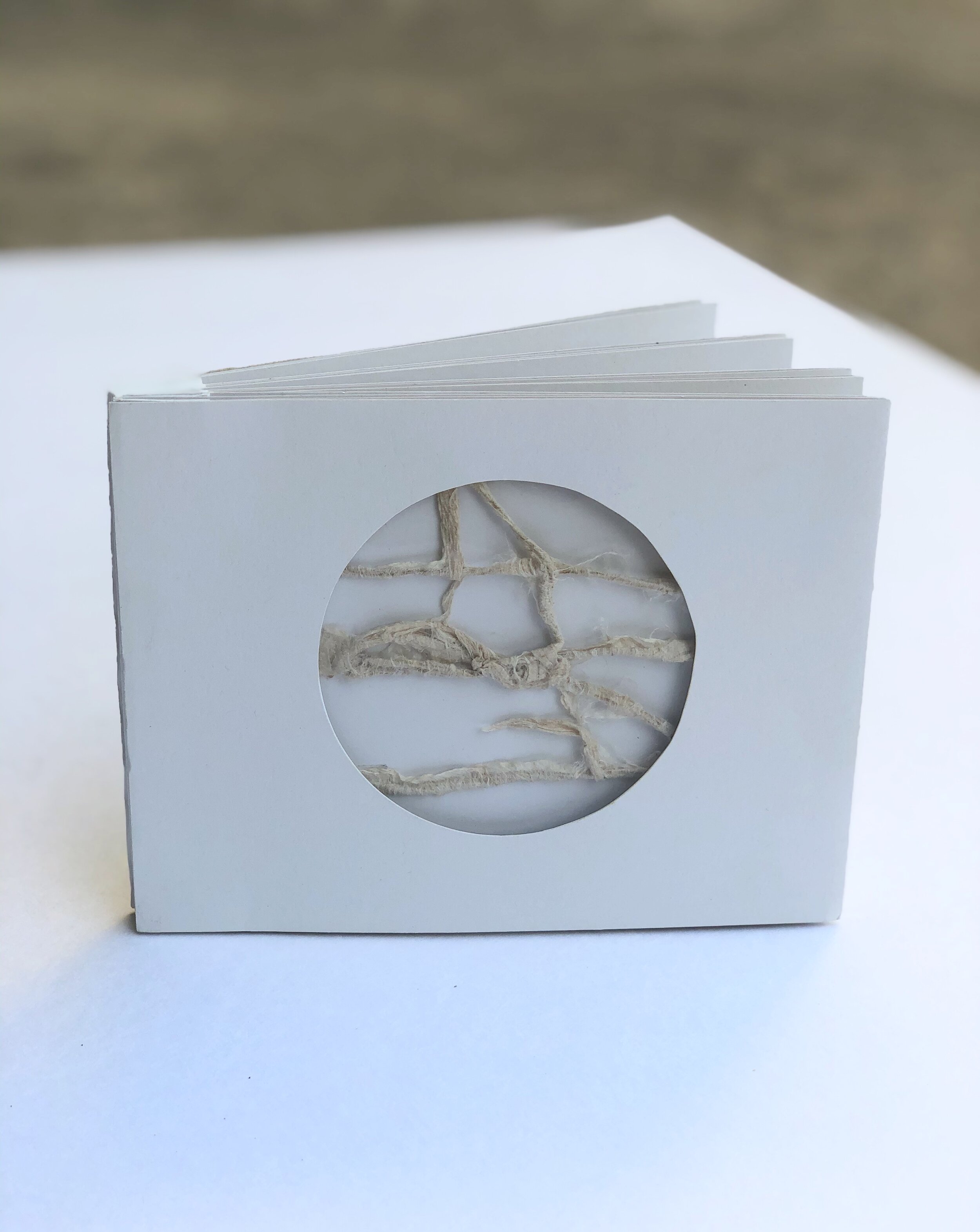
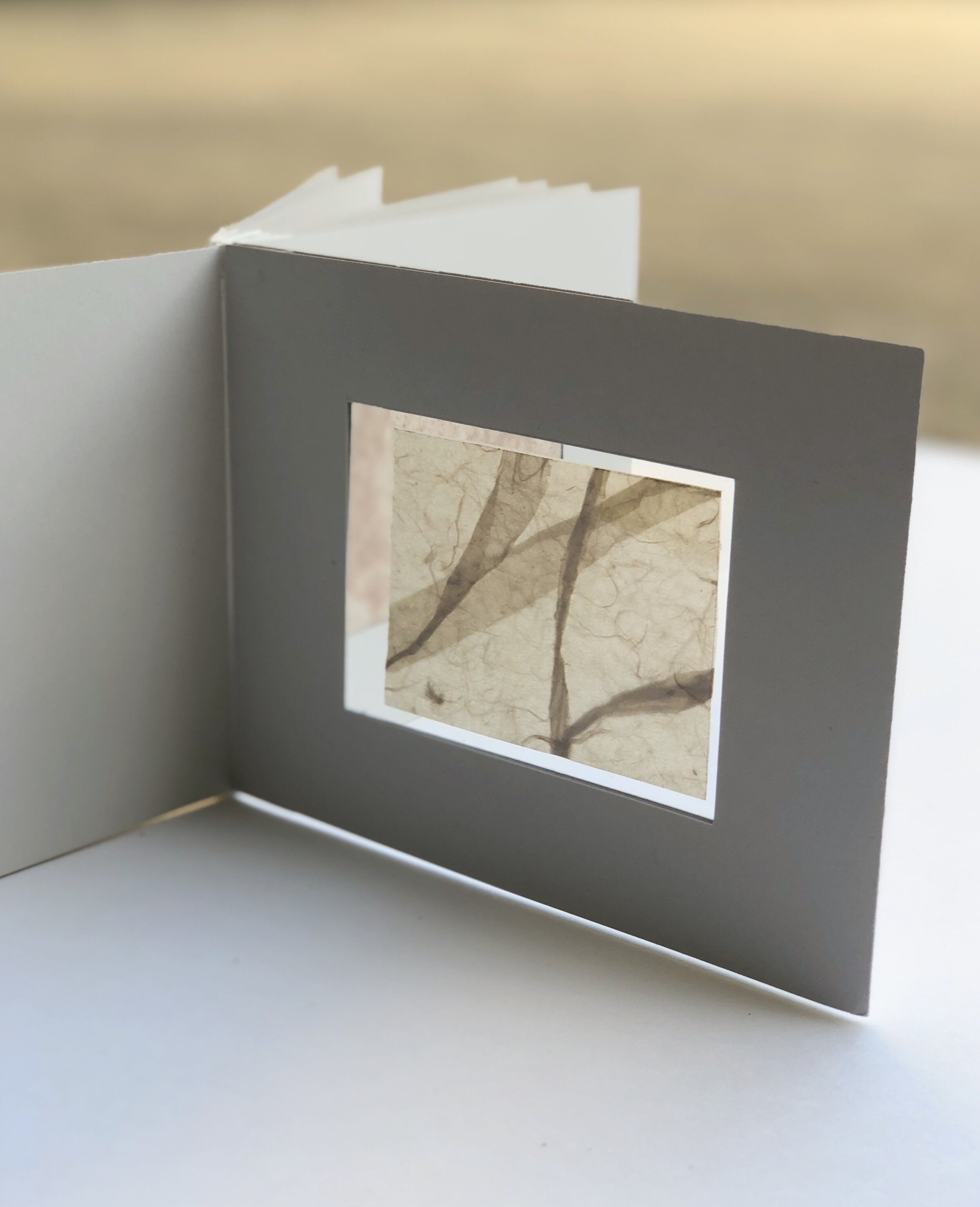
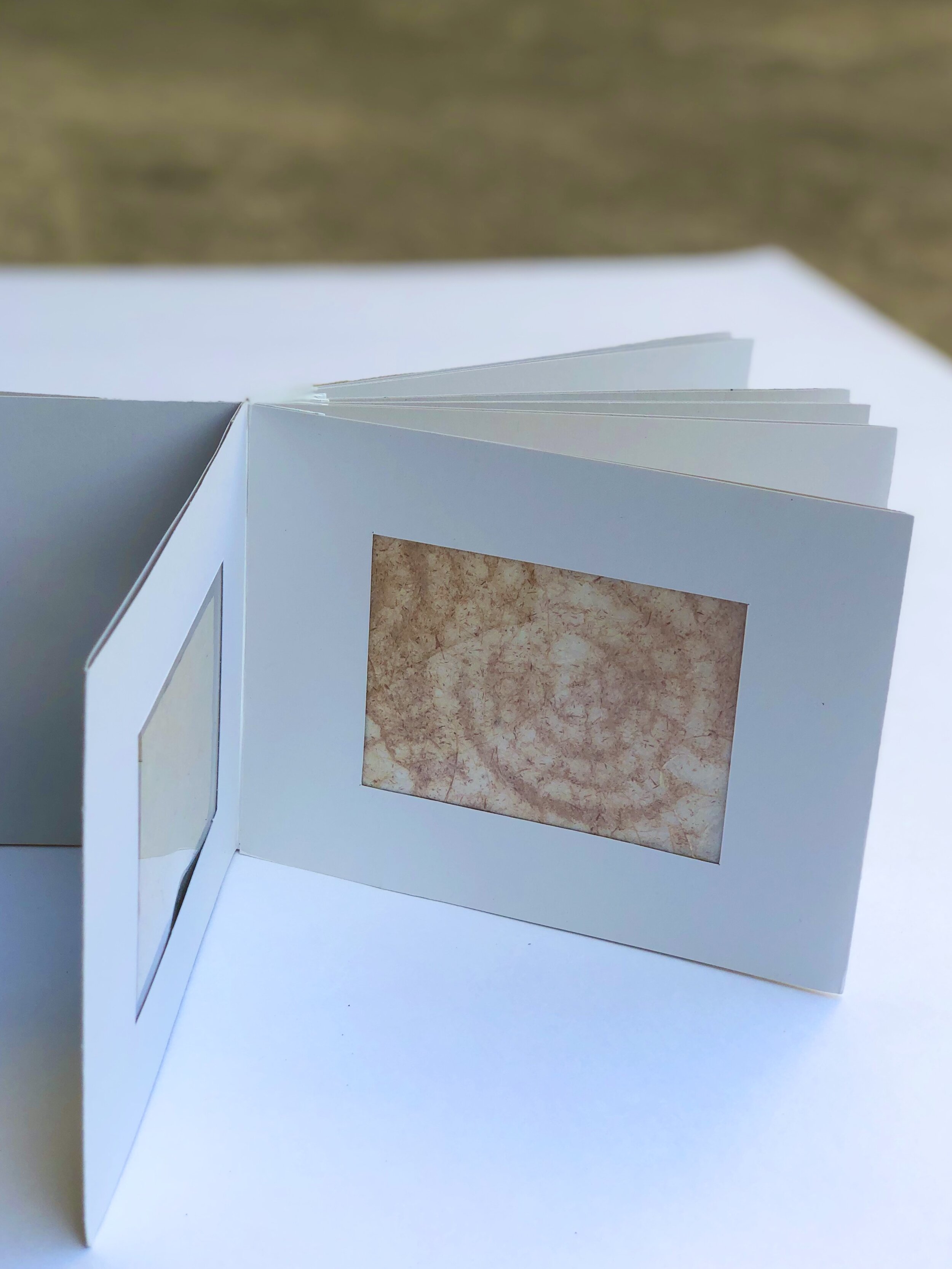
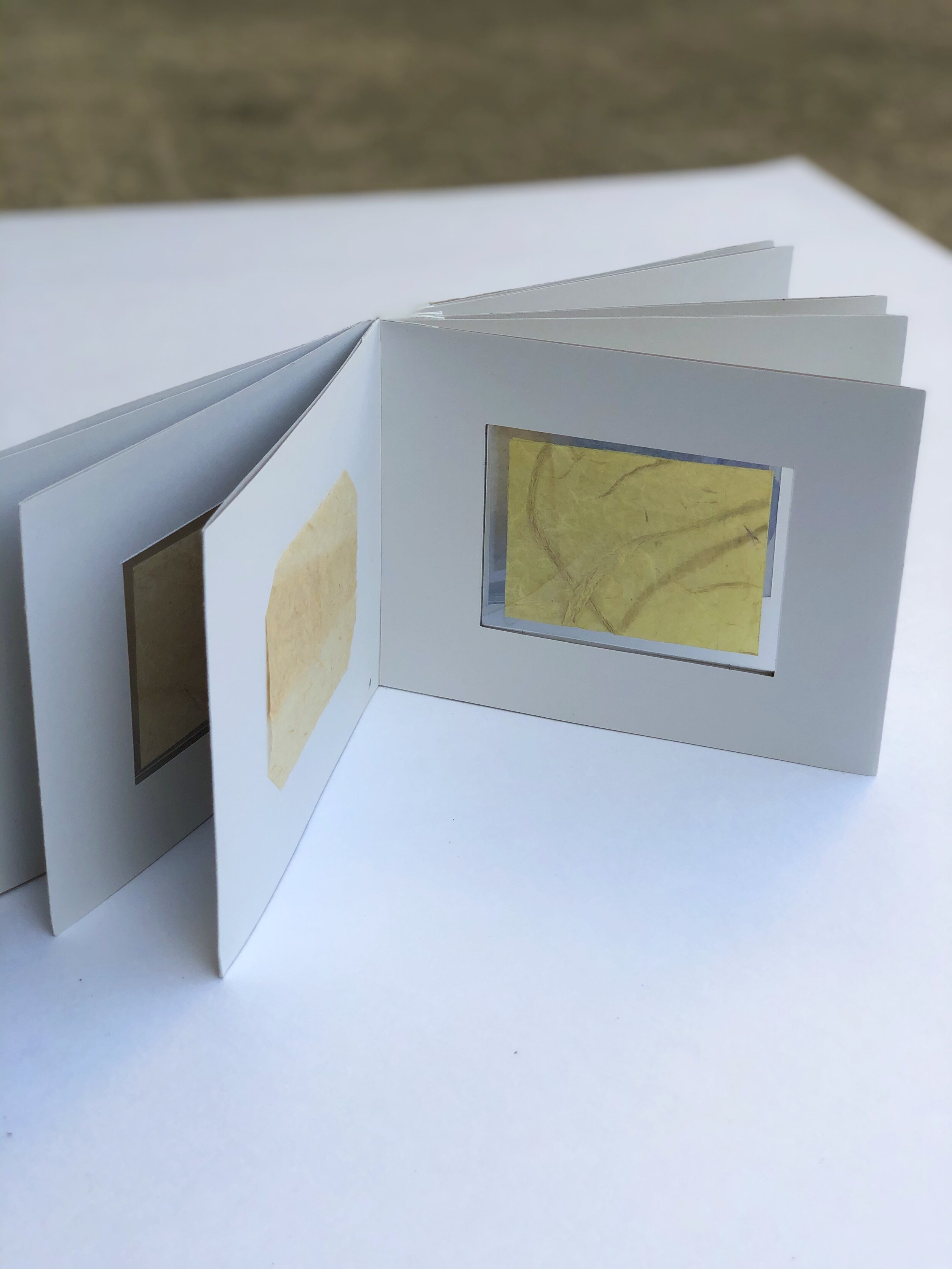
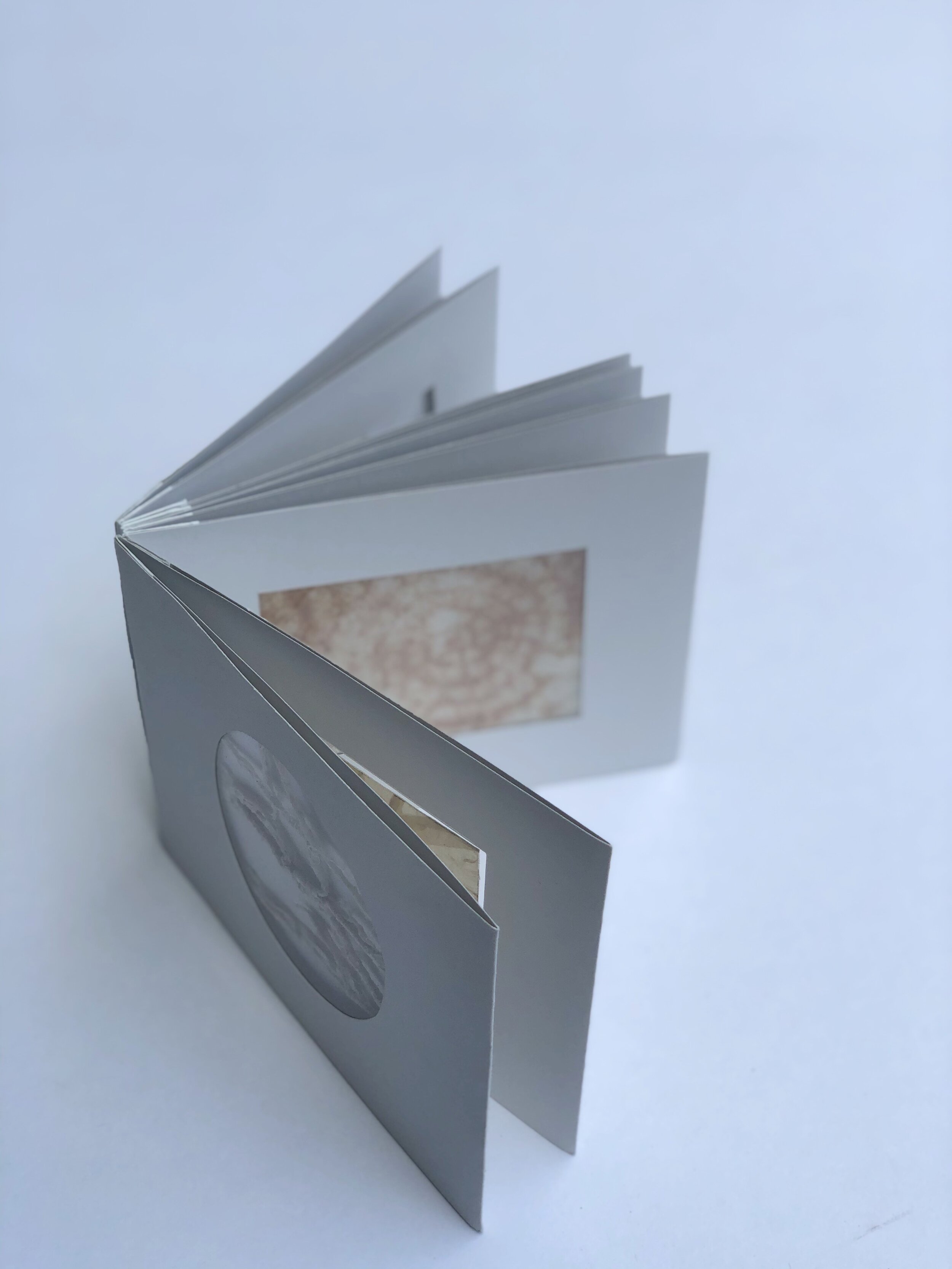
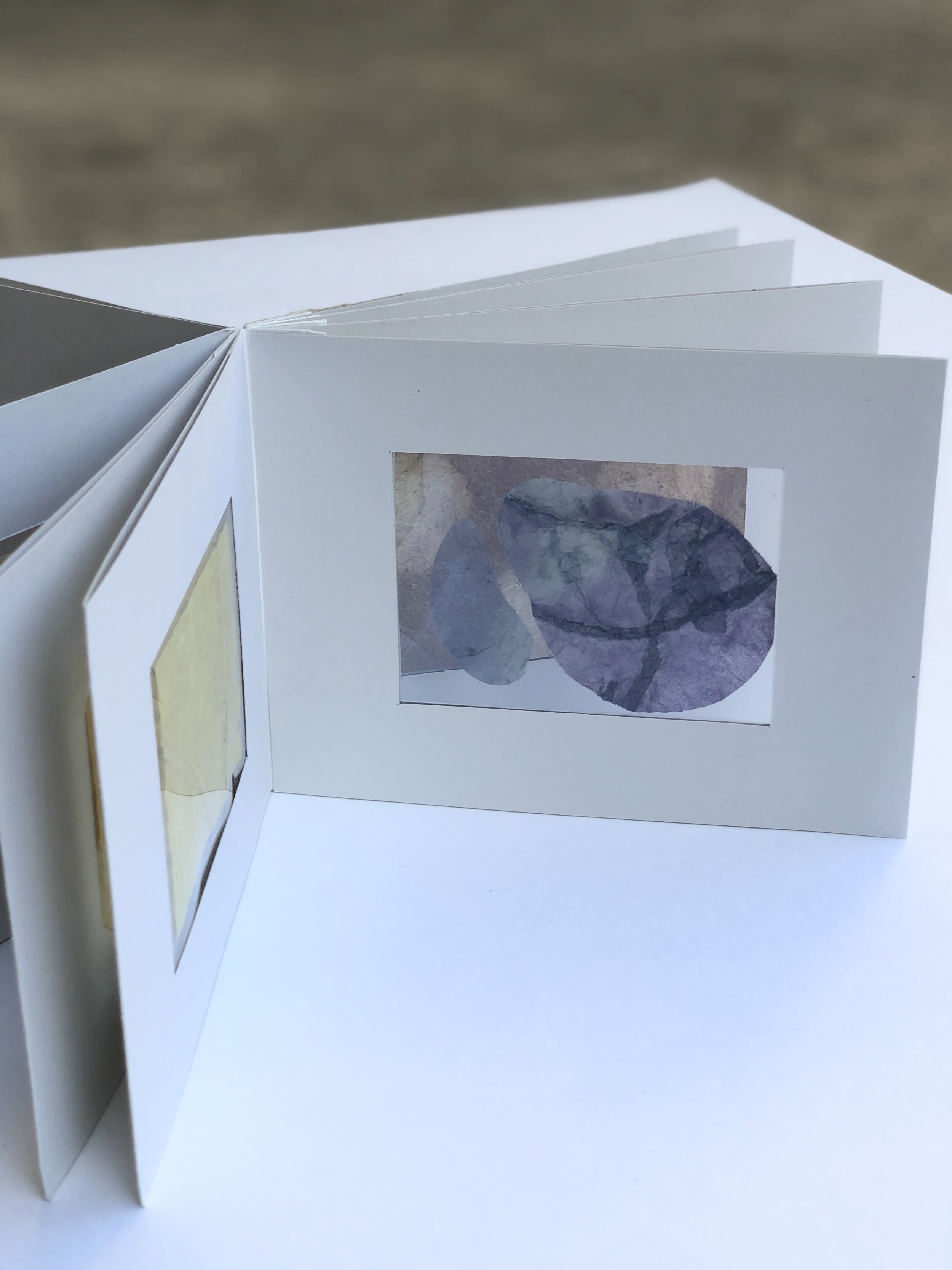
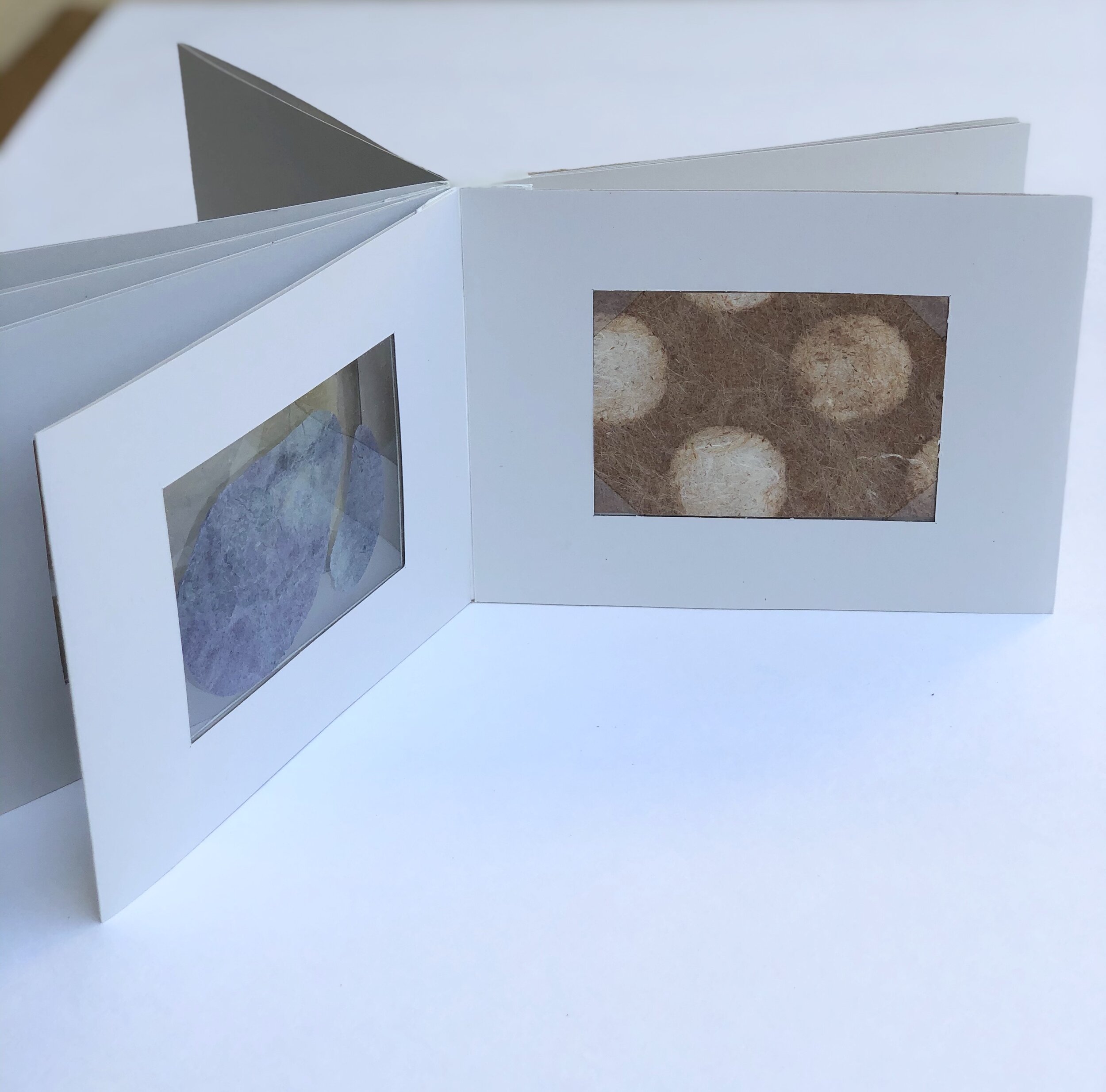

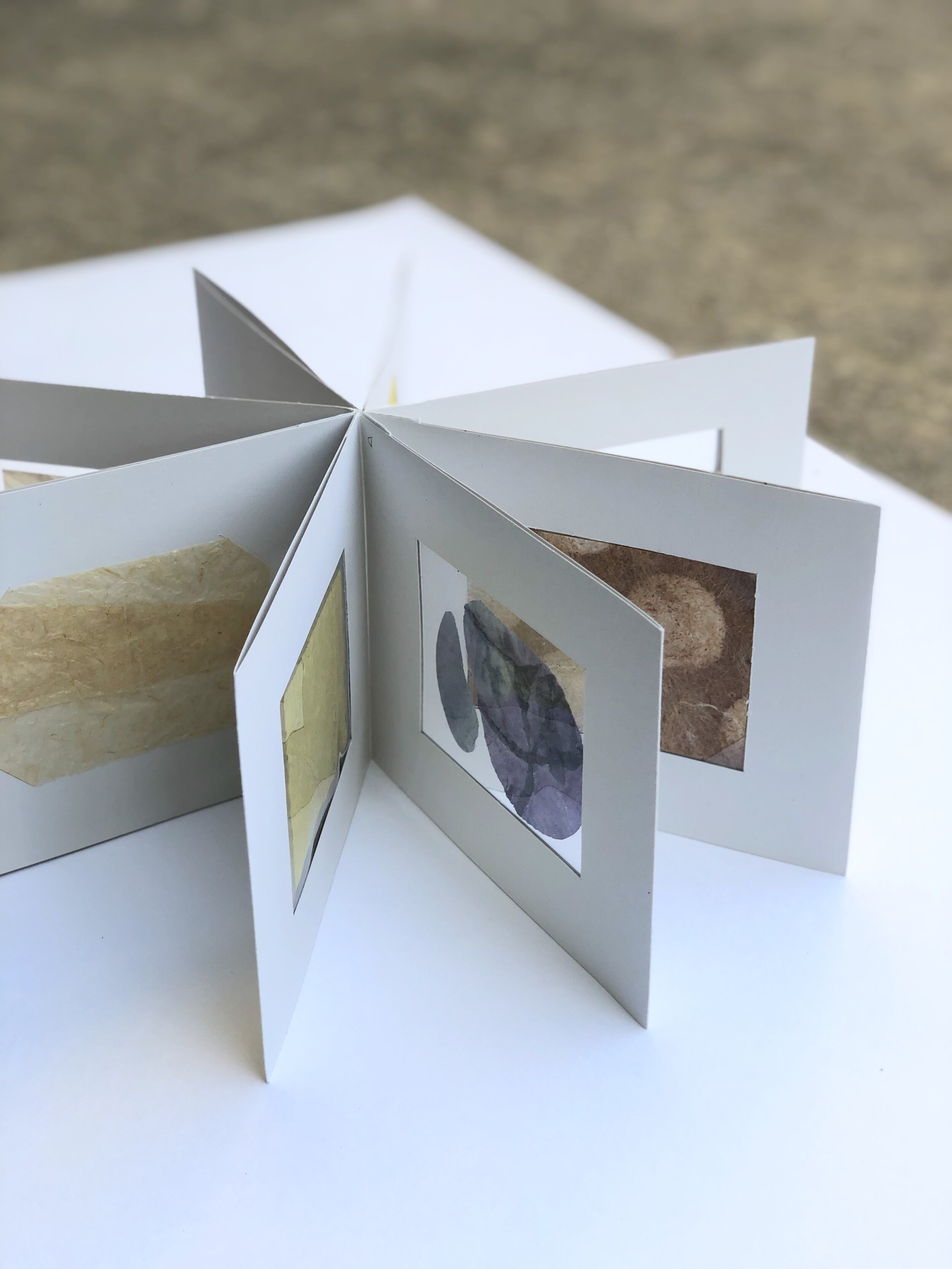
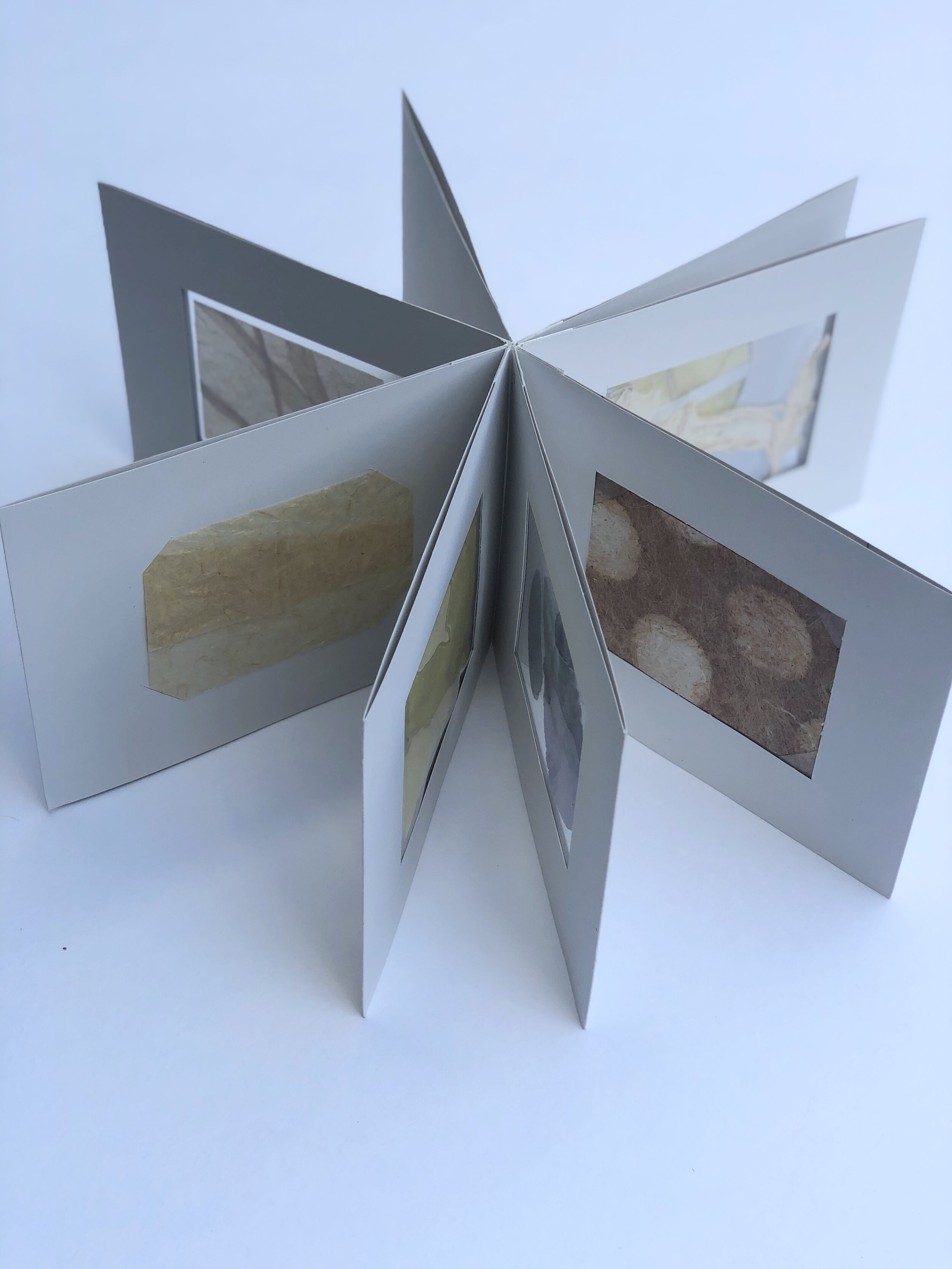
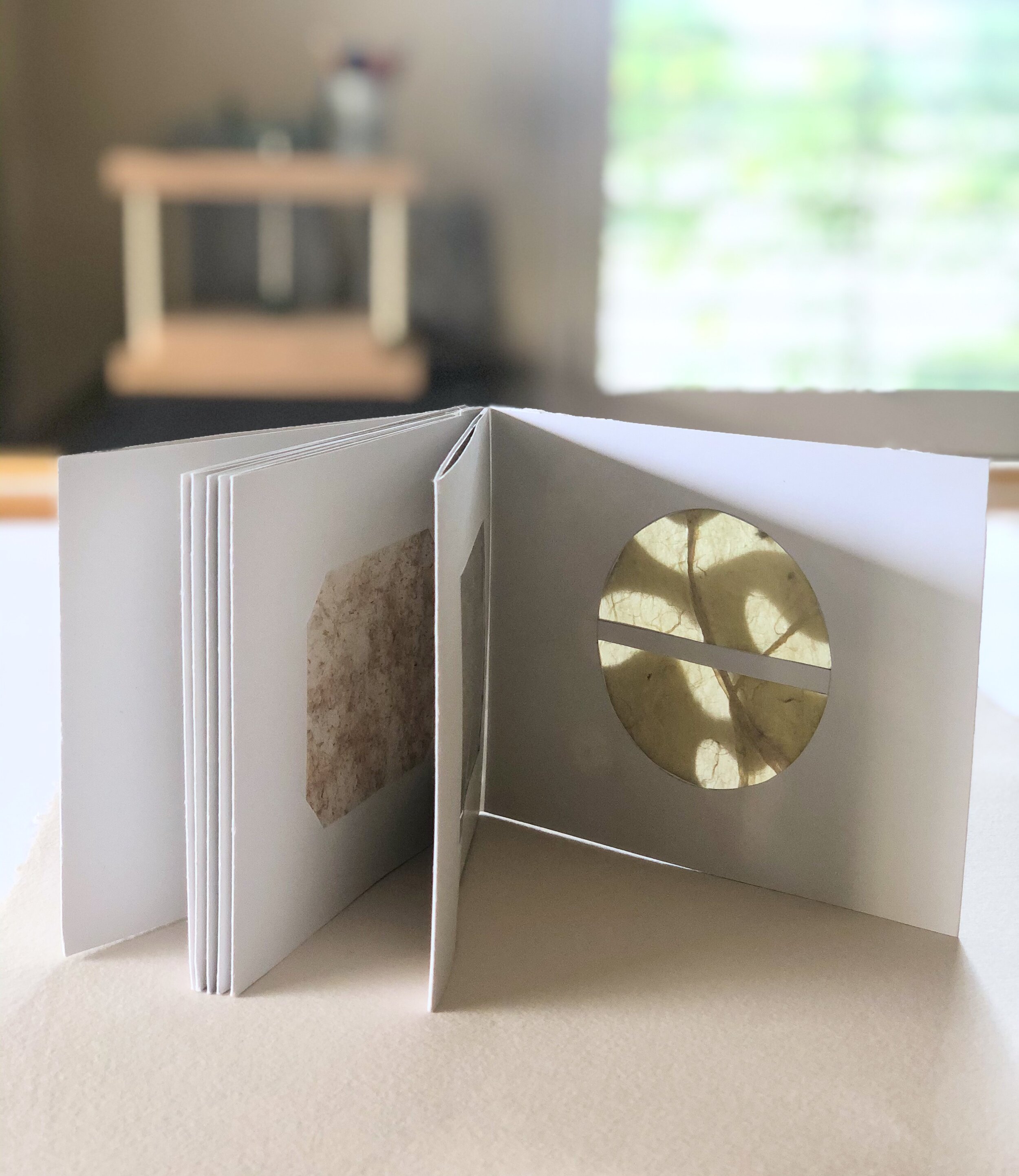
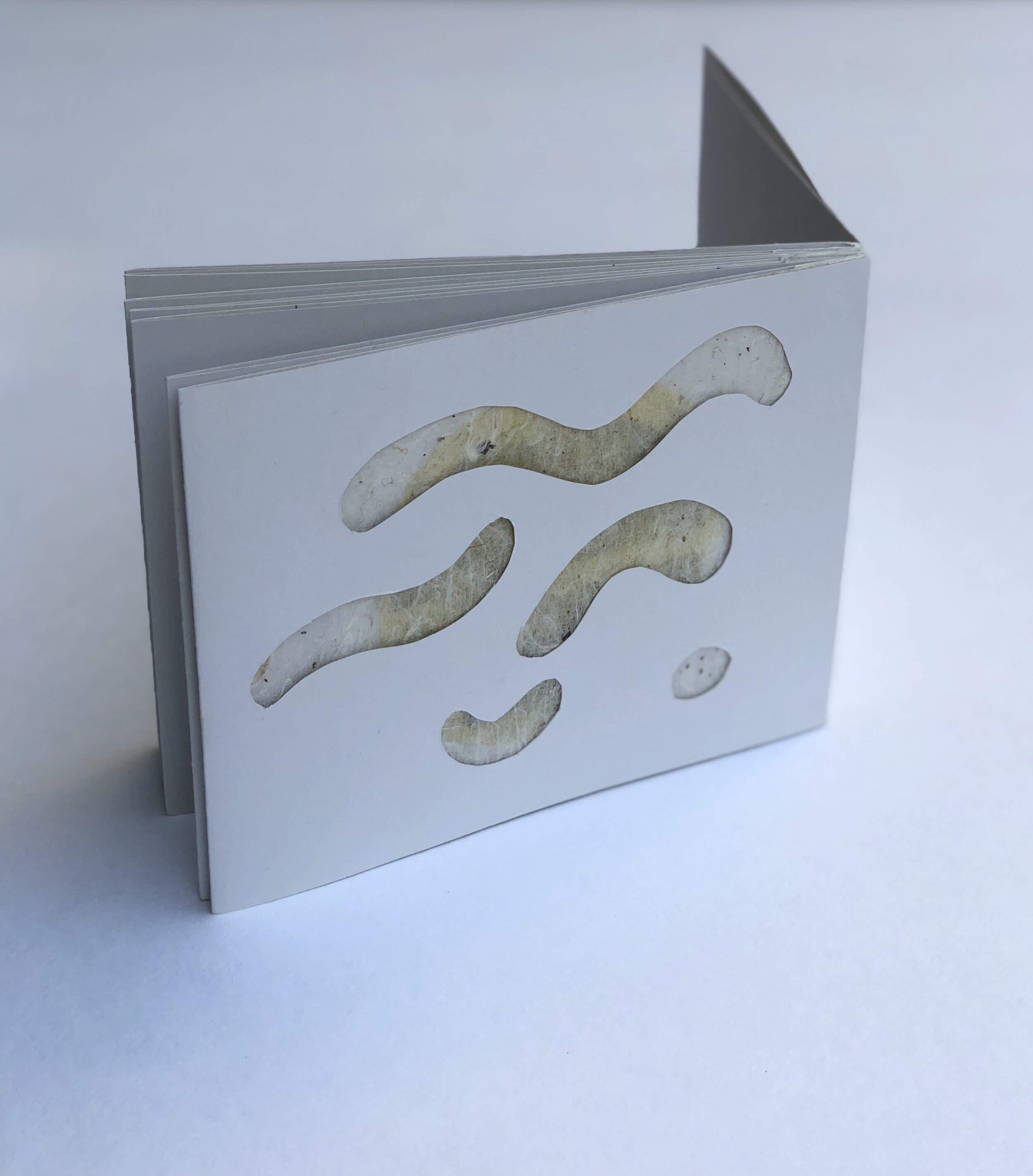
Cotton has always been my preferred choice of fiber to make paper for my etchings. It is very versatile and can be used for watercolor, drawing, writing, printing etc.
As much as I love working with cotton, I find the paper to be a bit bland. Hence, I experimented with Kenaf fiber and I am very pleased with the outcome. The paper has a beautiful natural tone to it which I am fond of.
This print is a result of my love for Papermaking, Printmaking and Photography.
Photo Etching, Chine Collé on Kenaf paper that I made. 12”x12”
